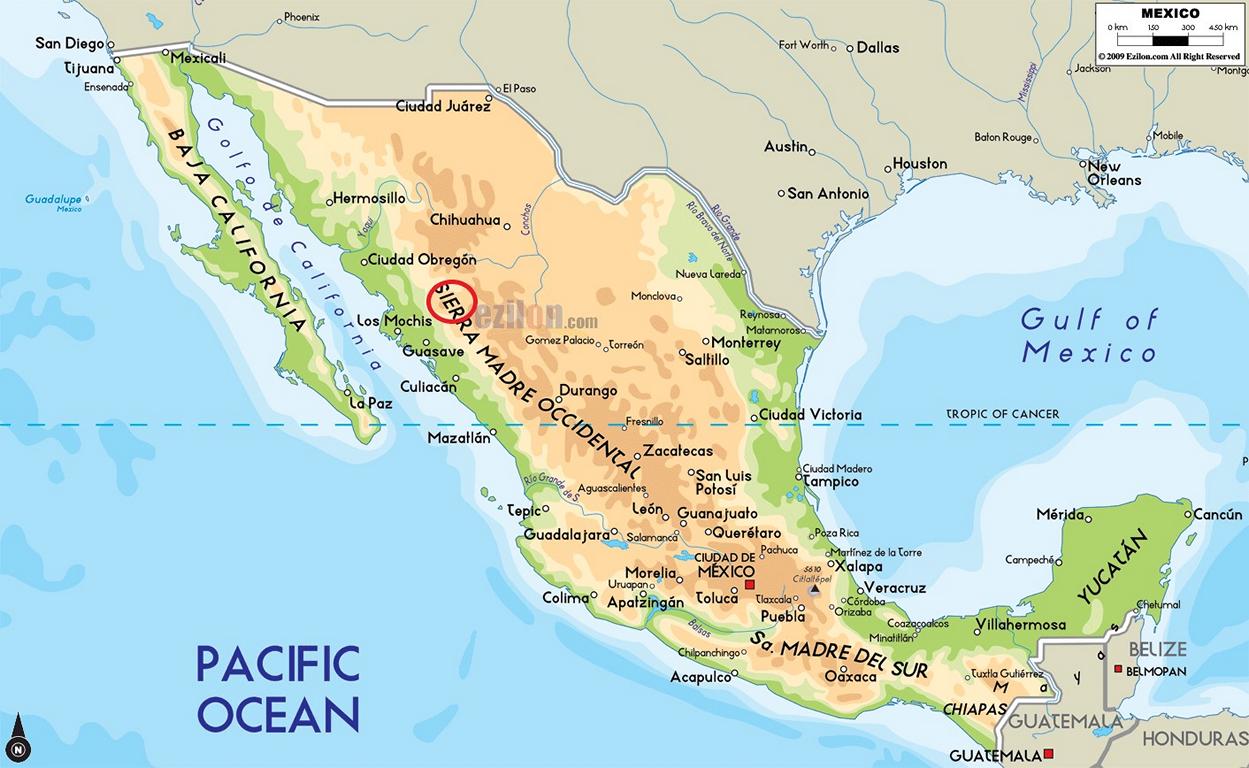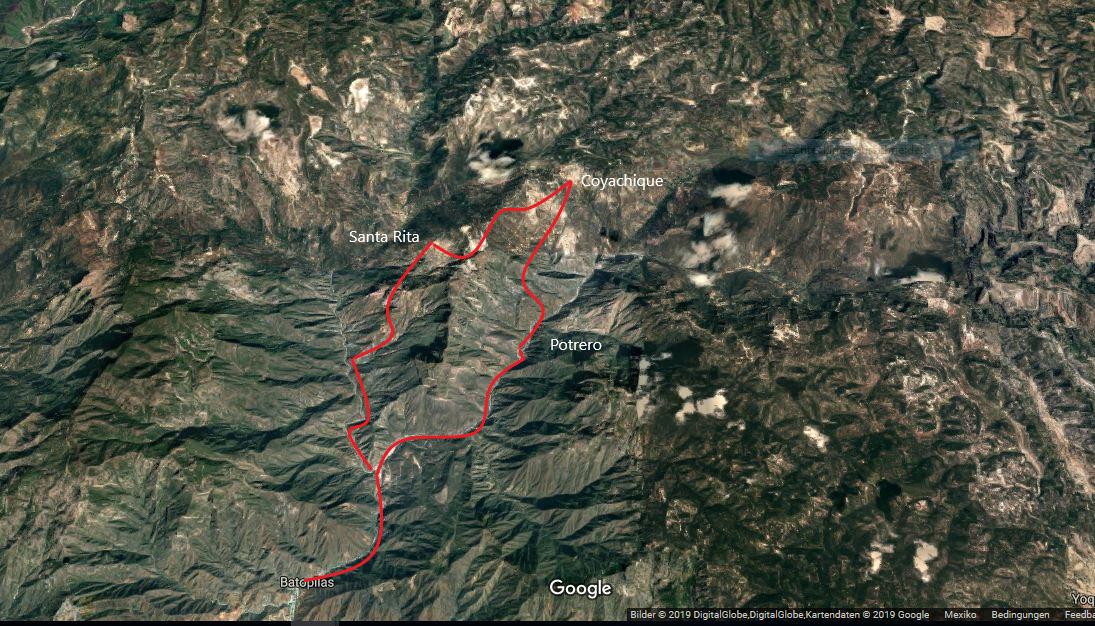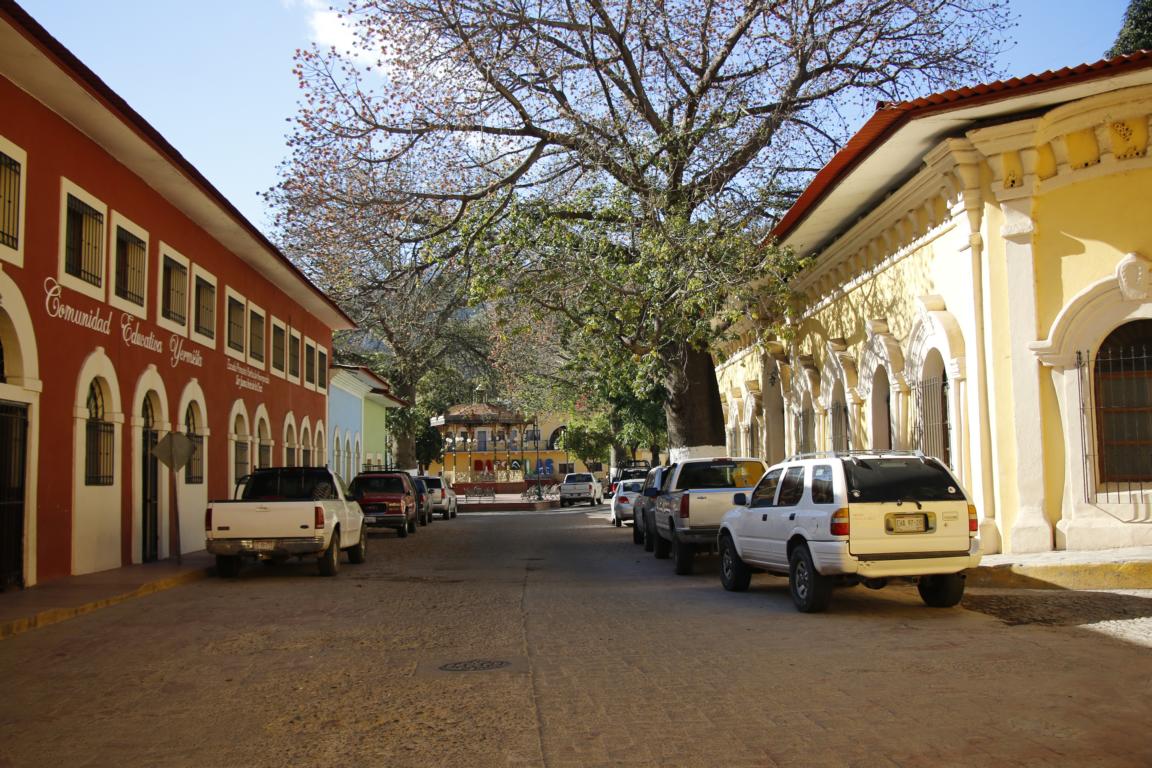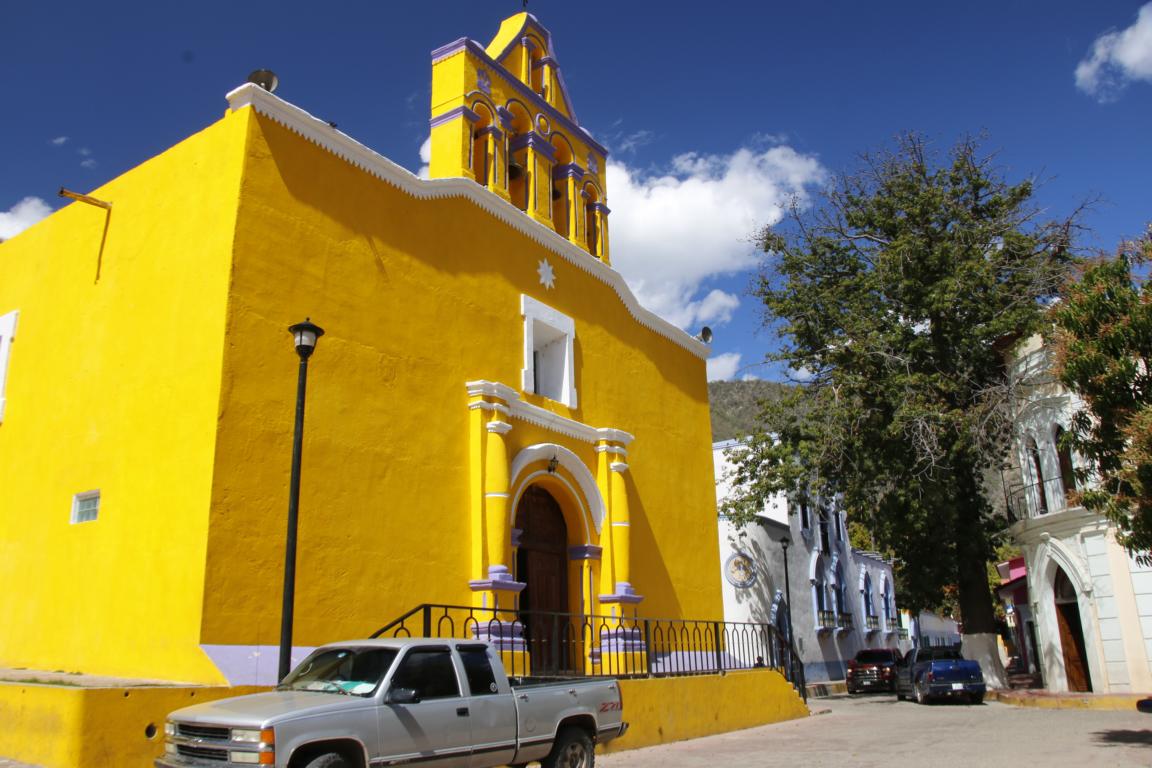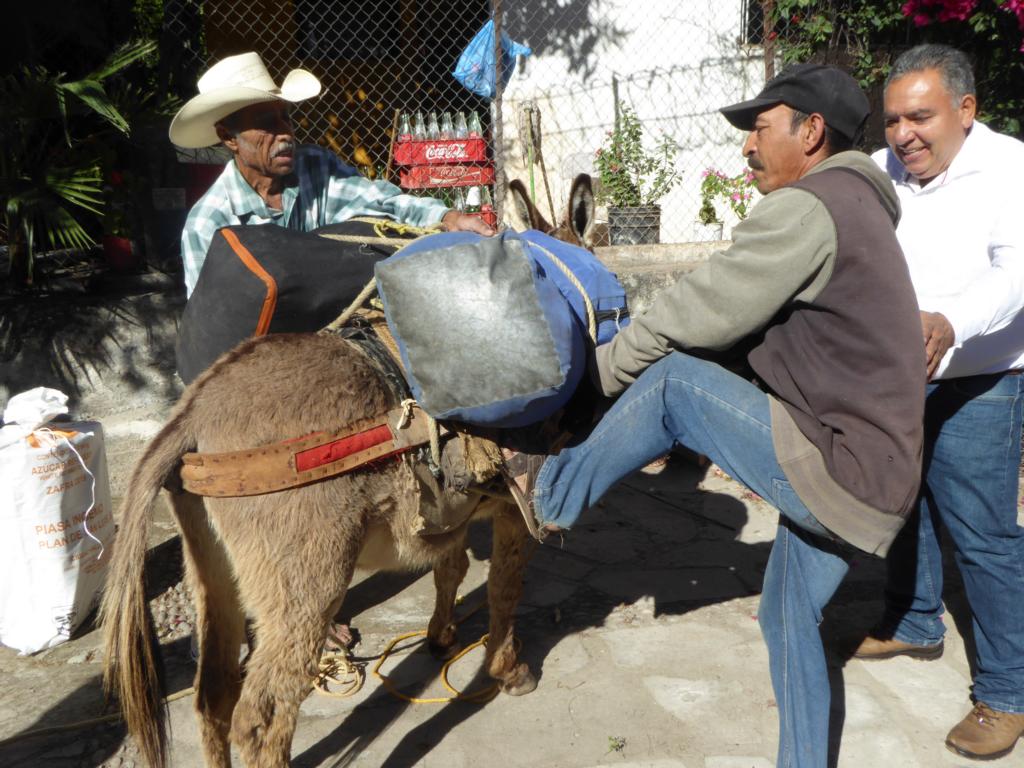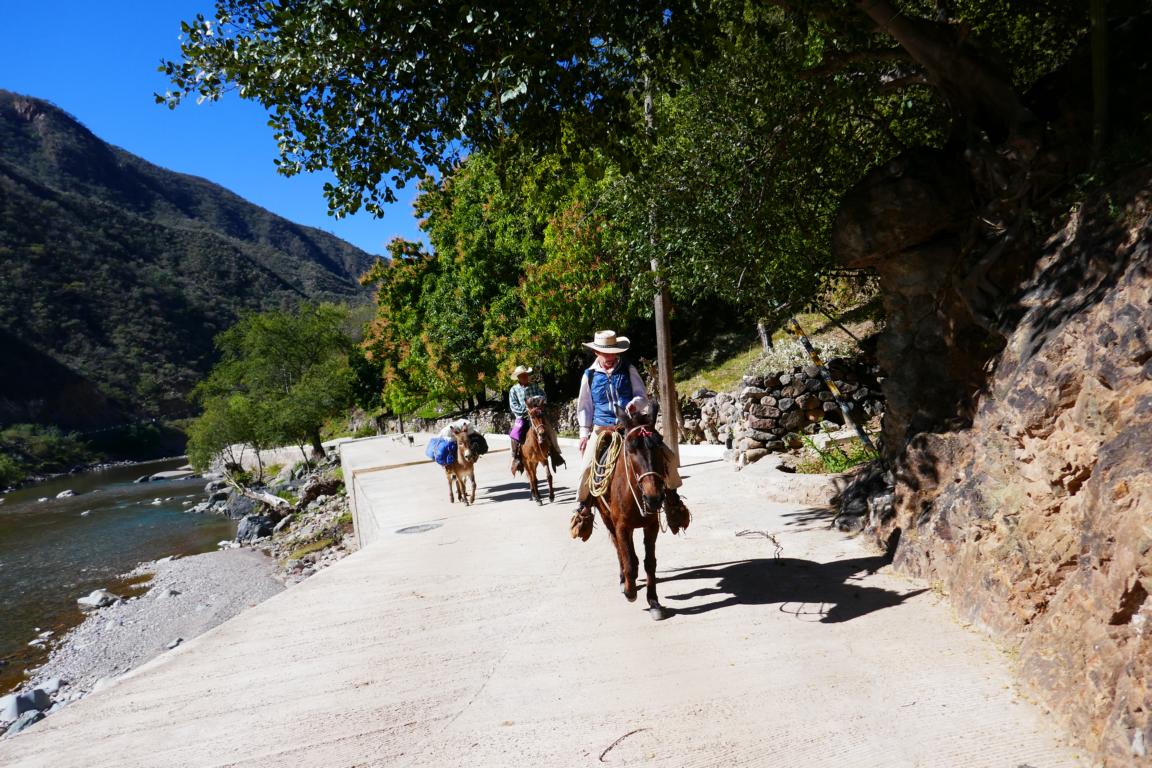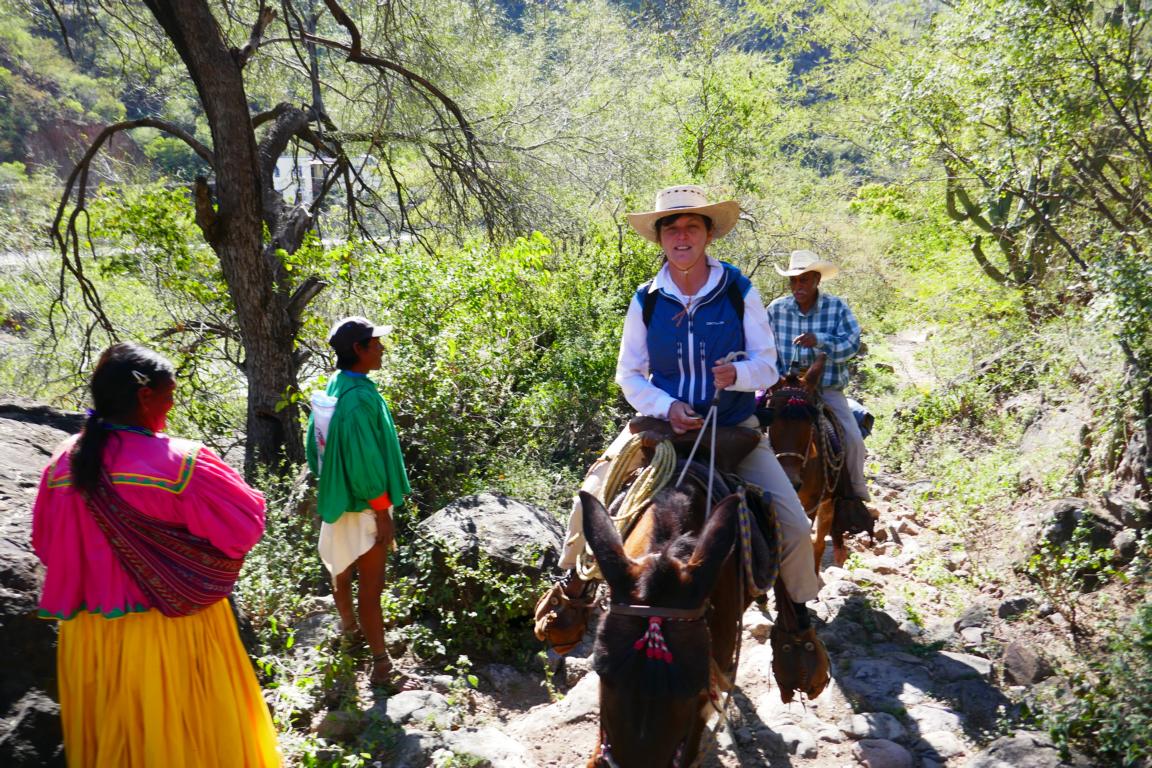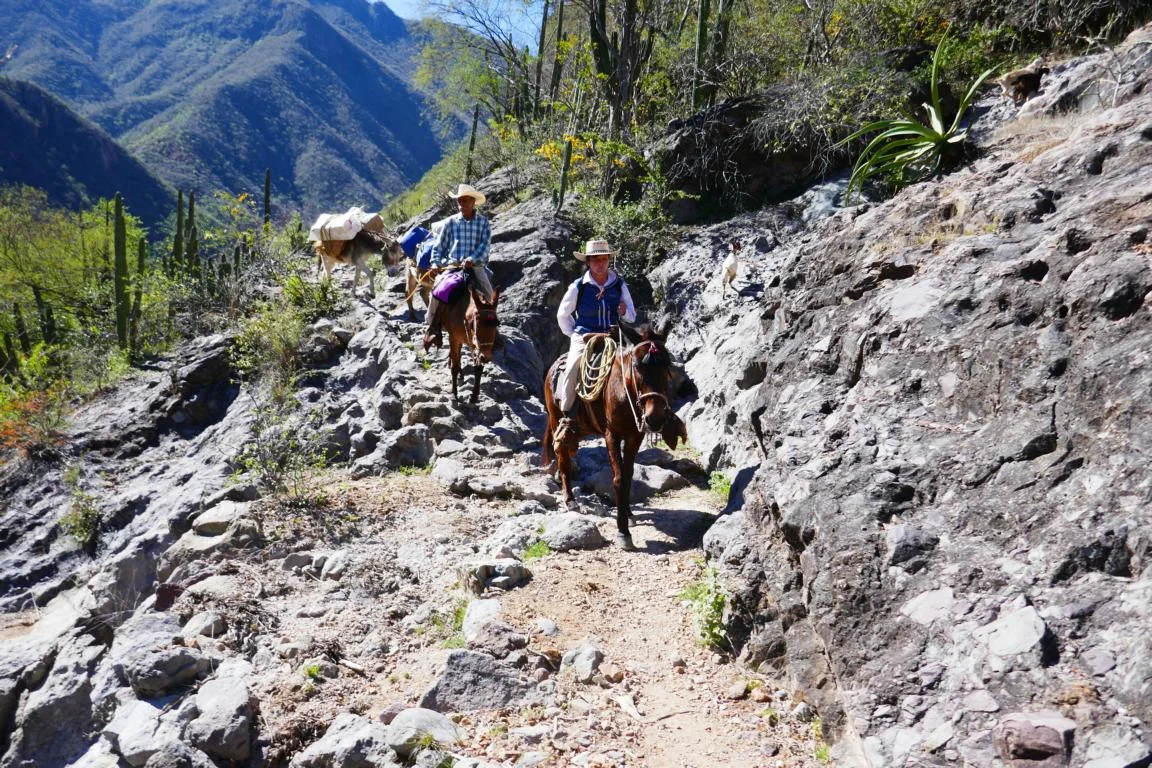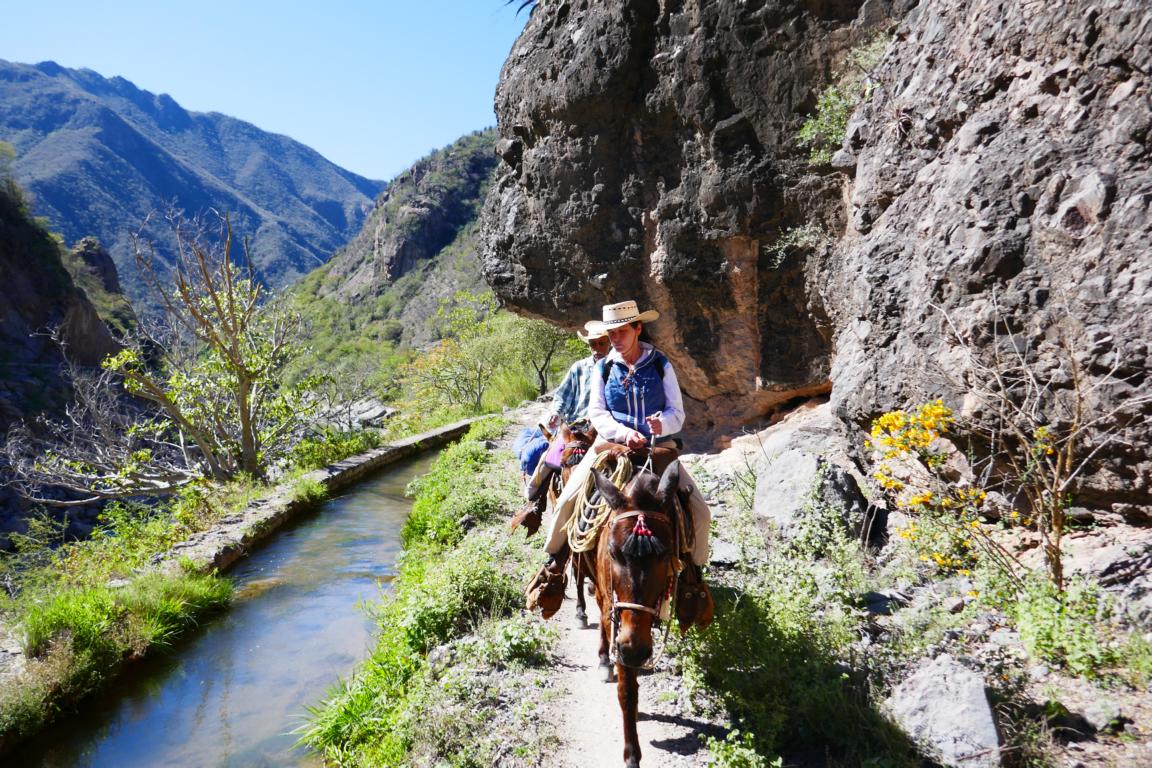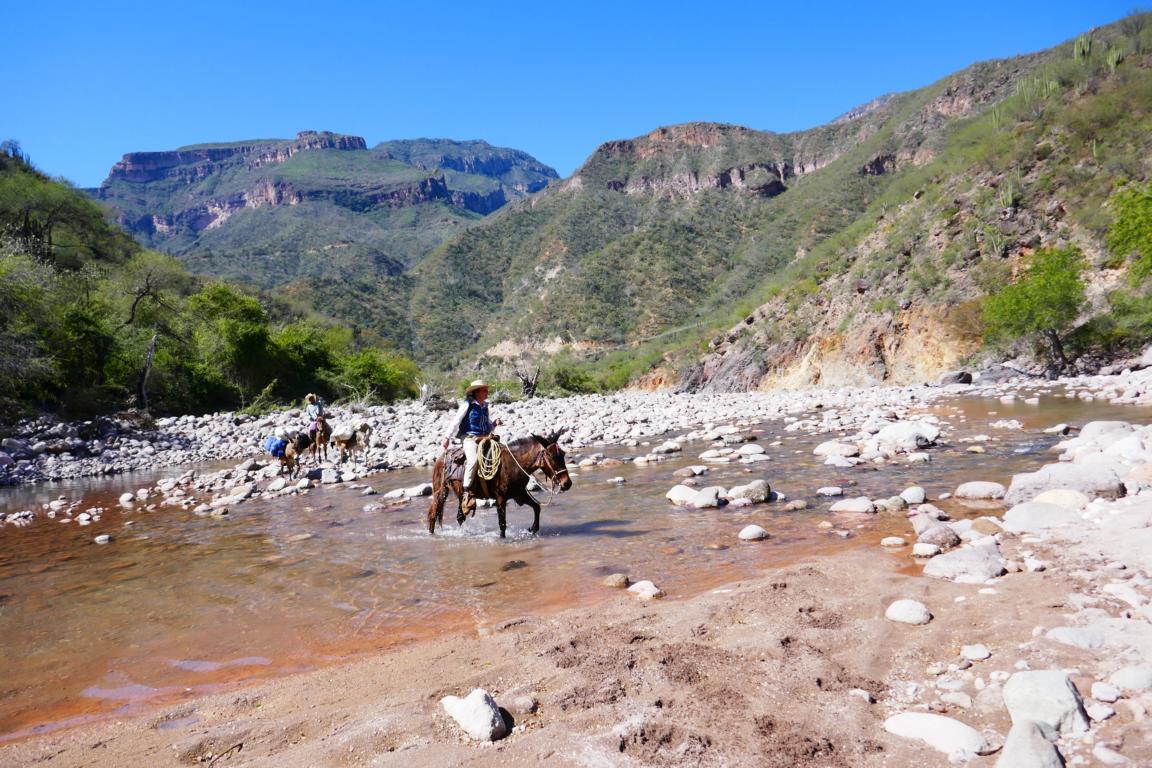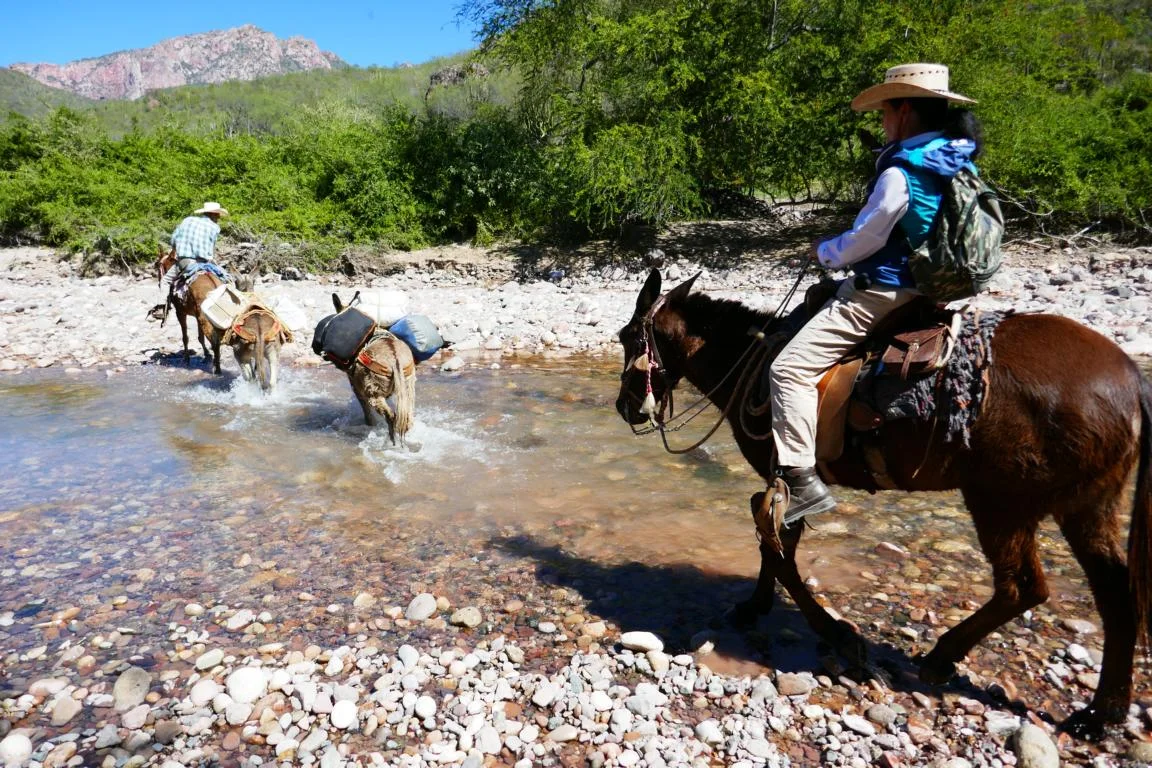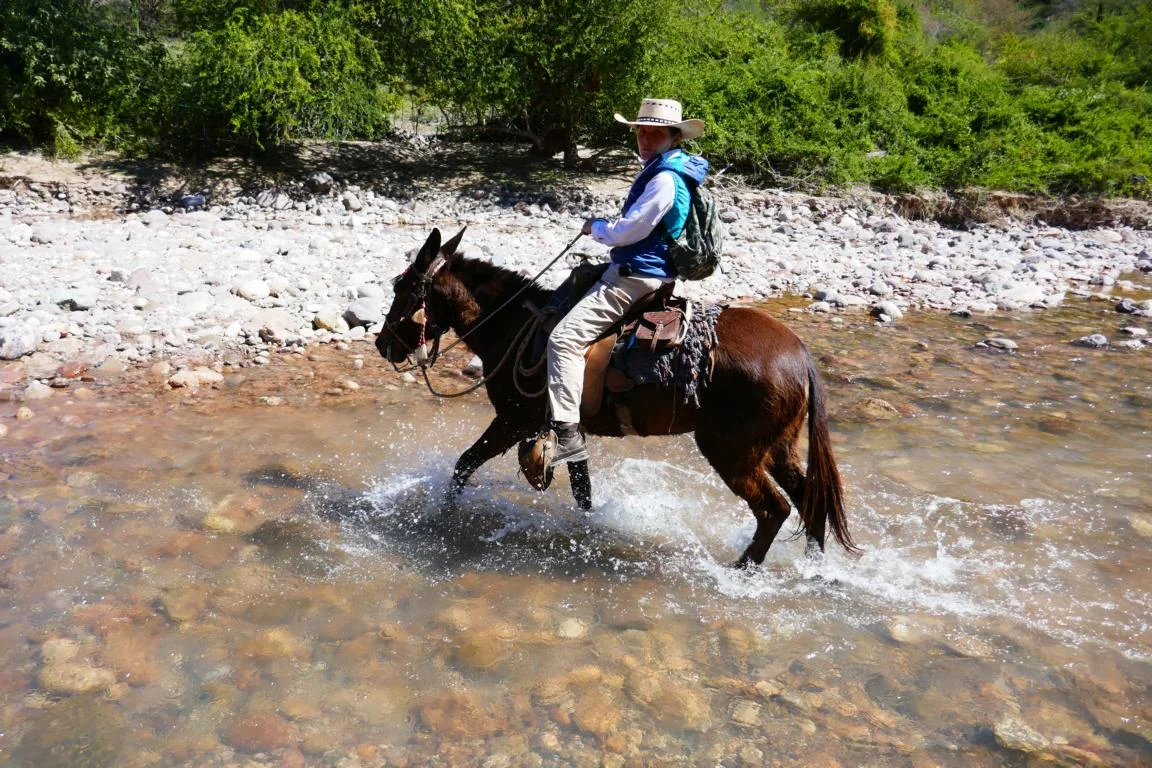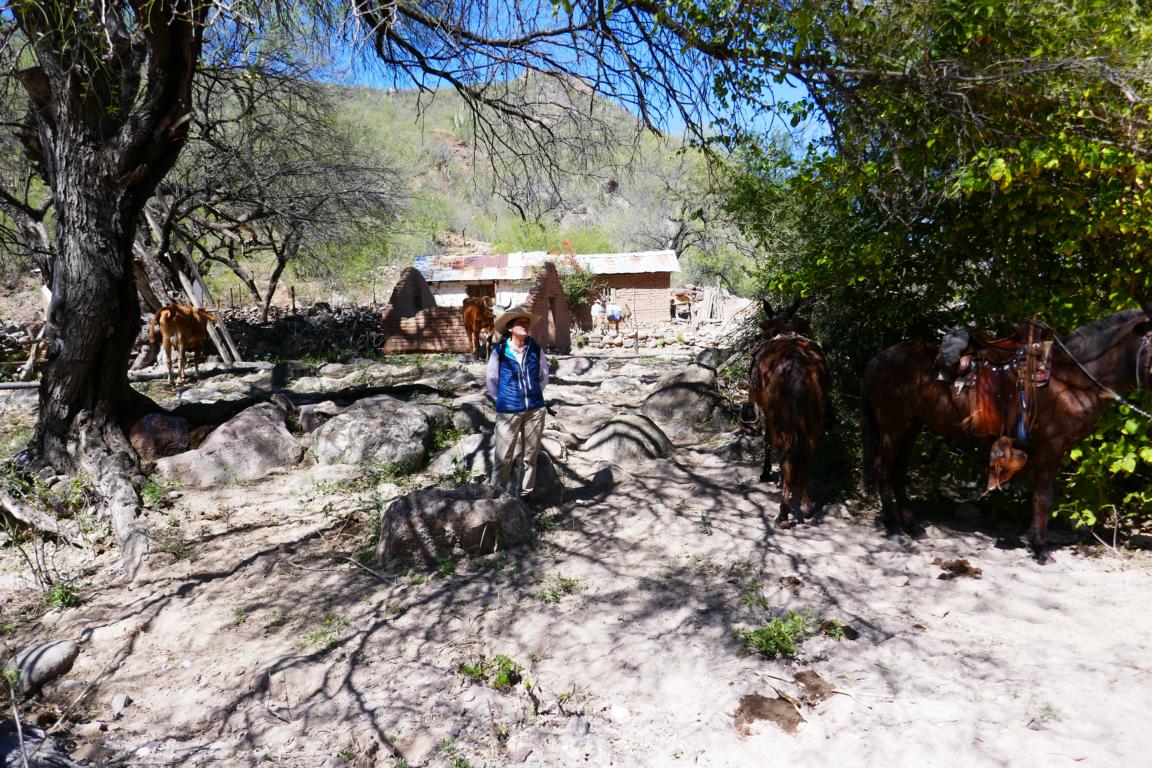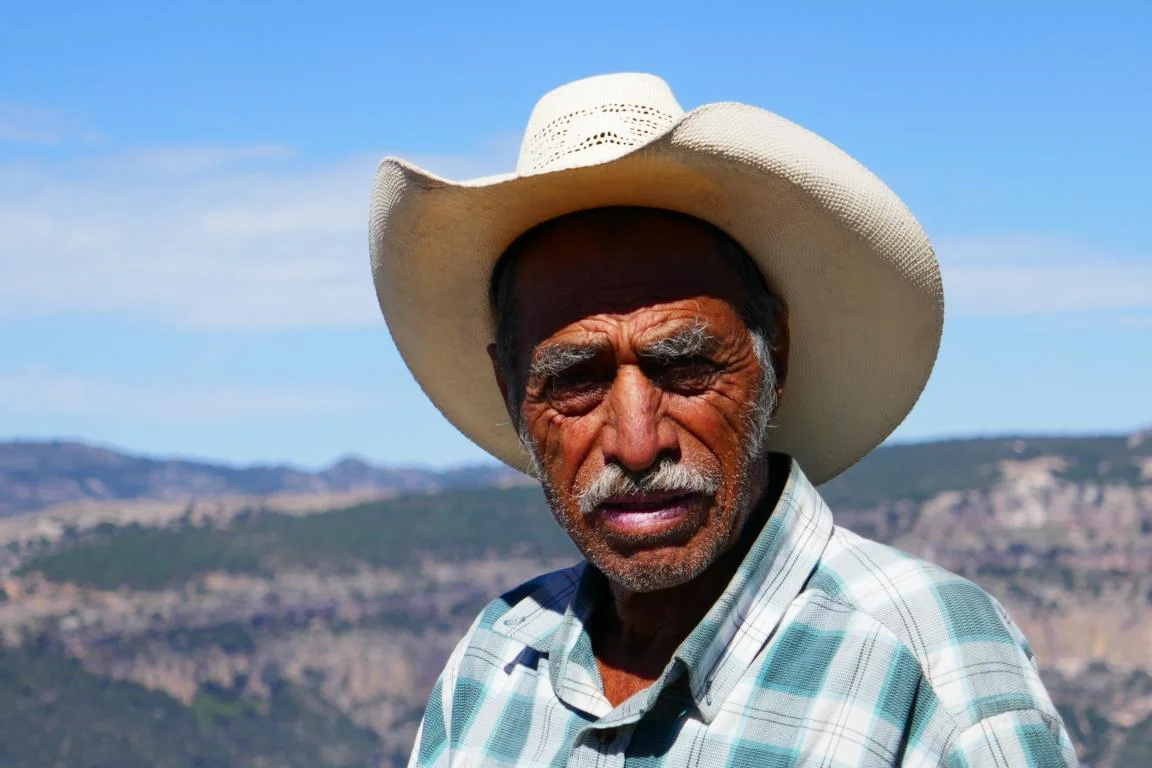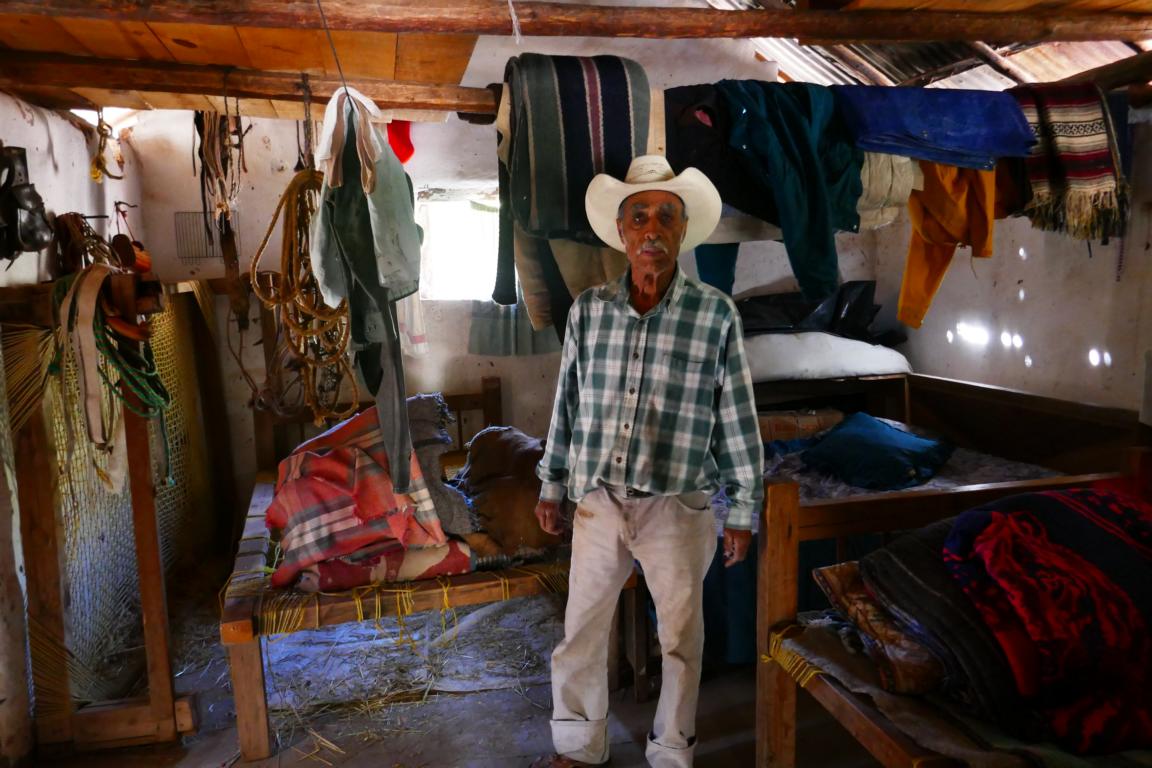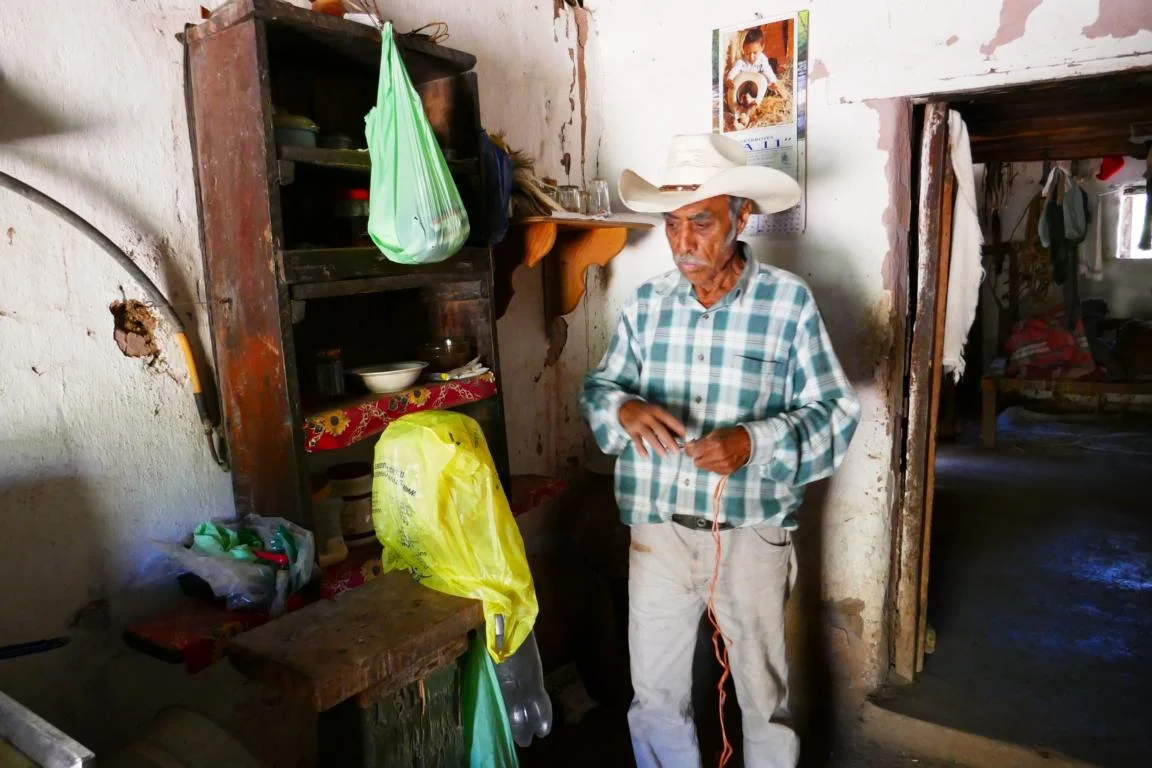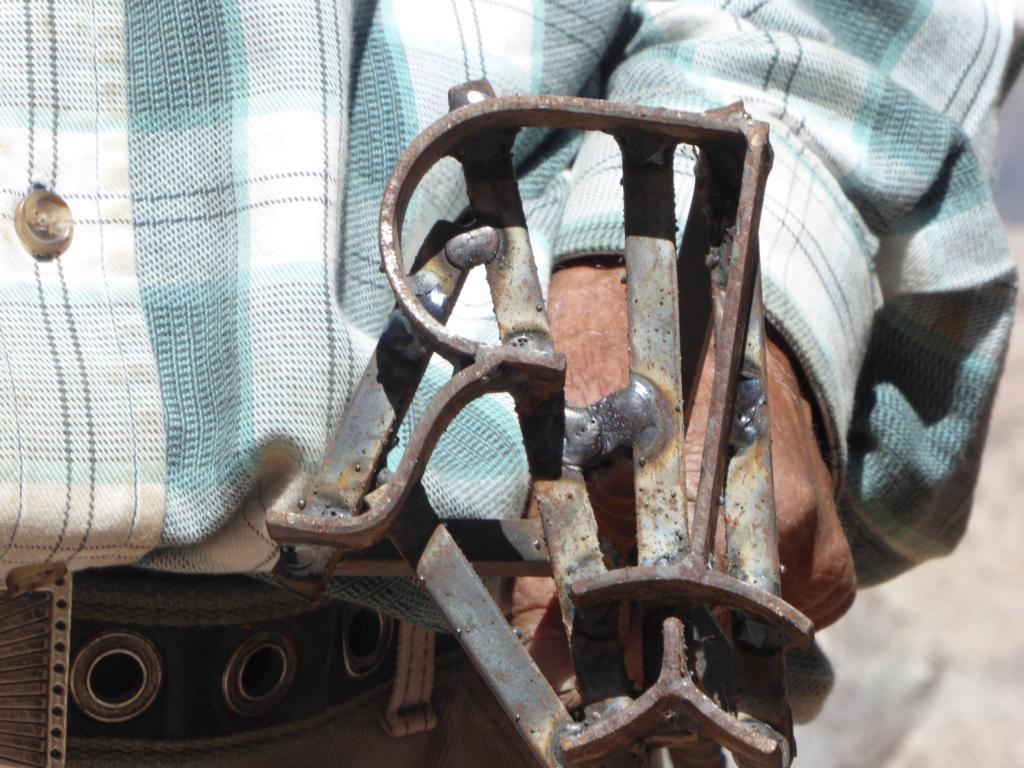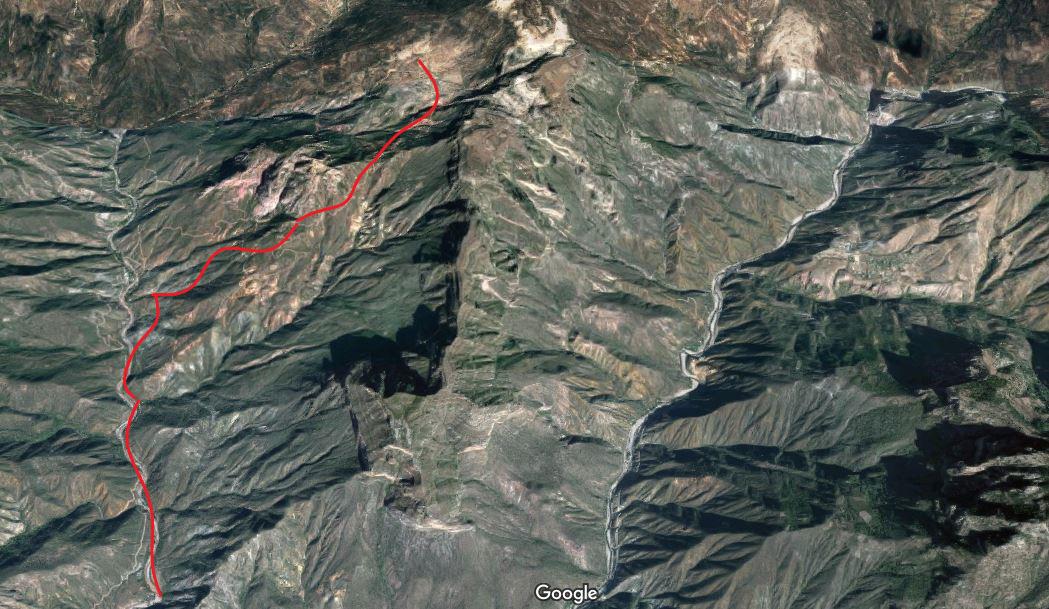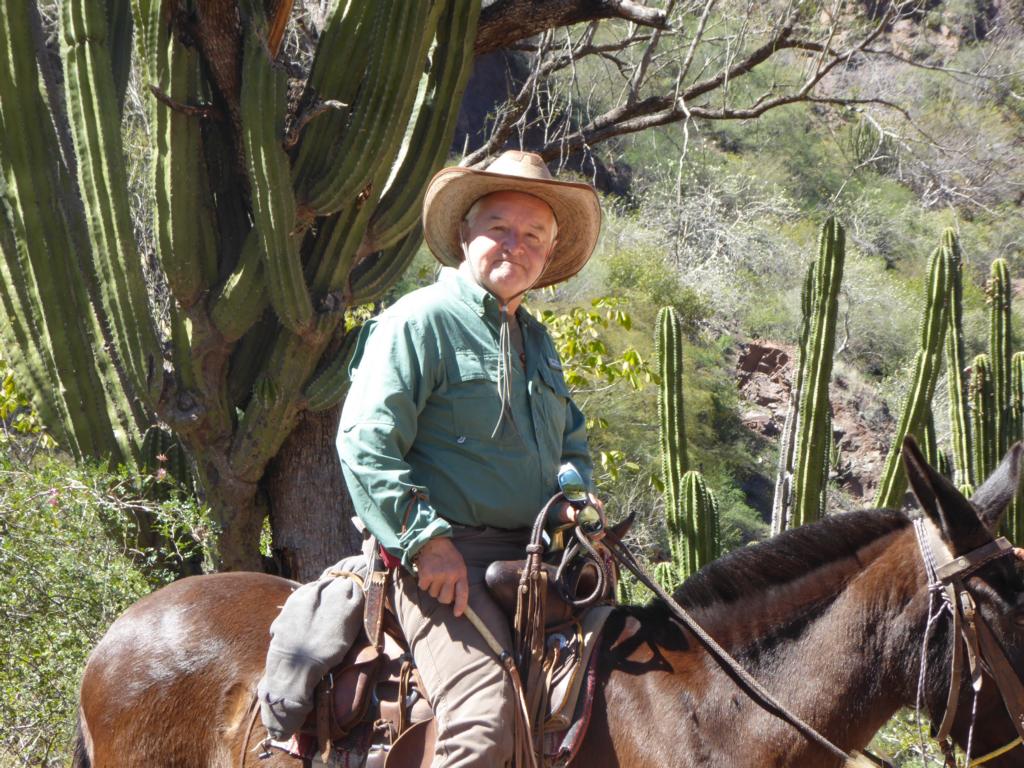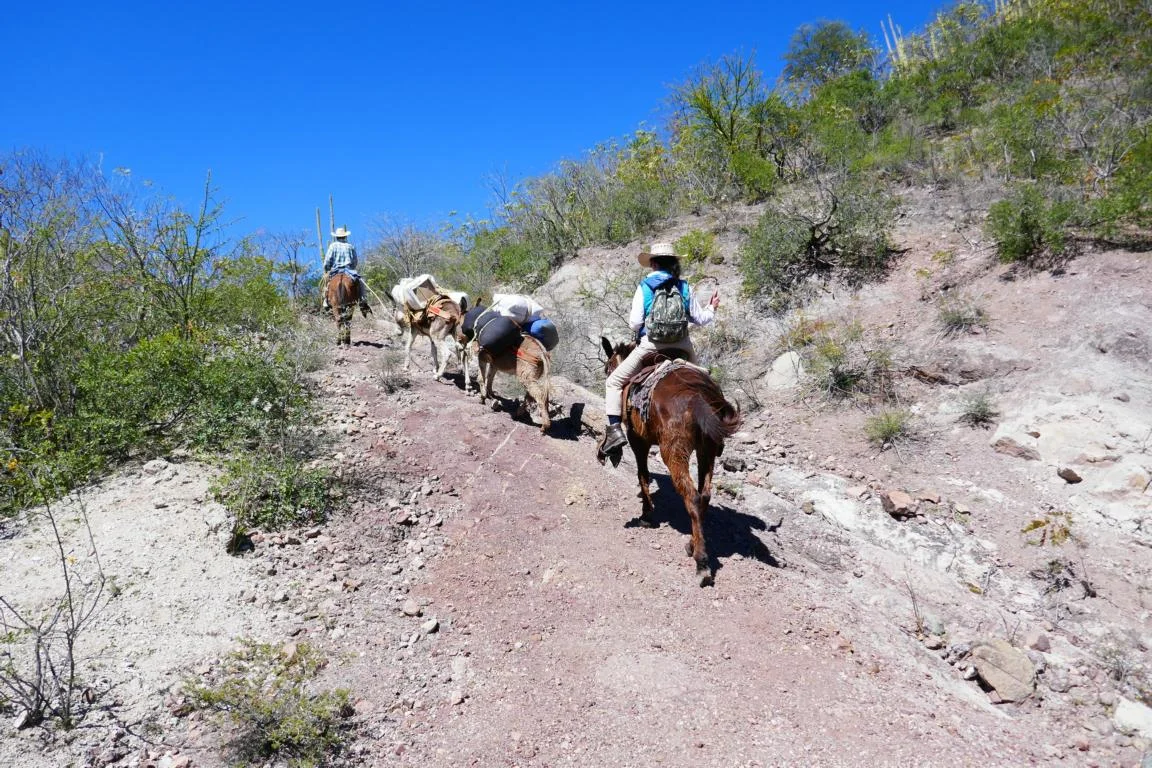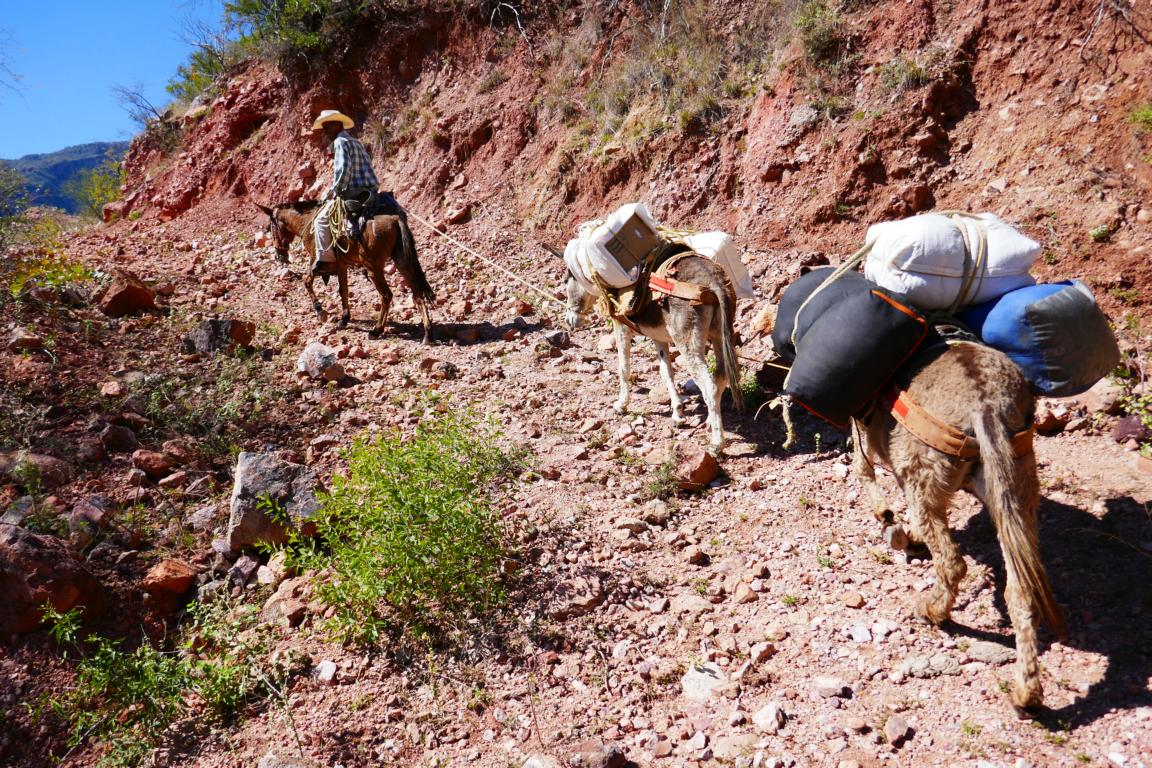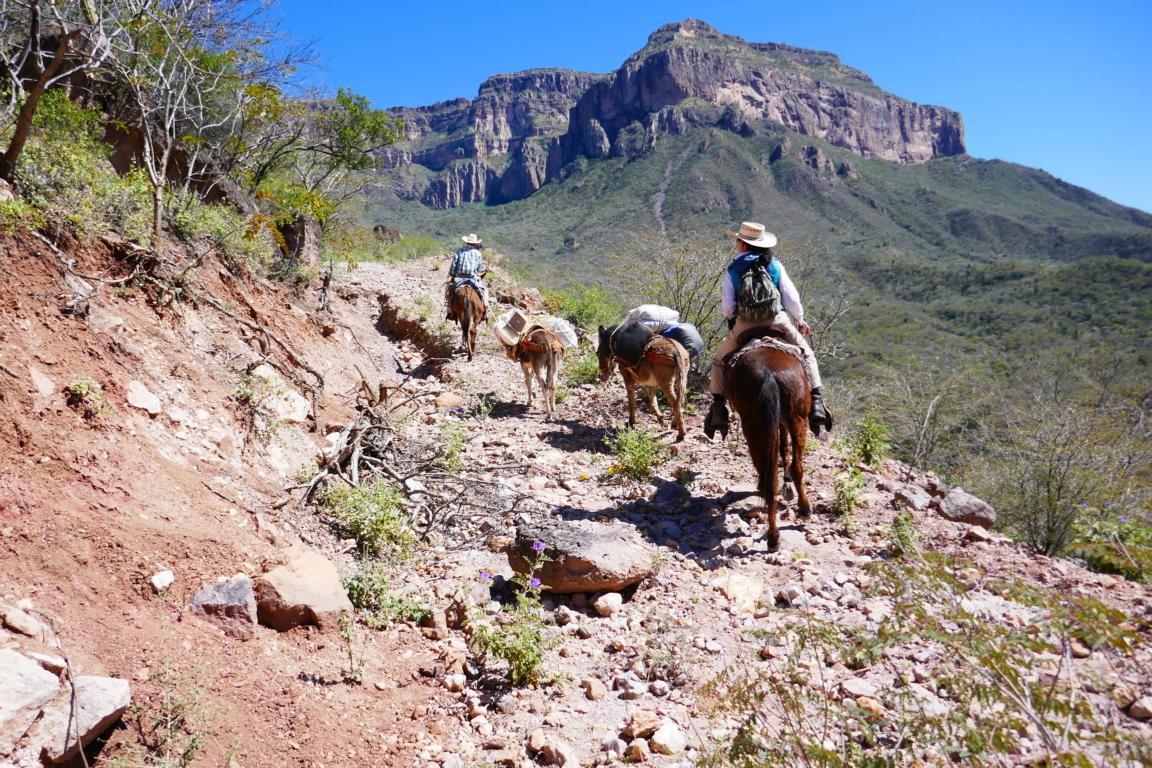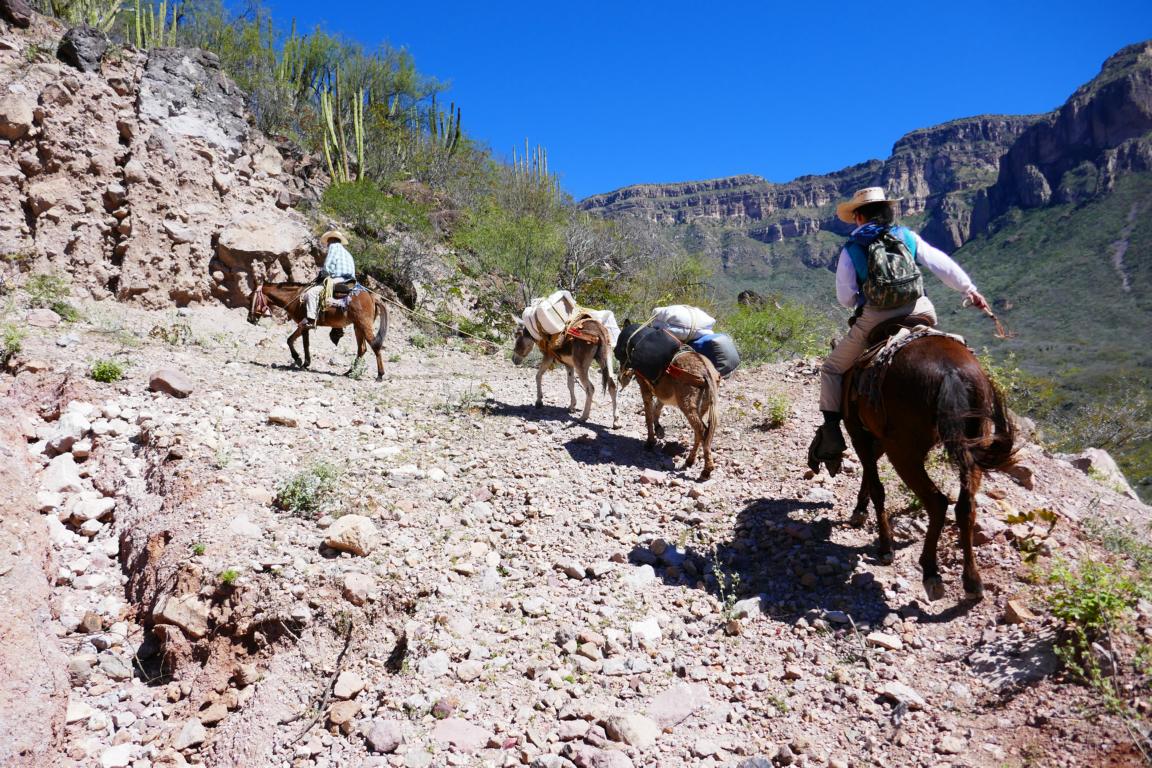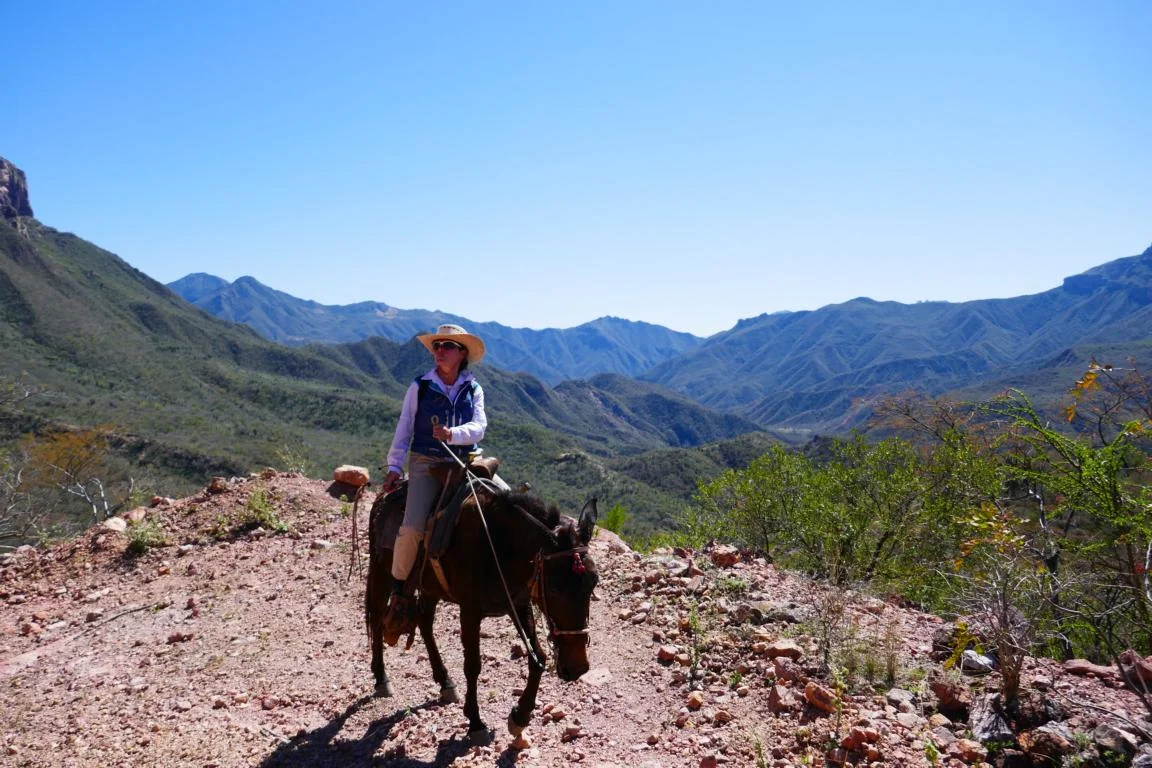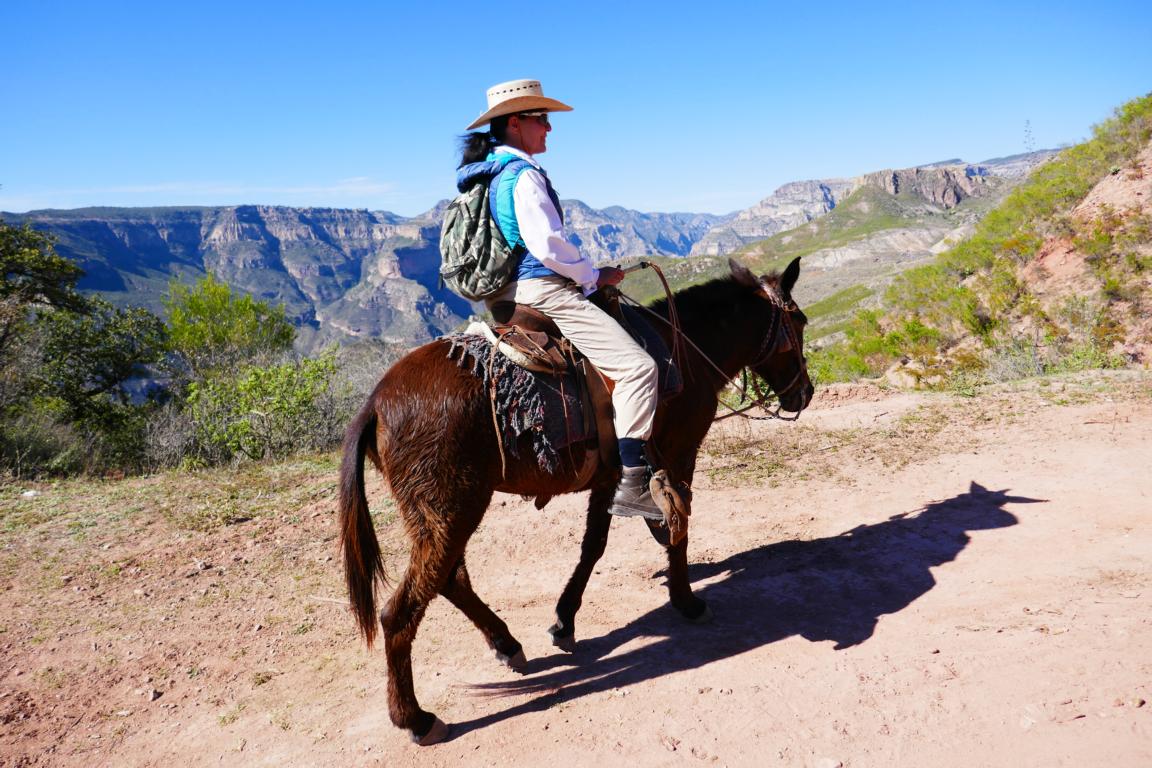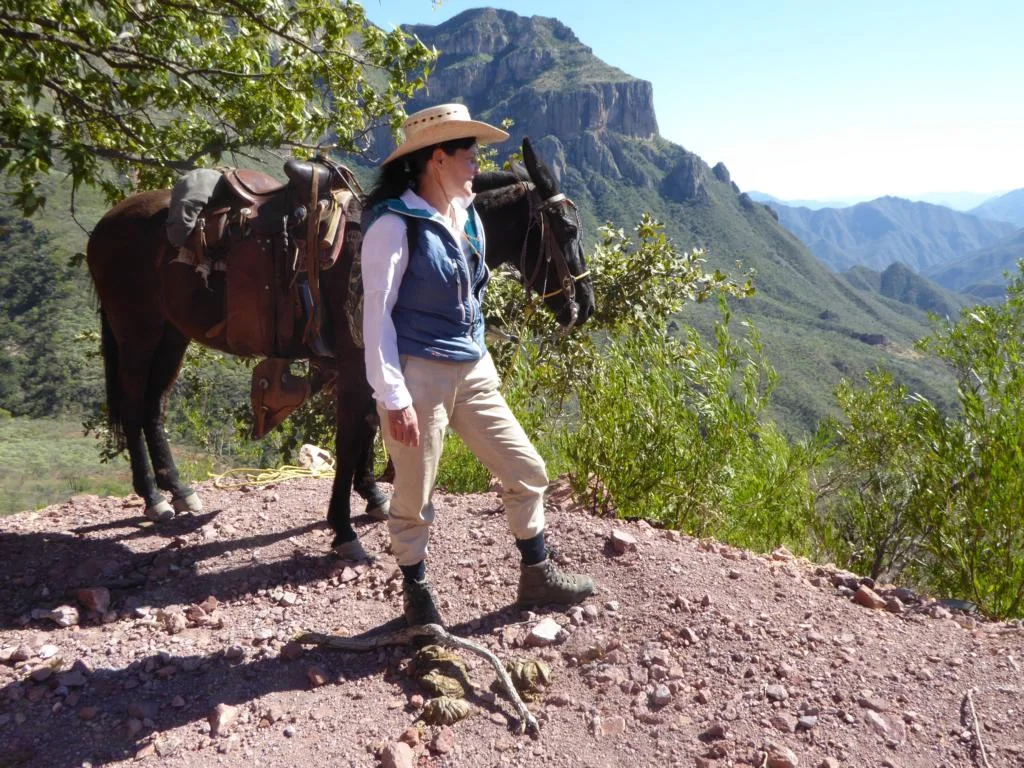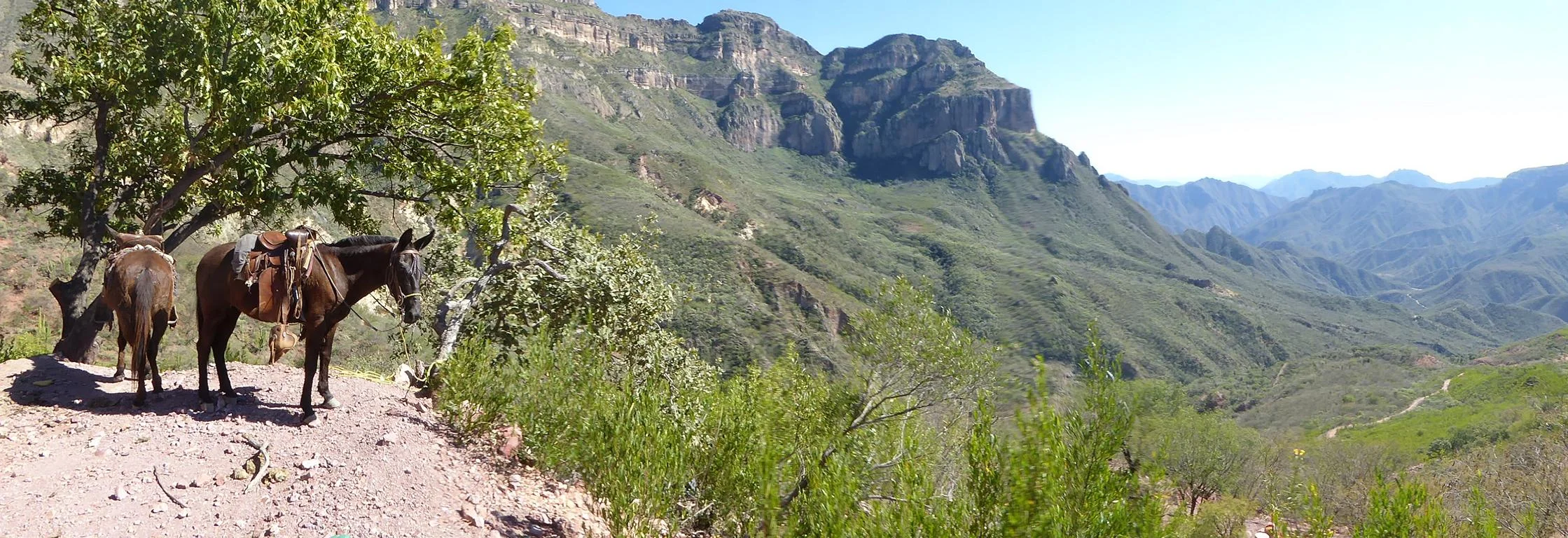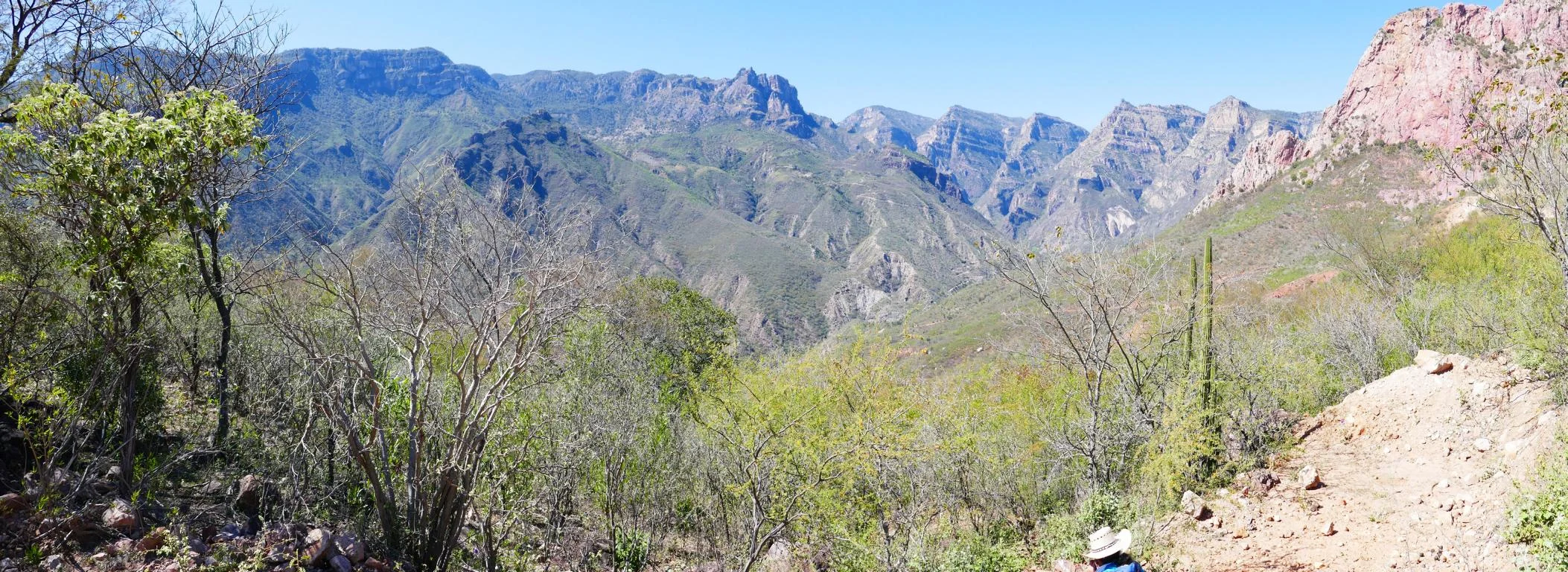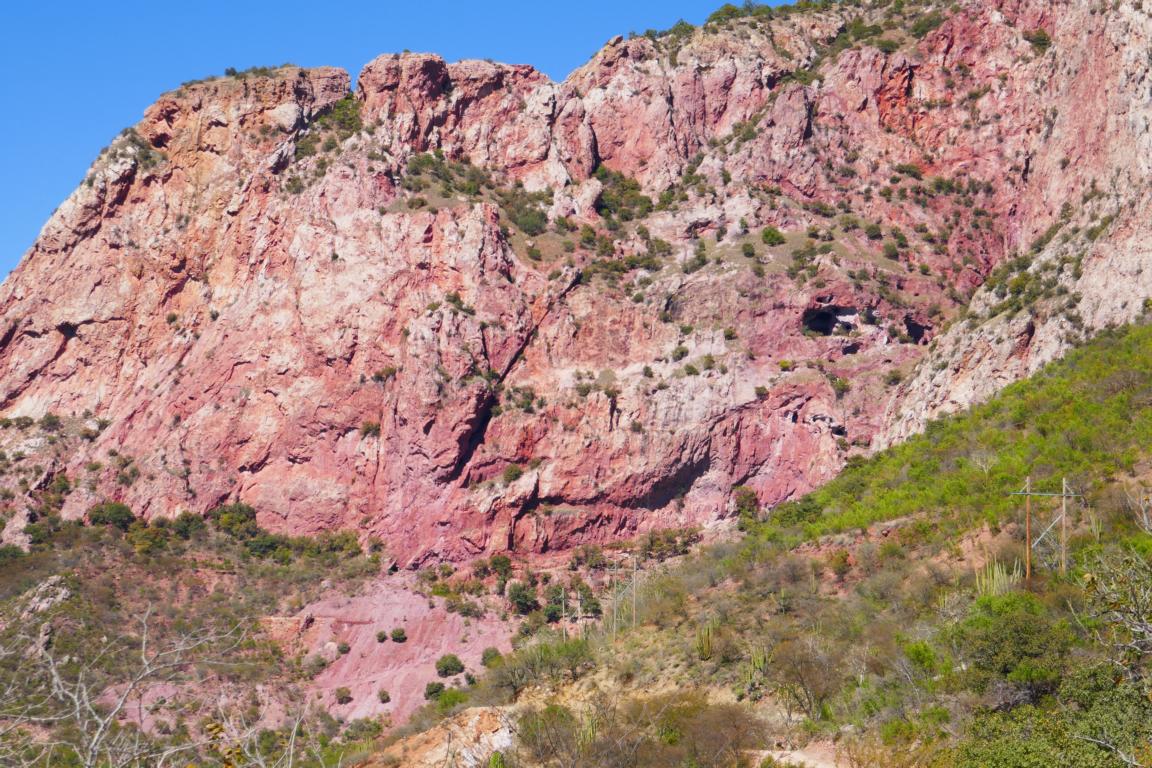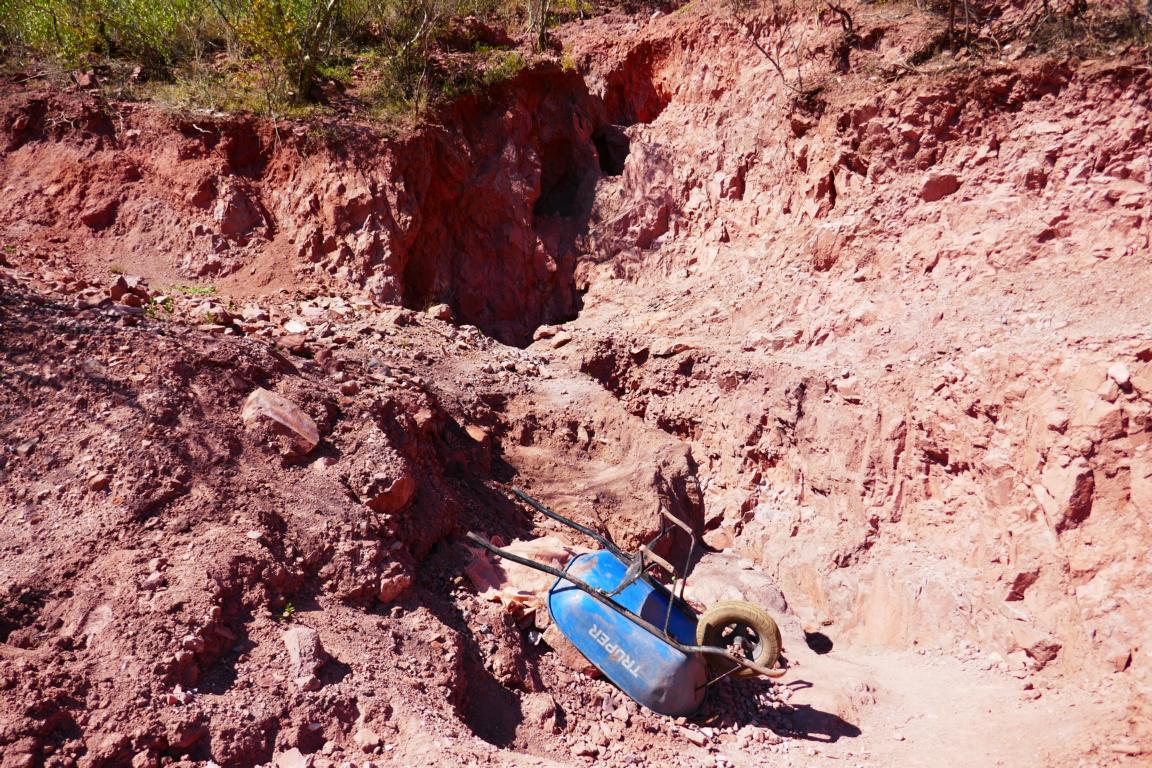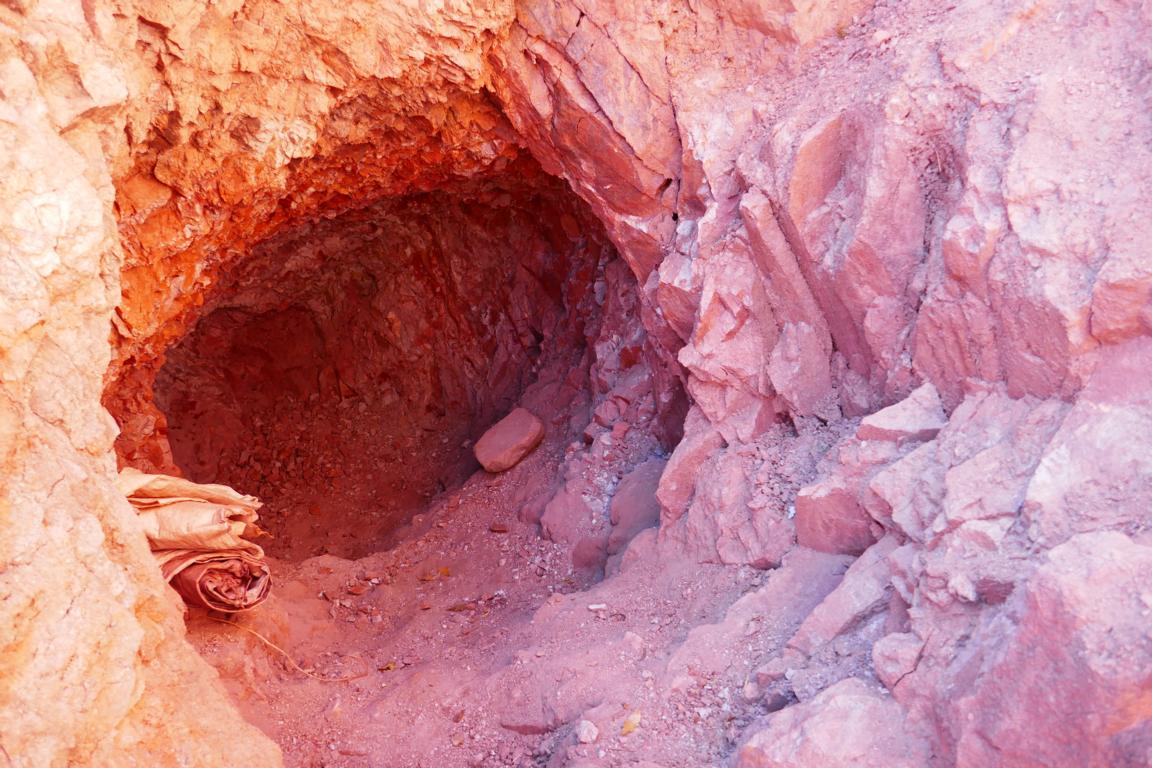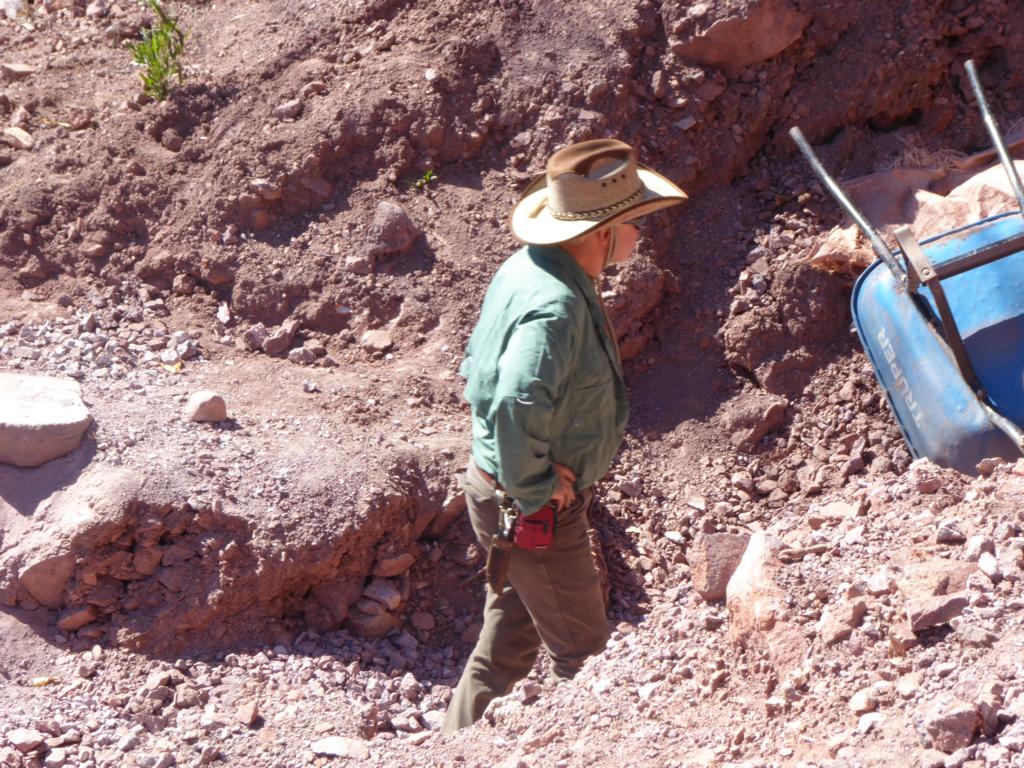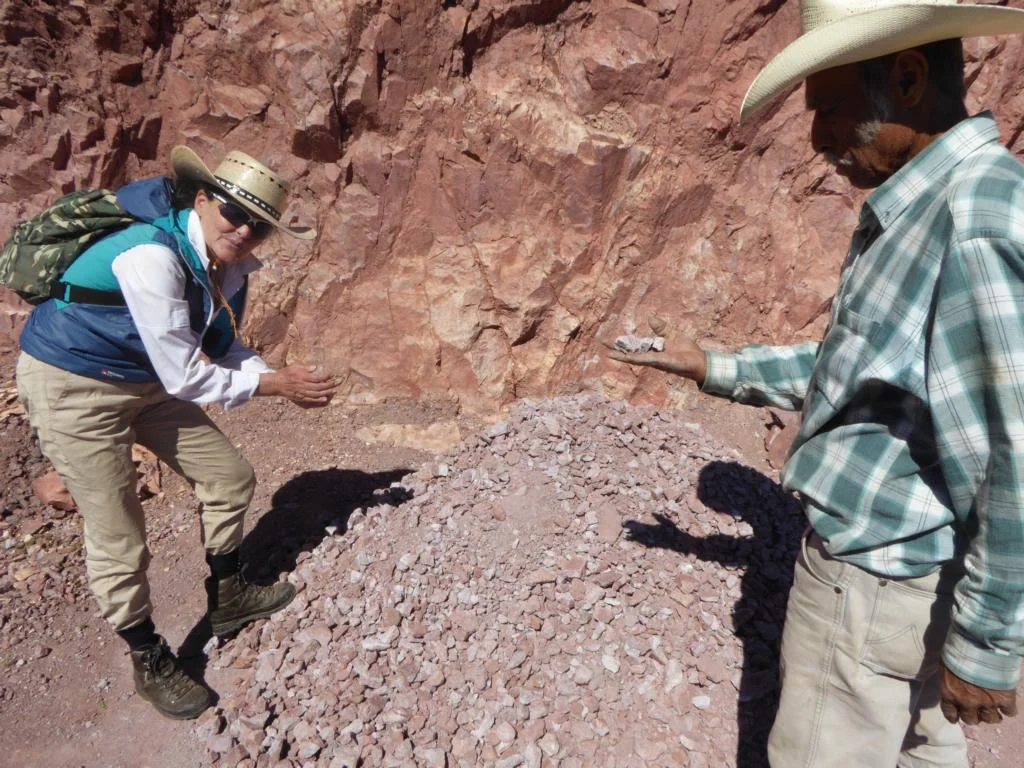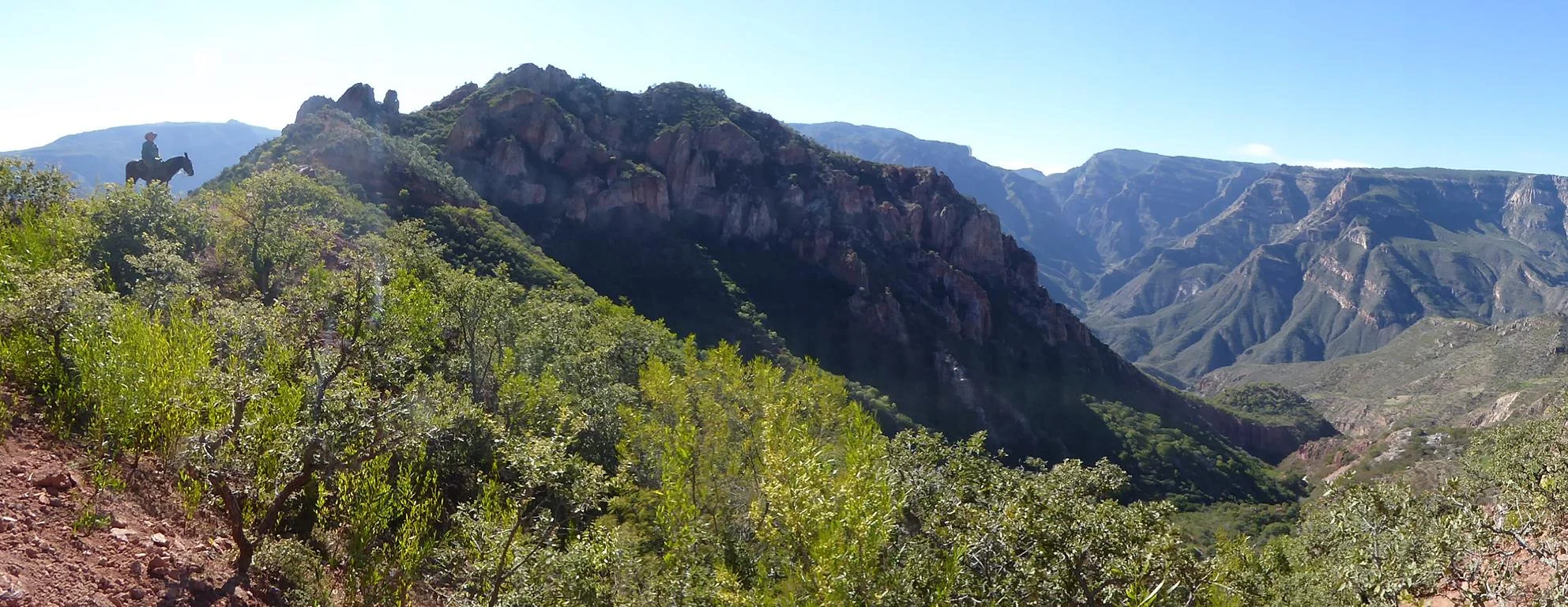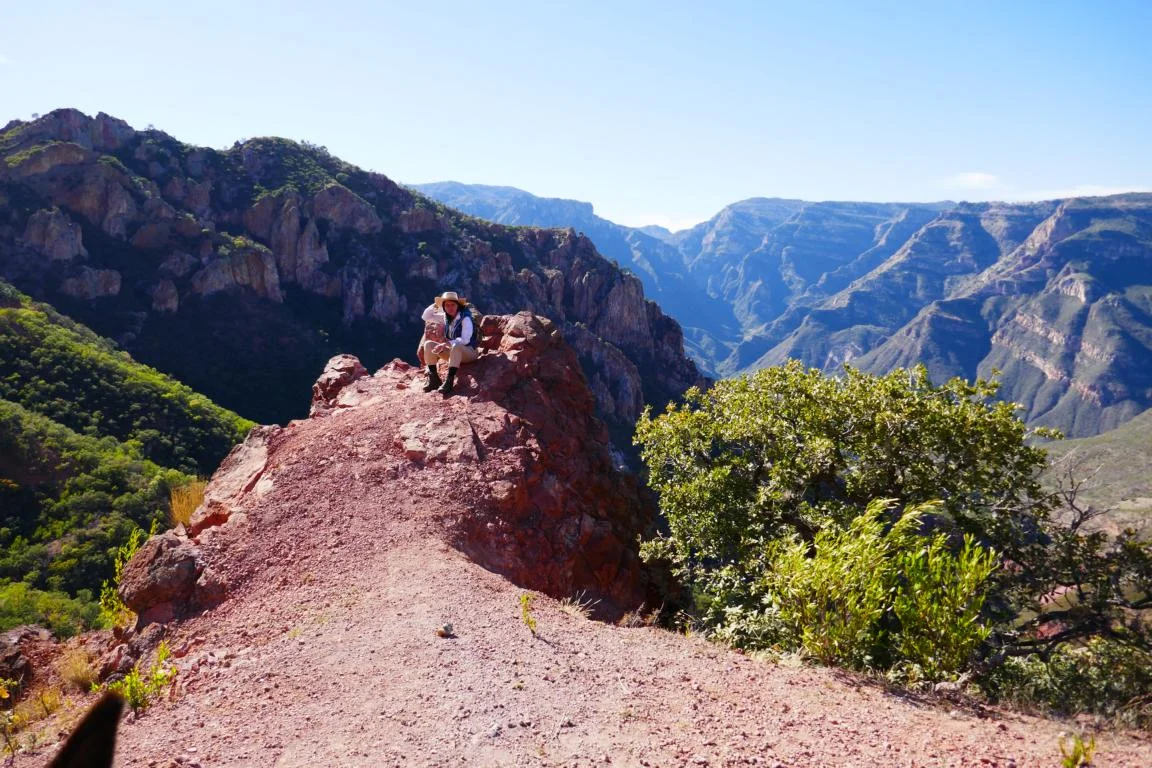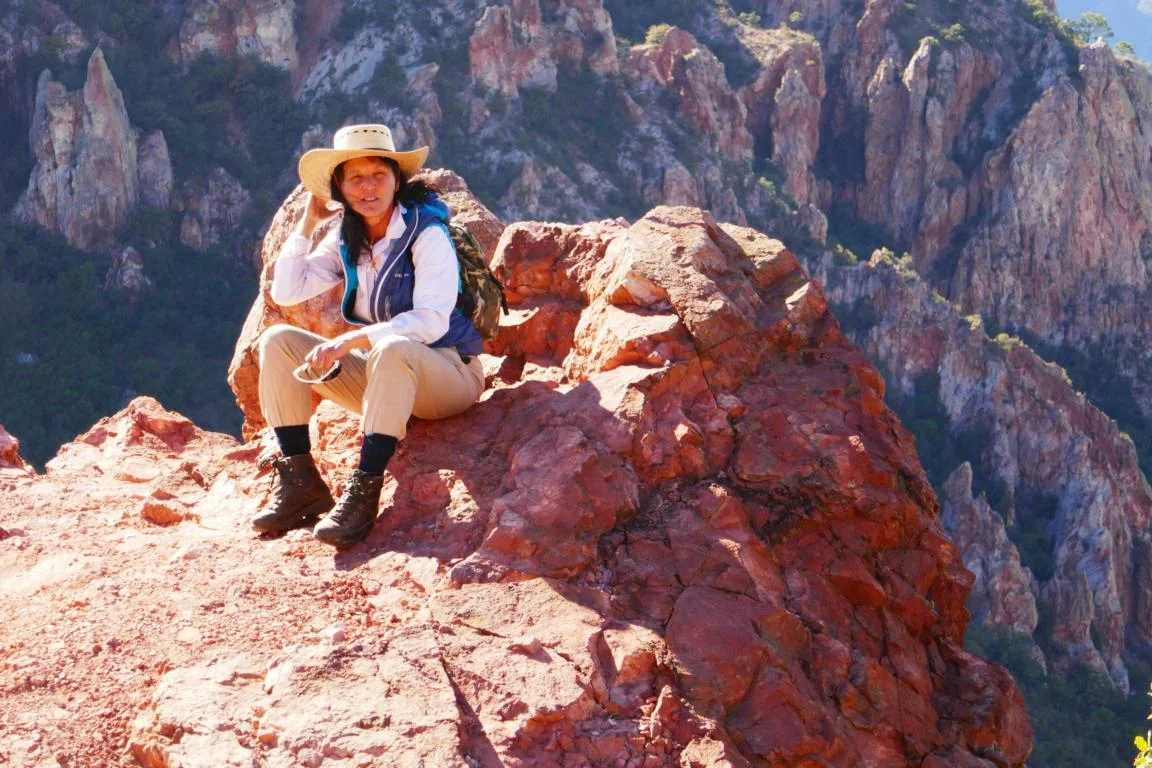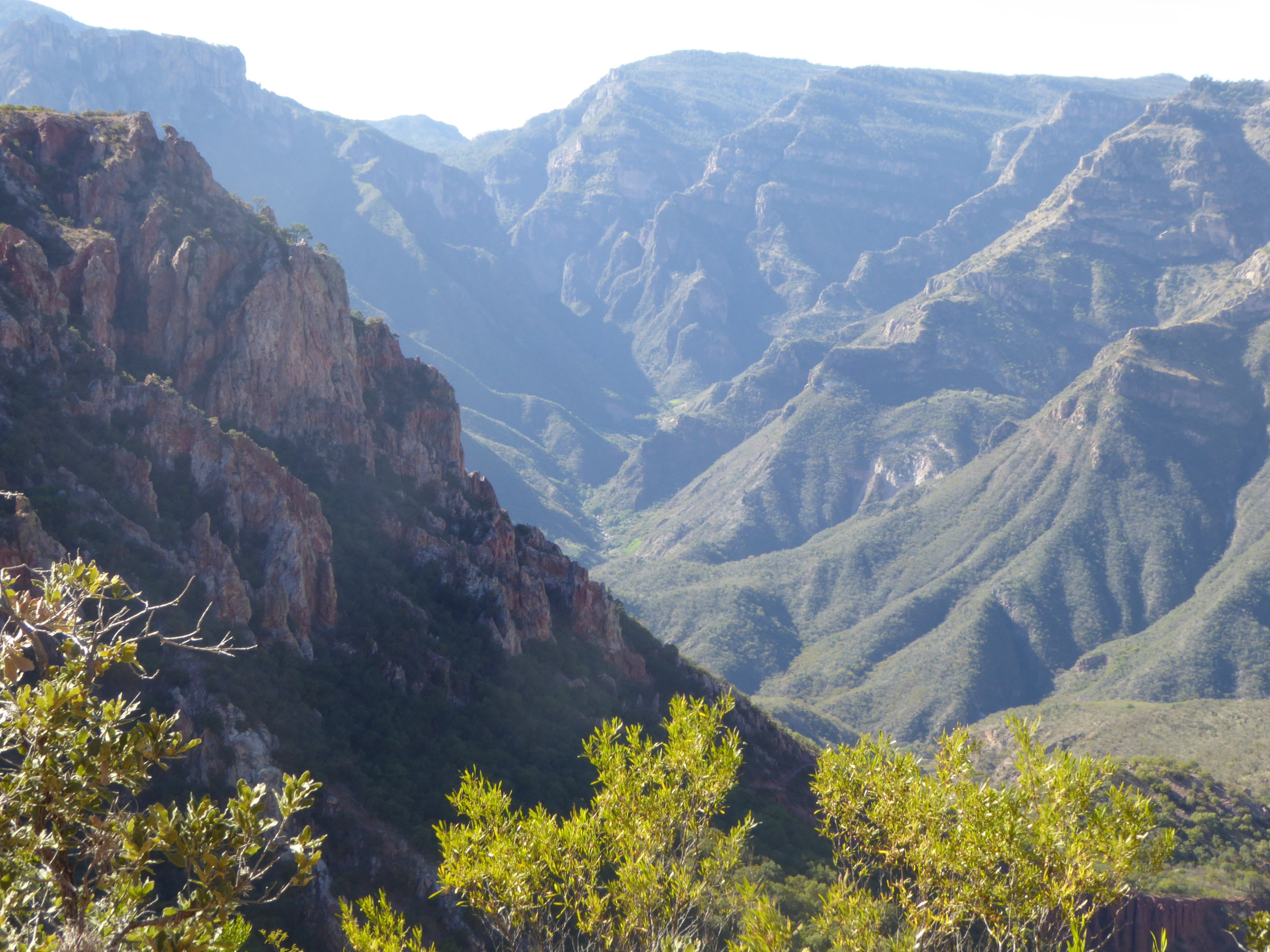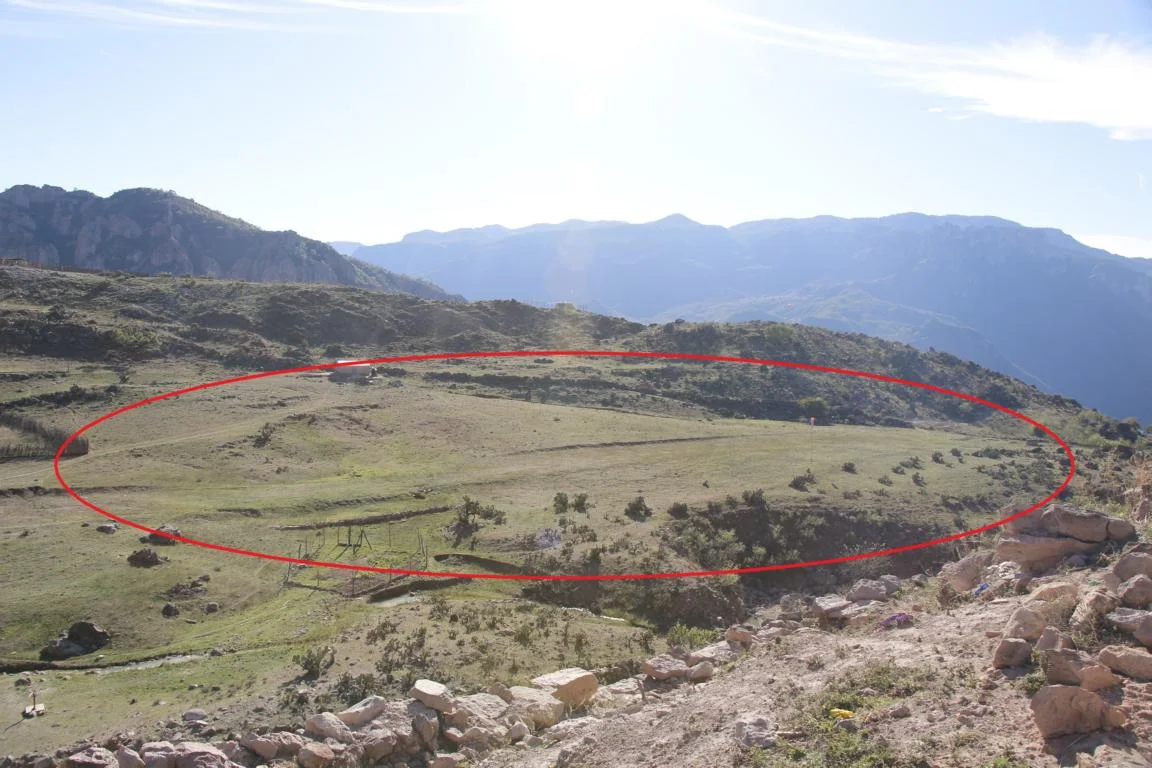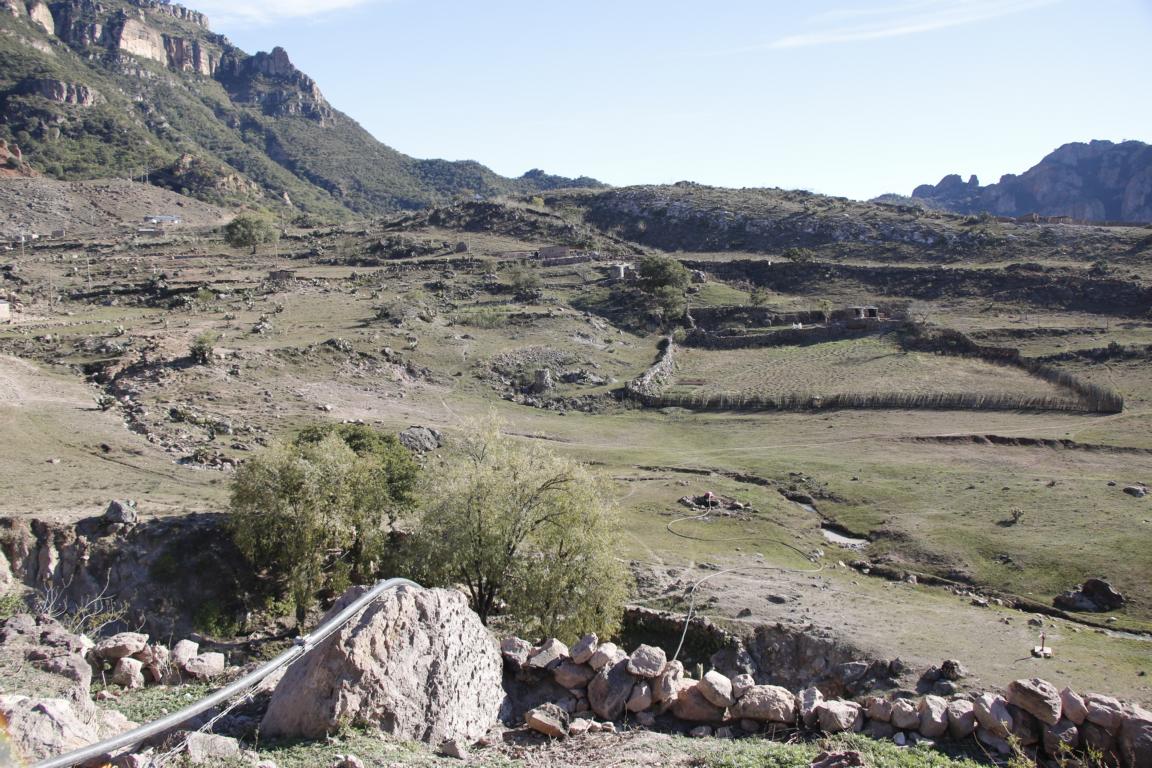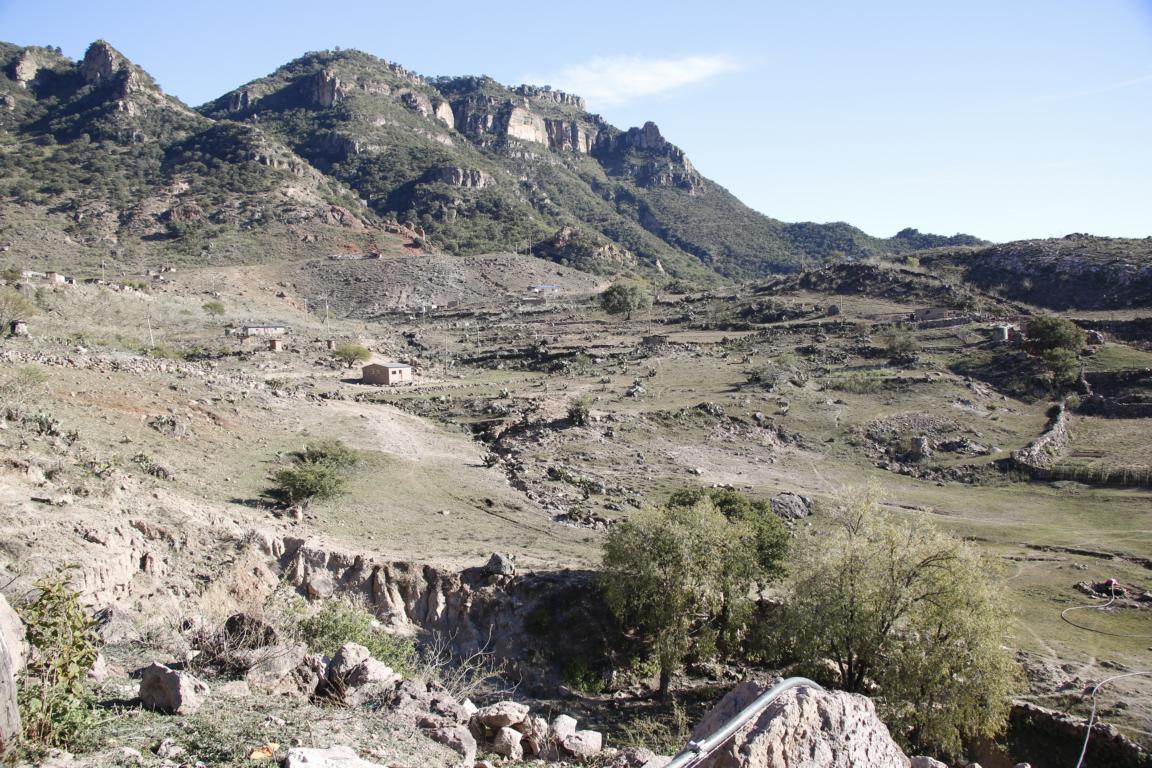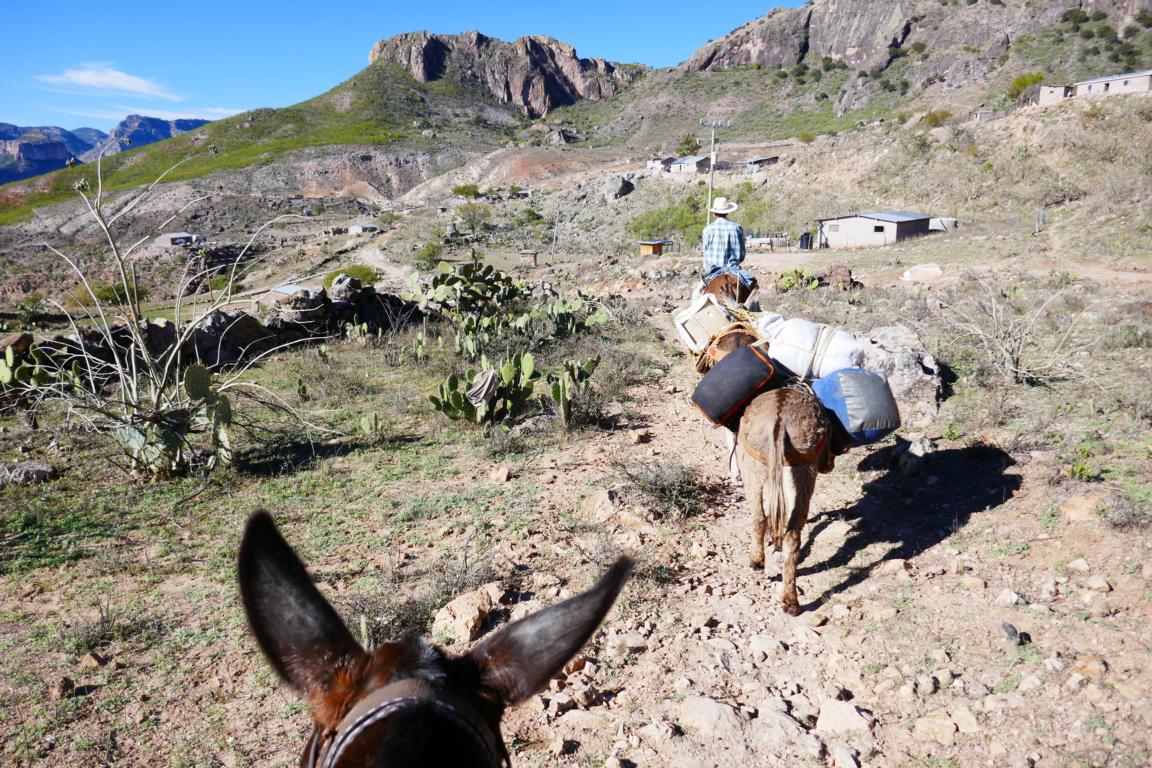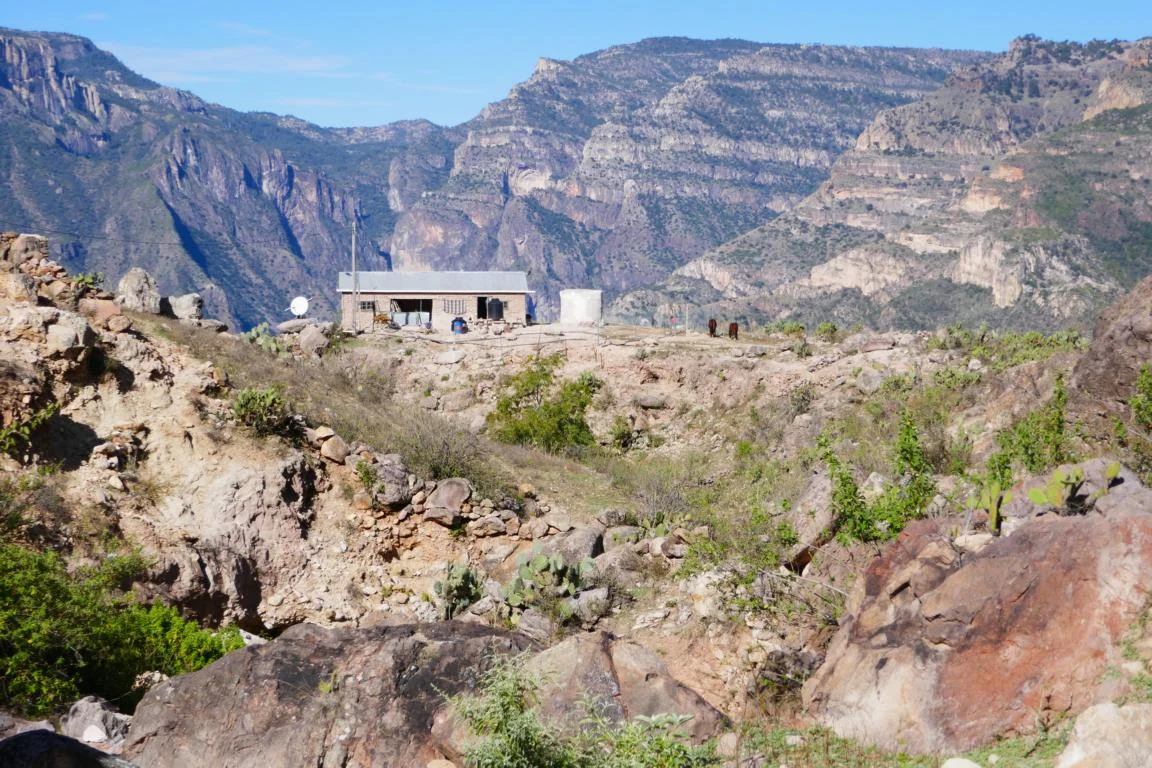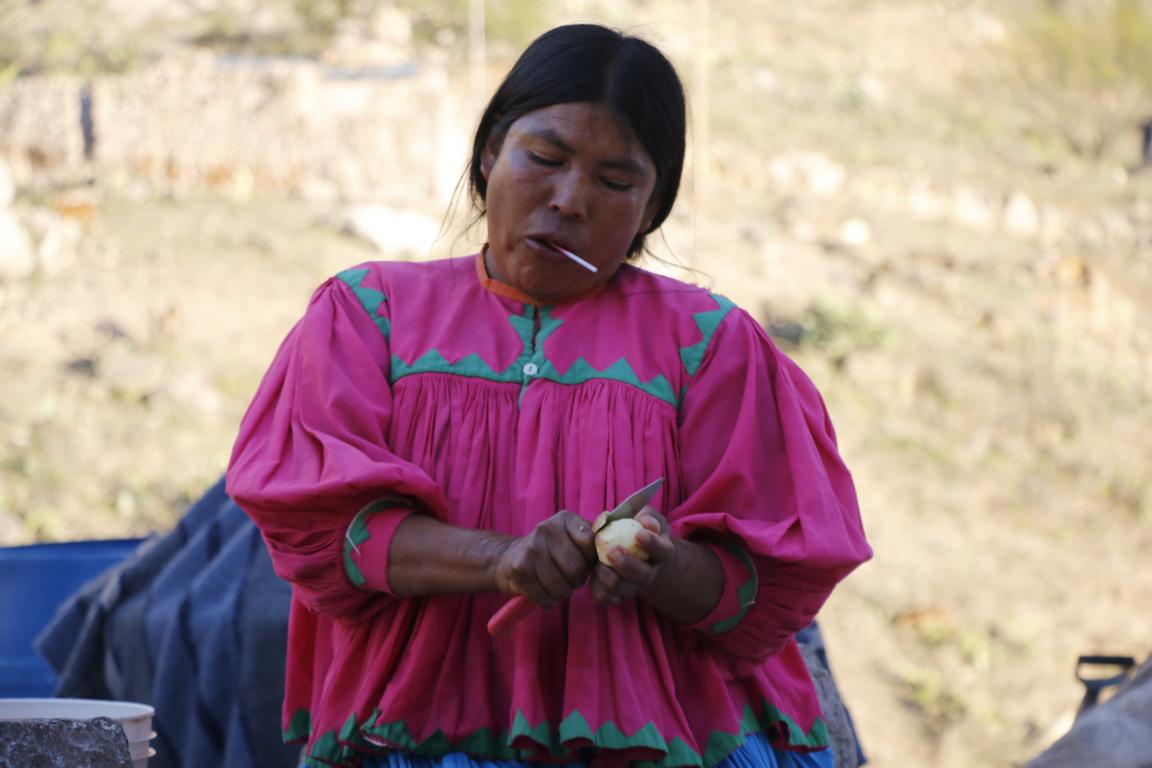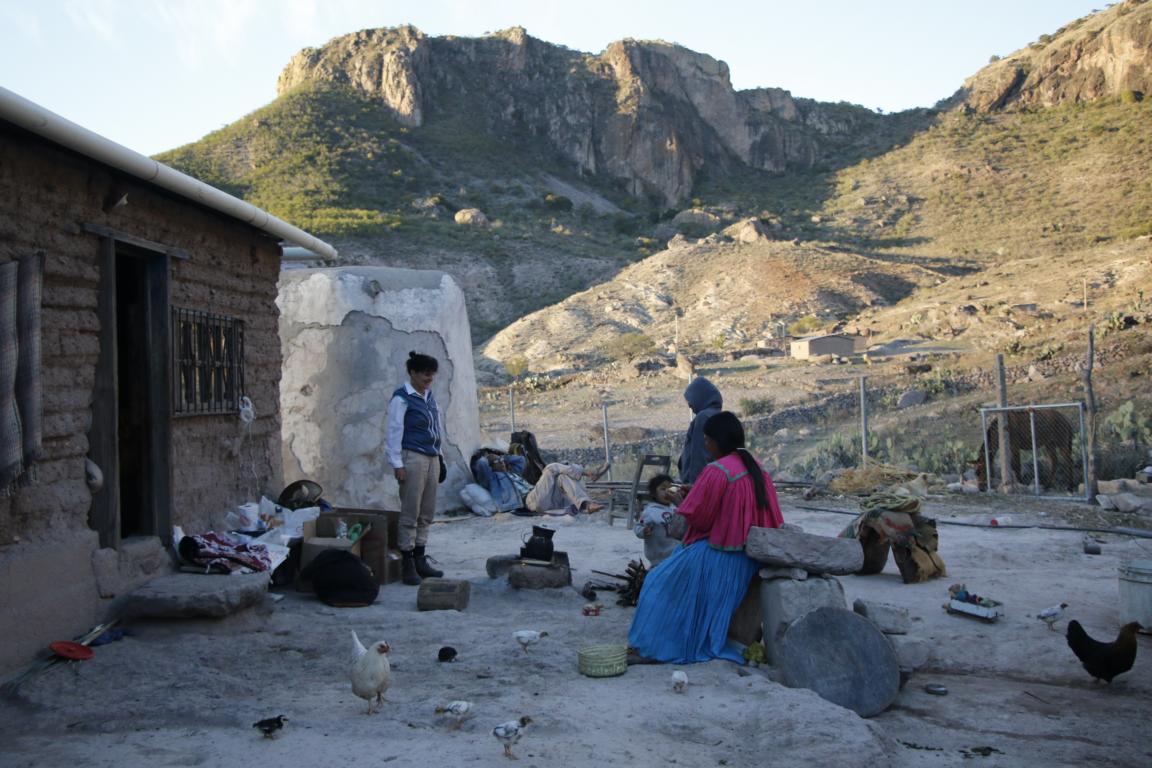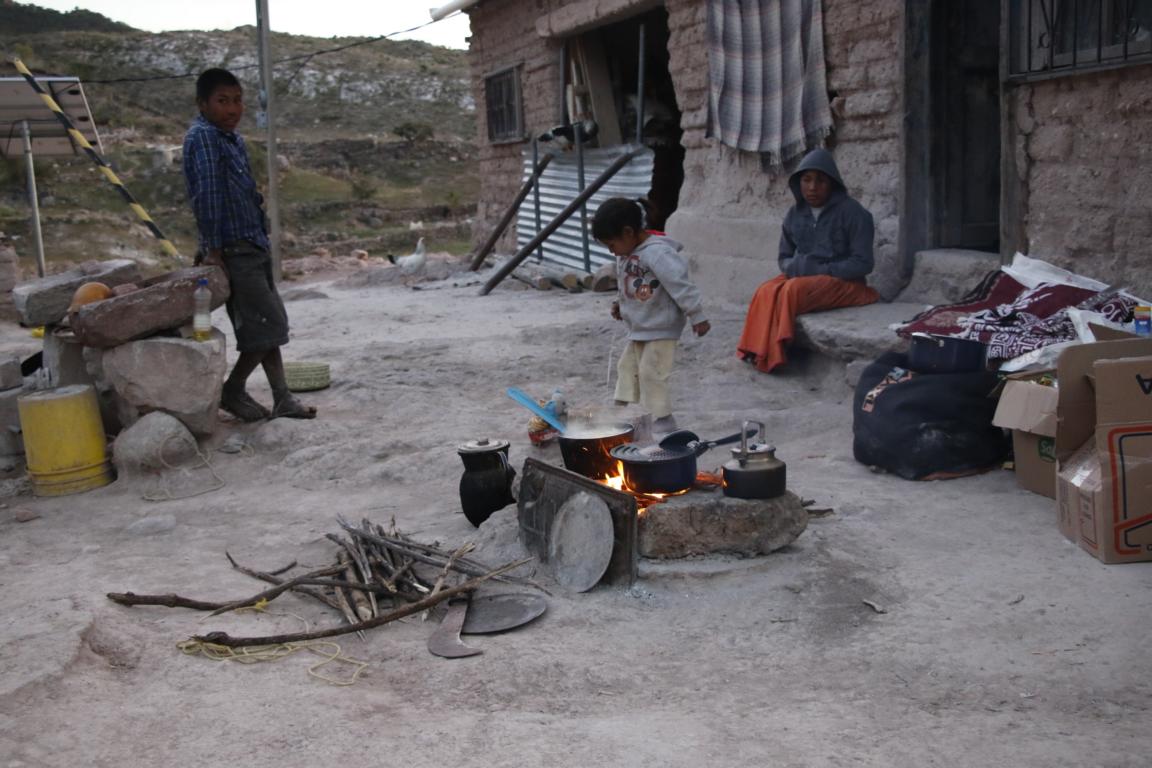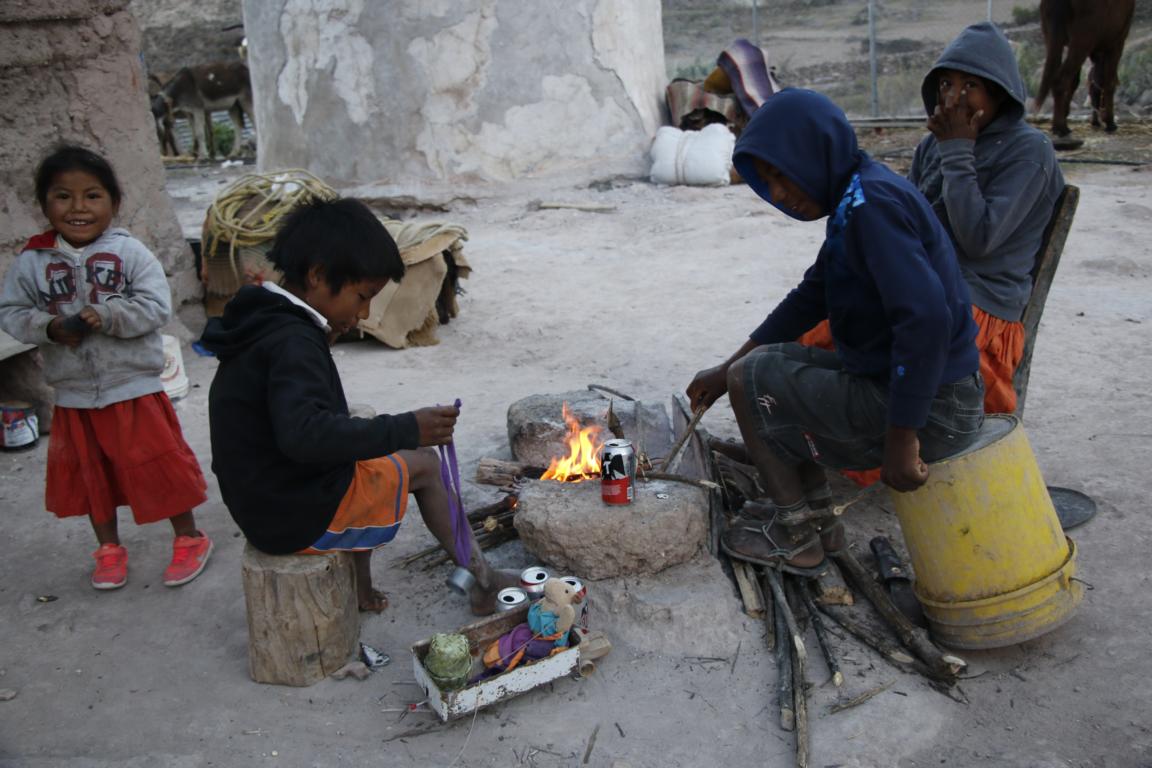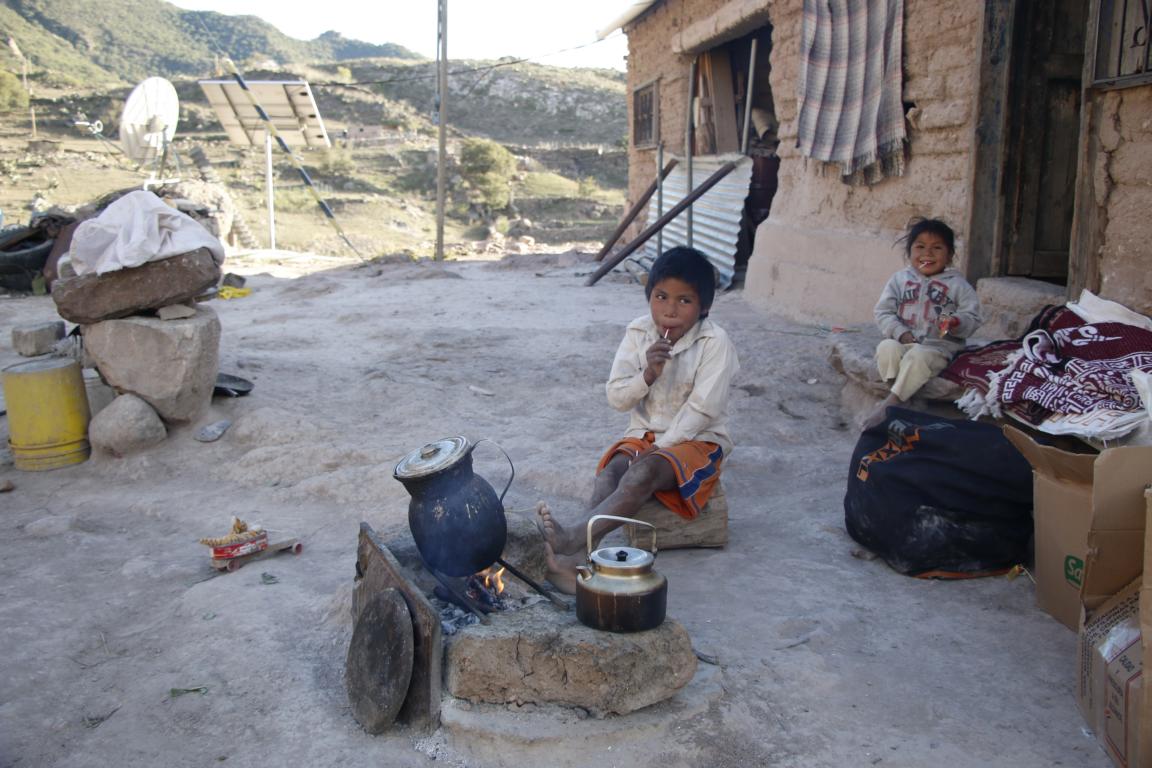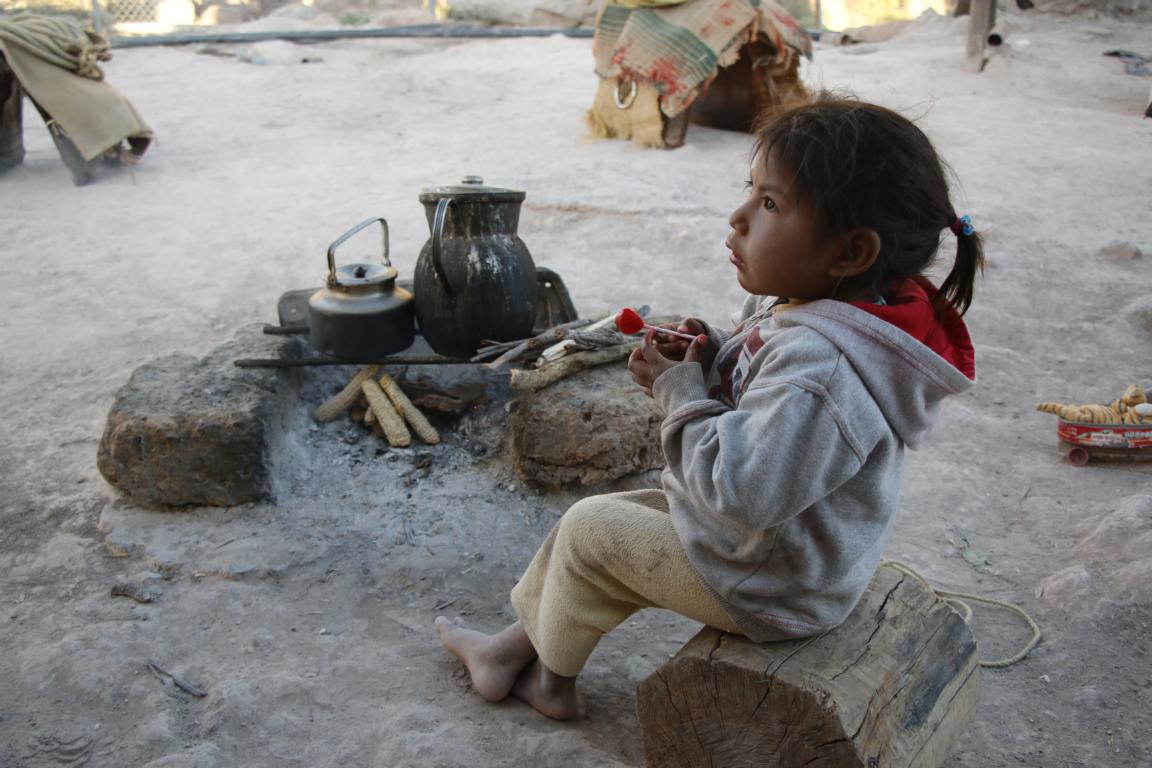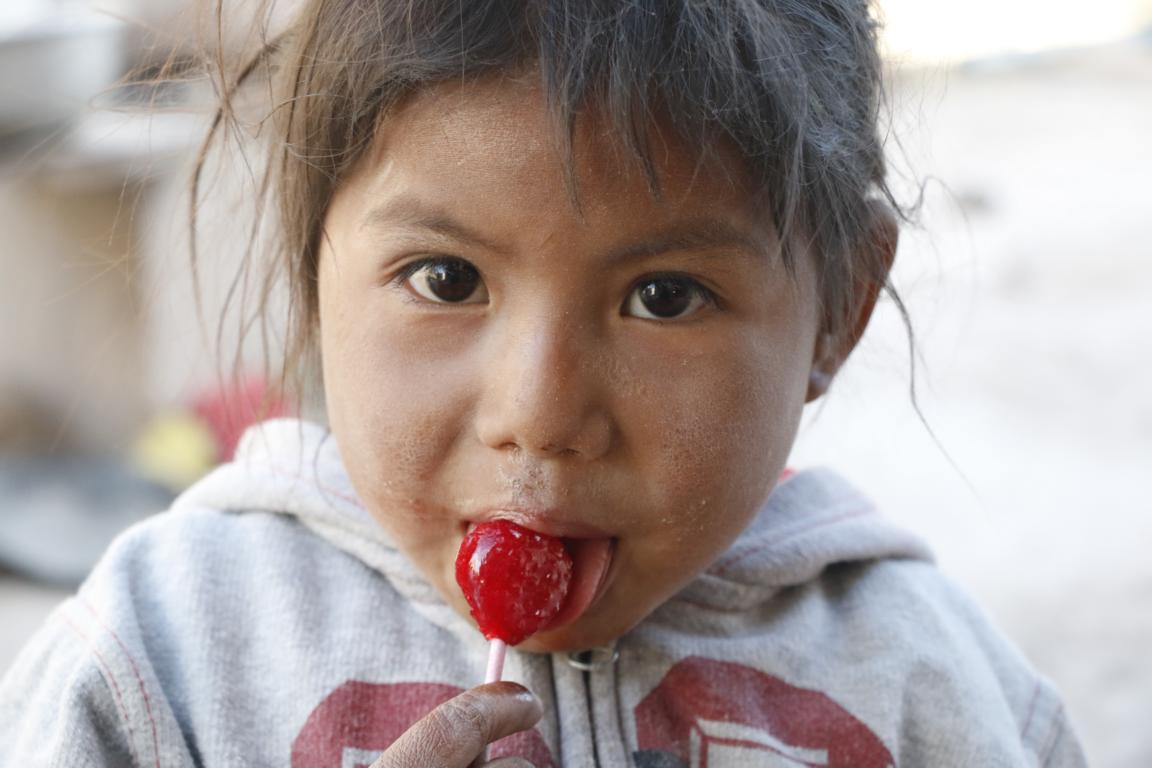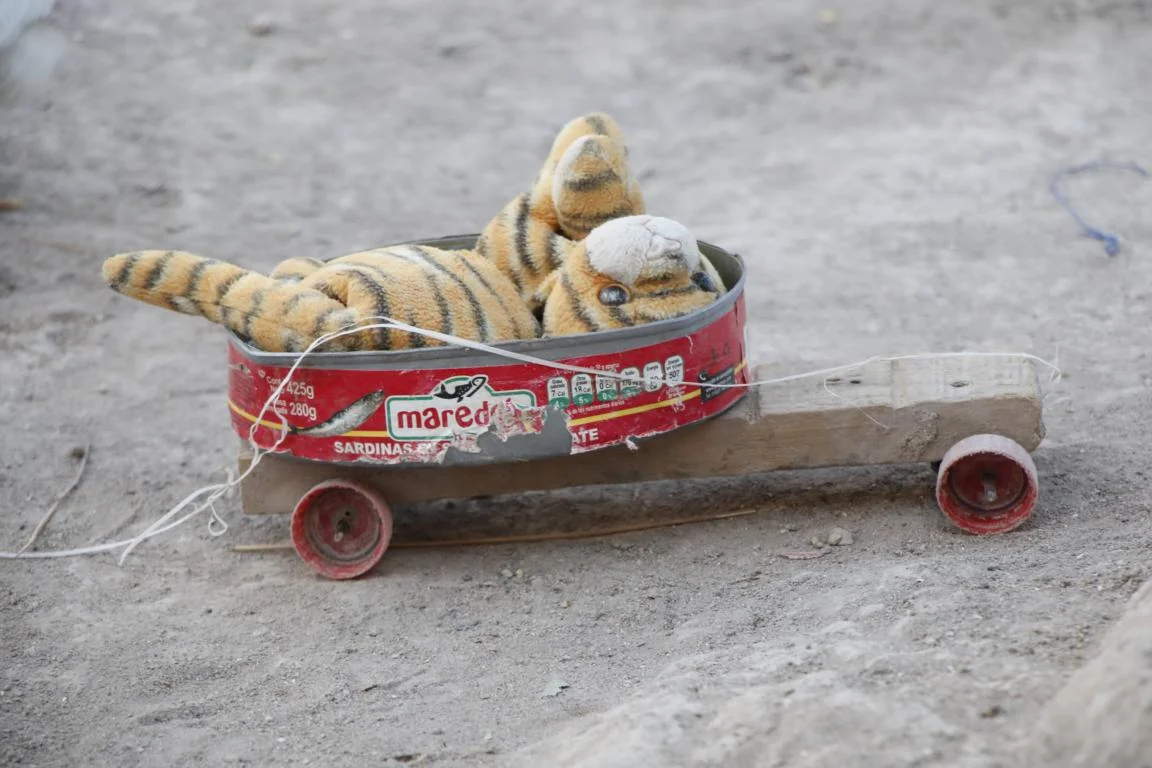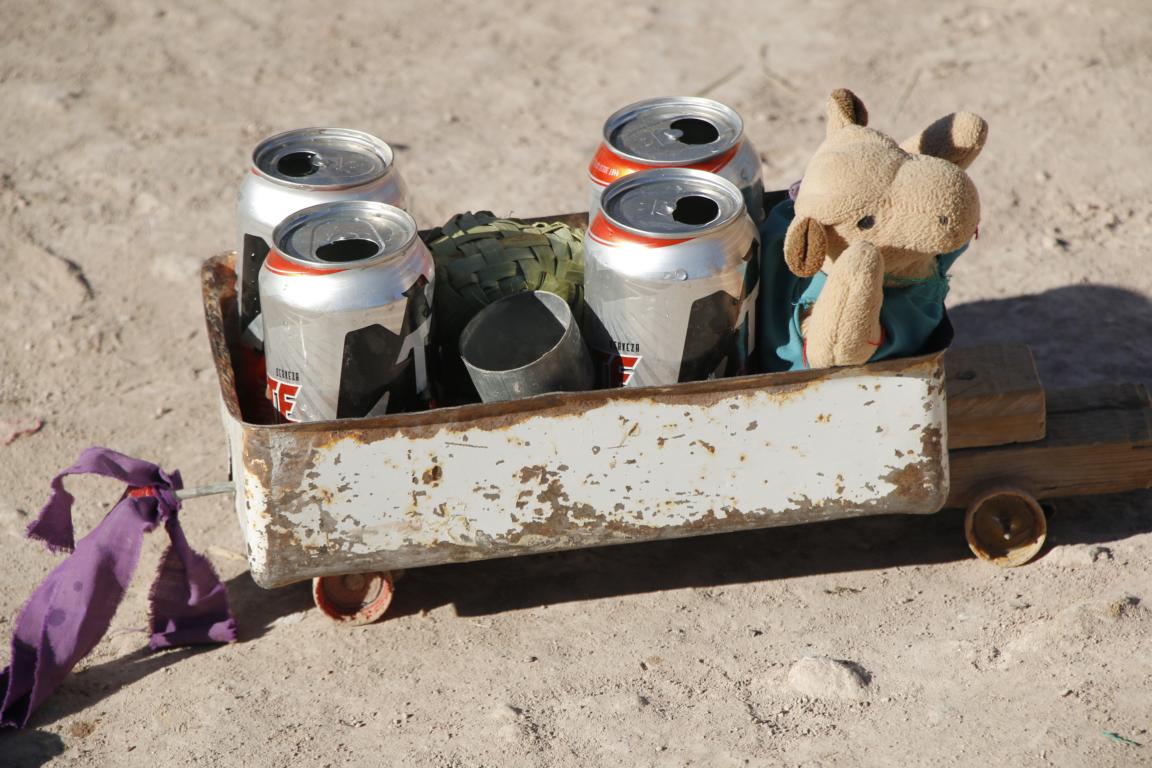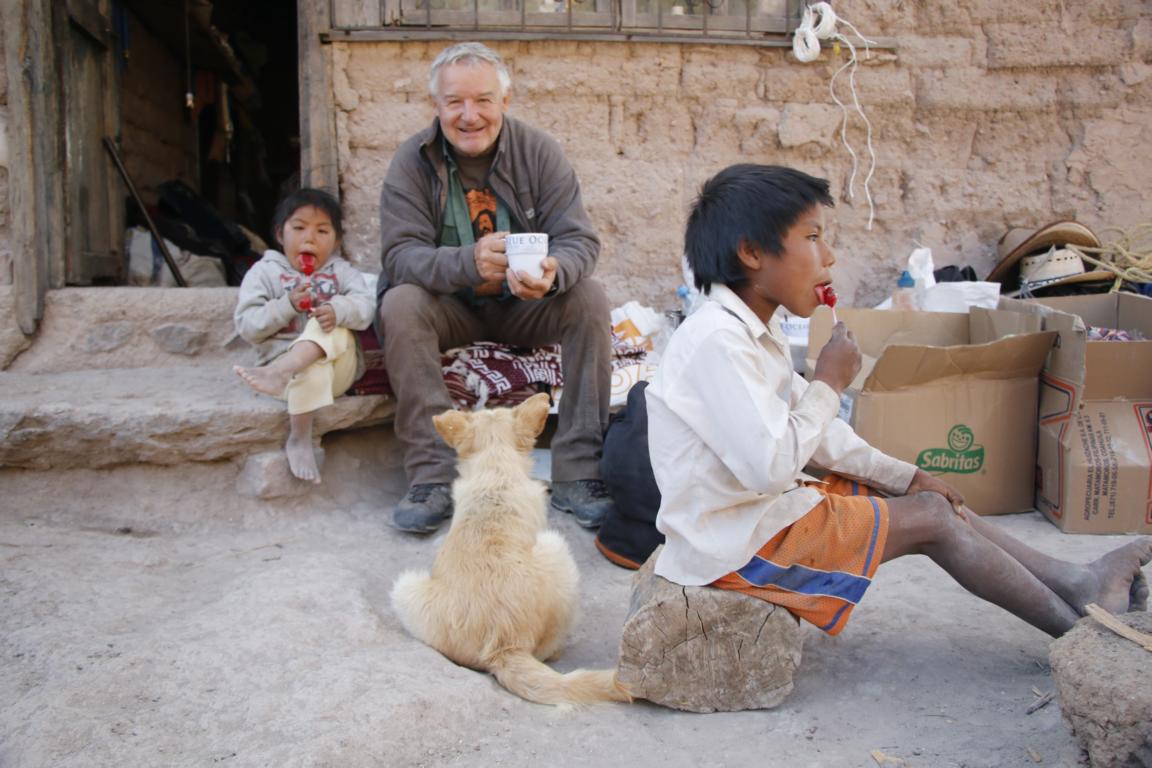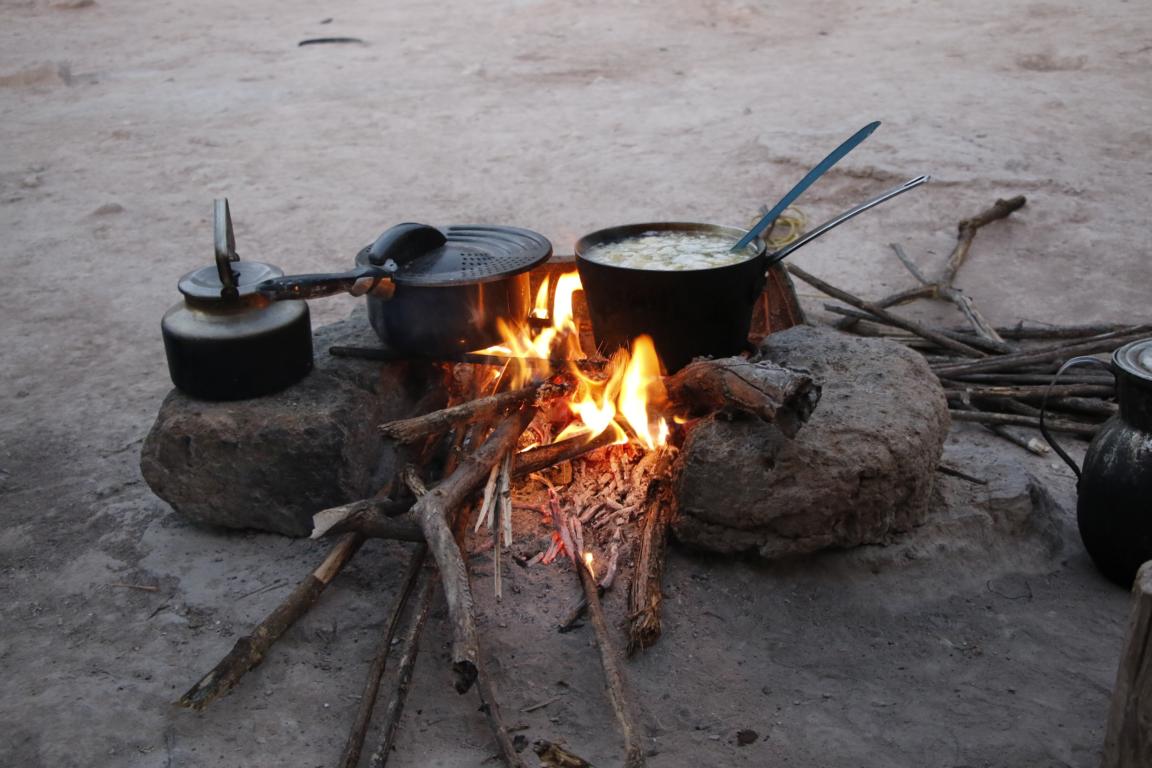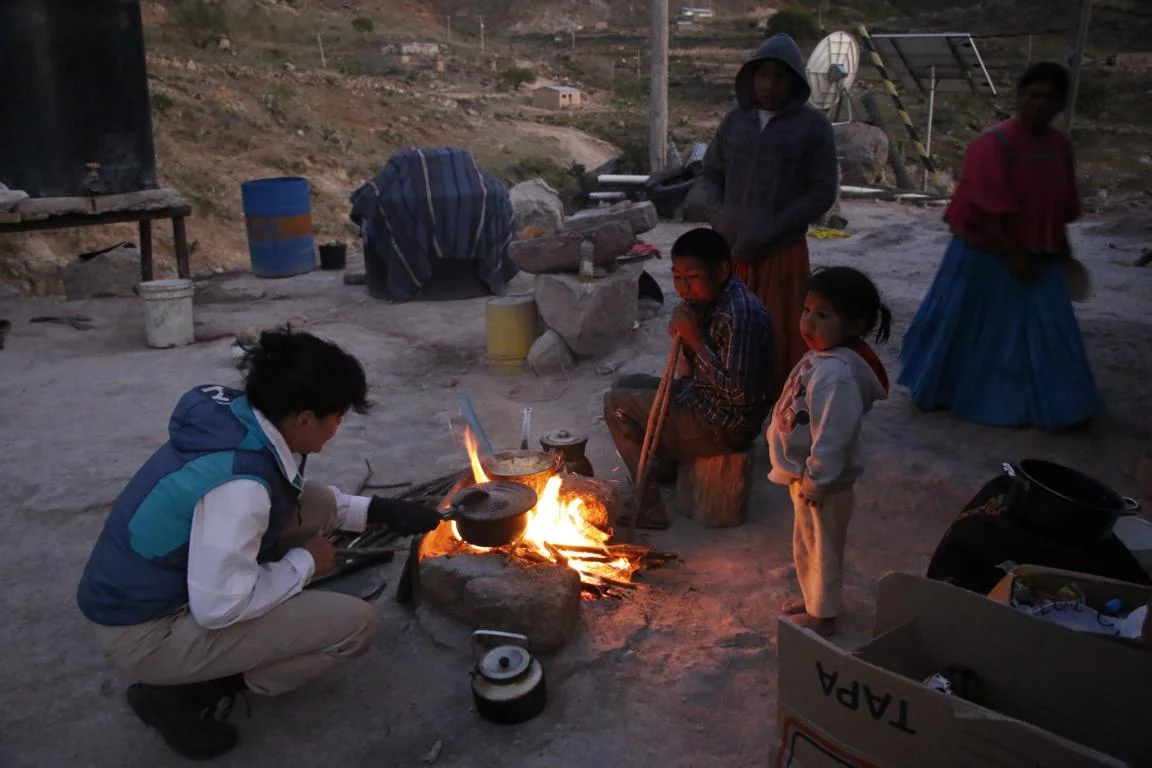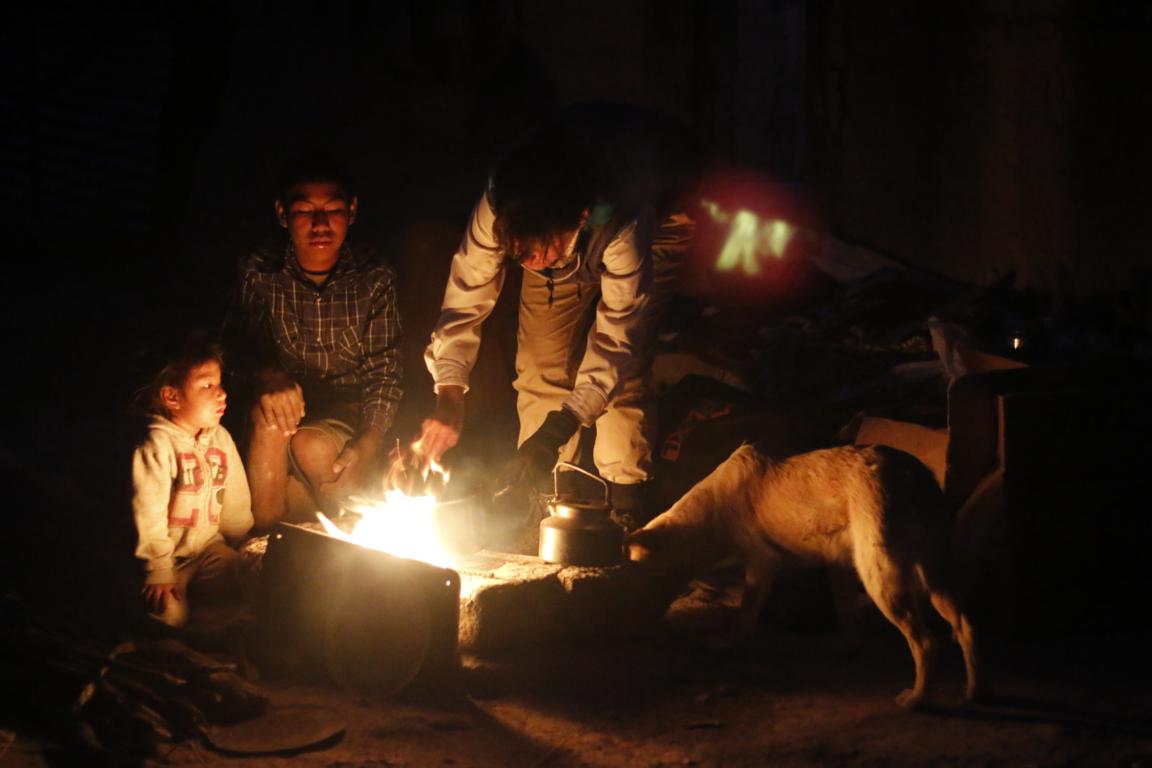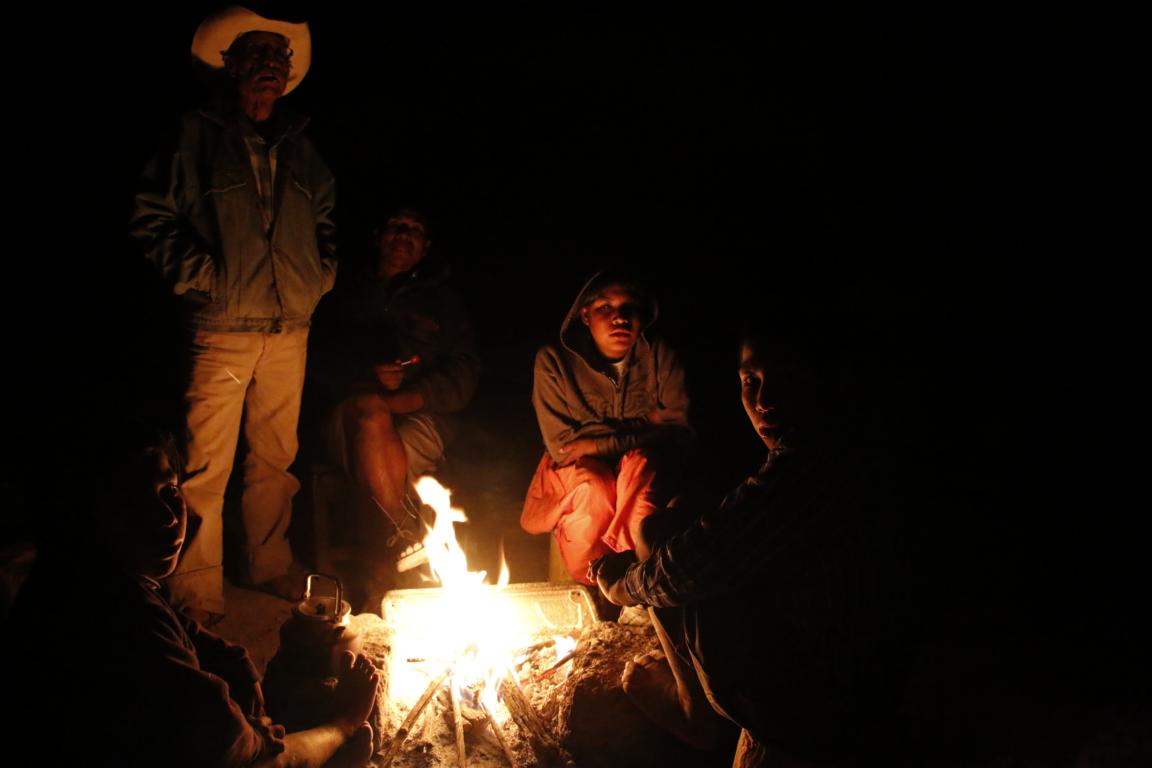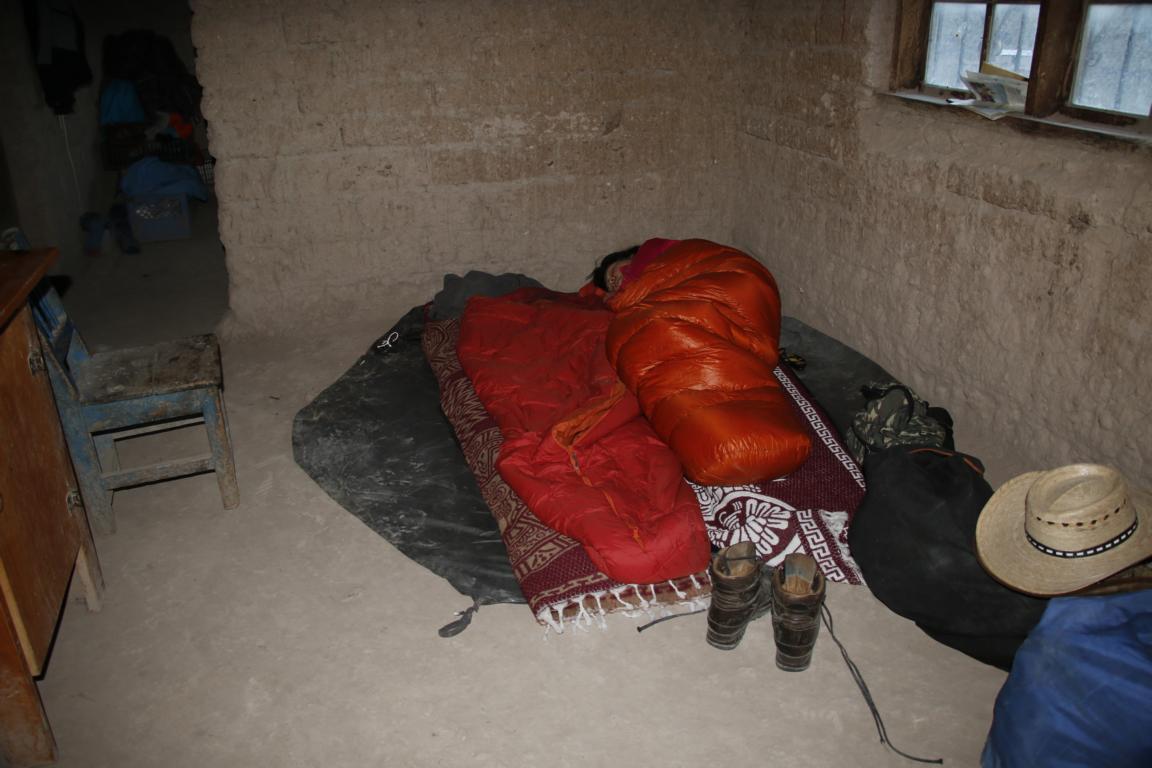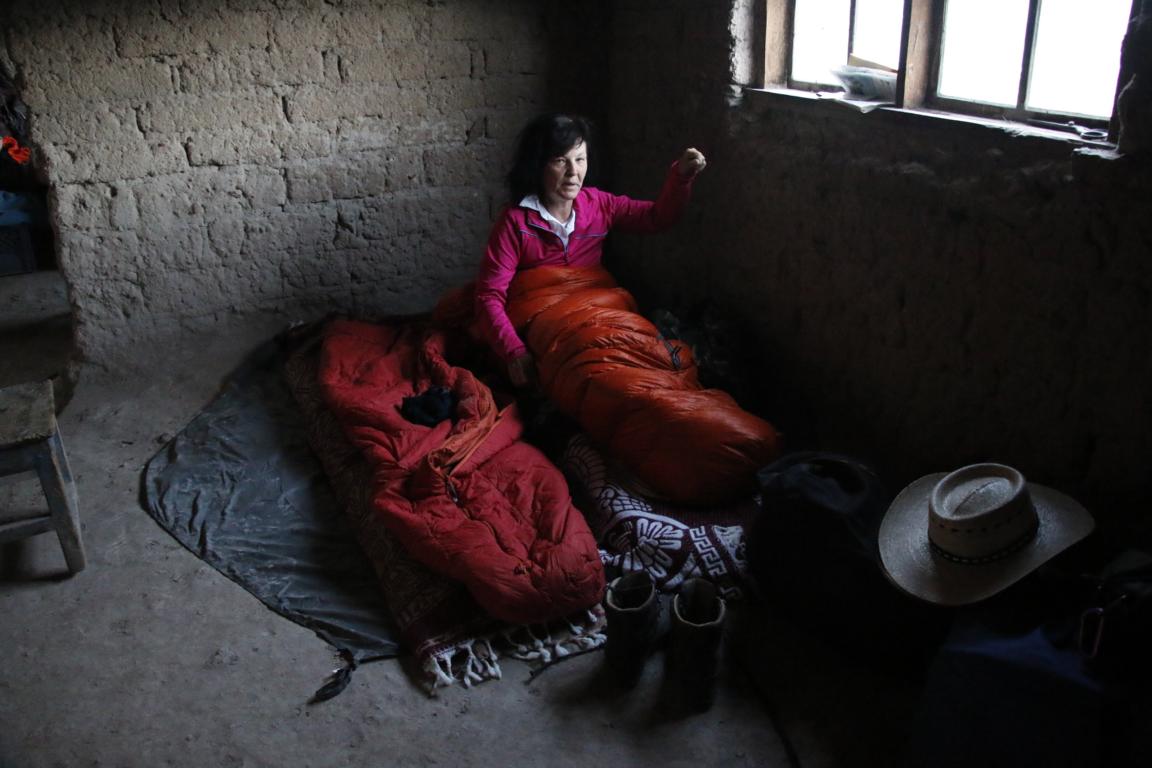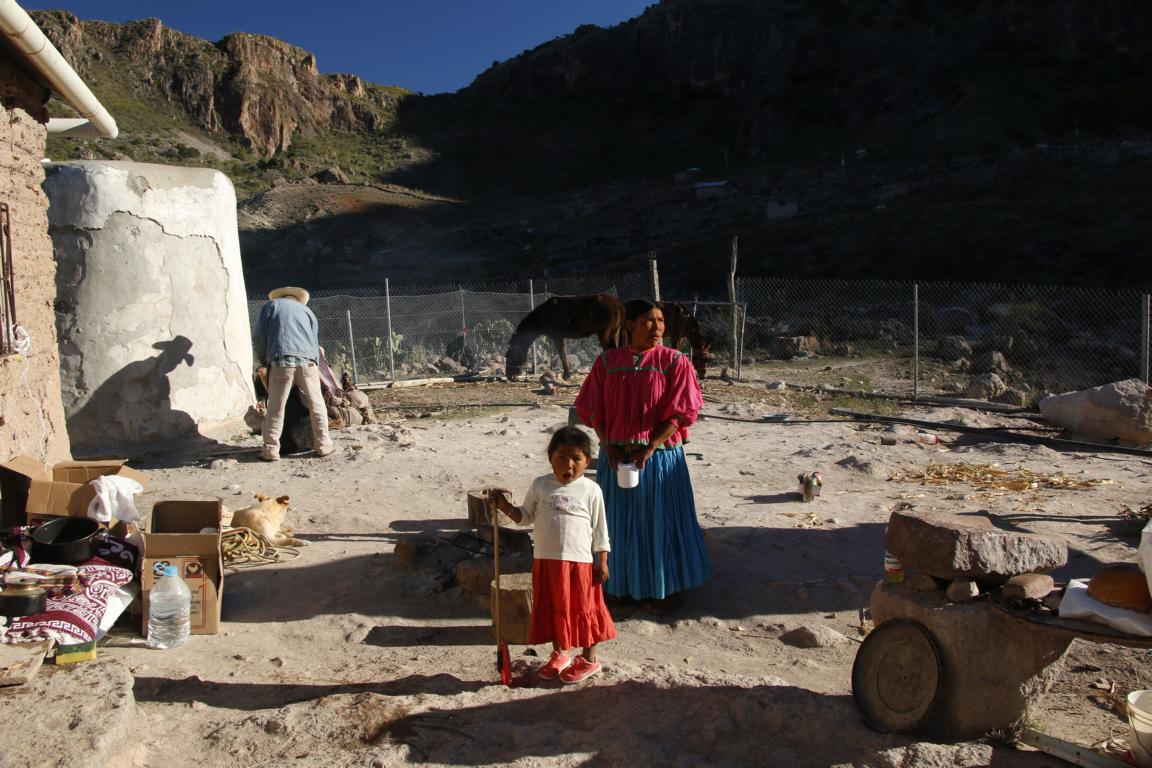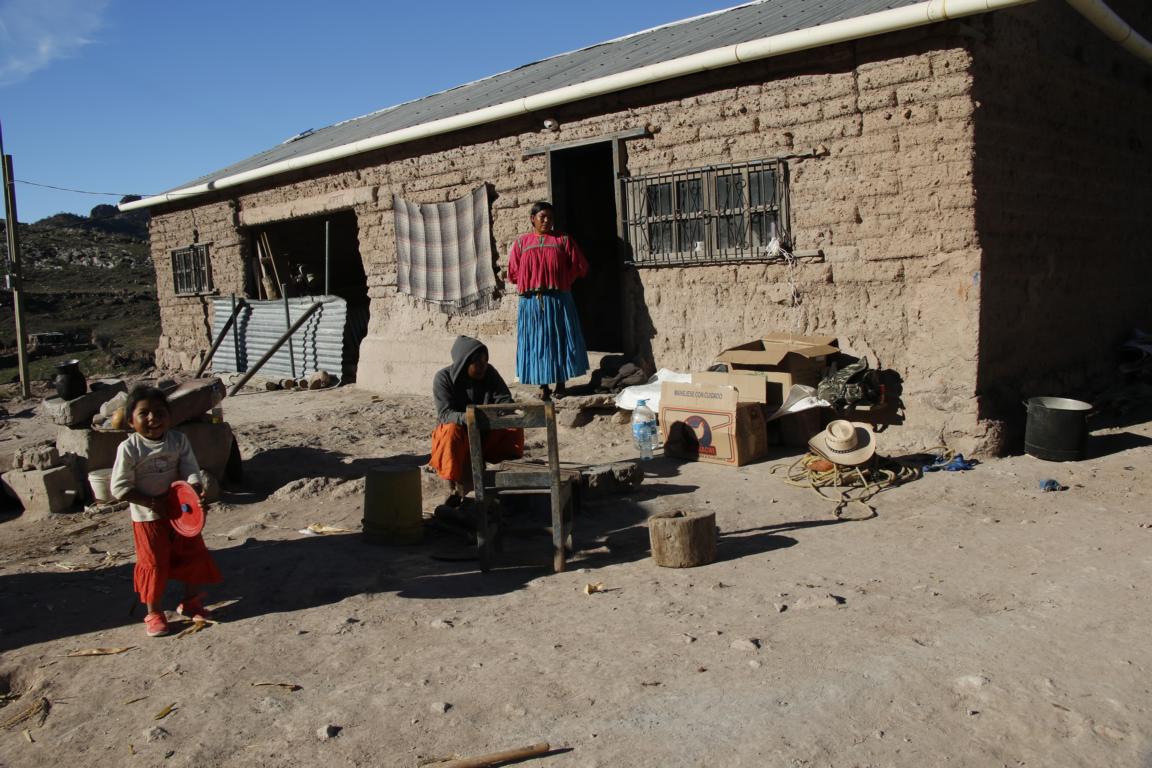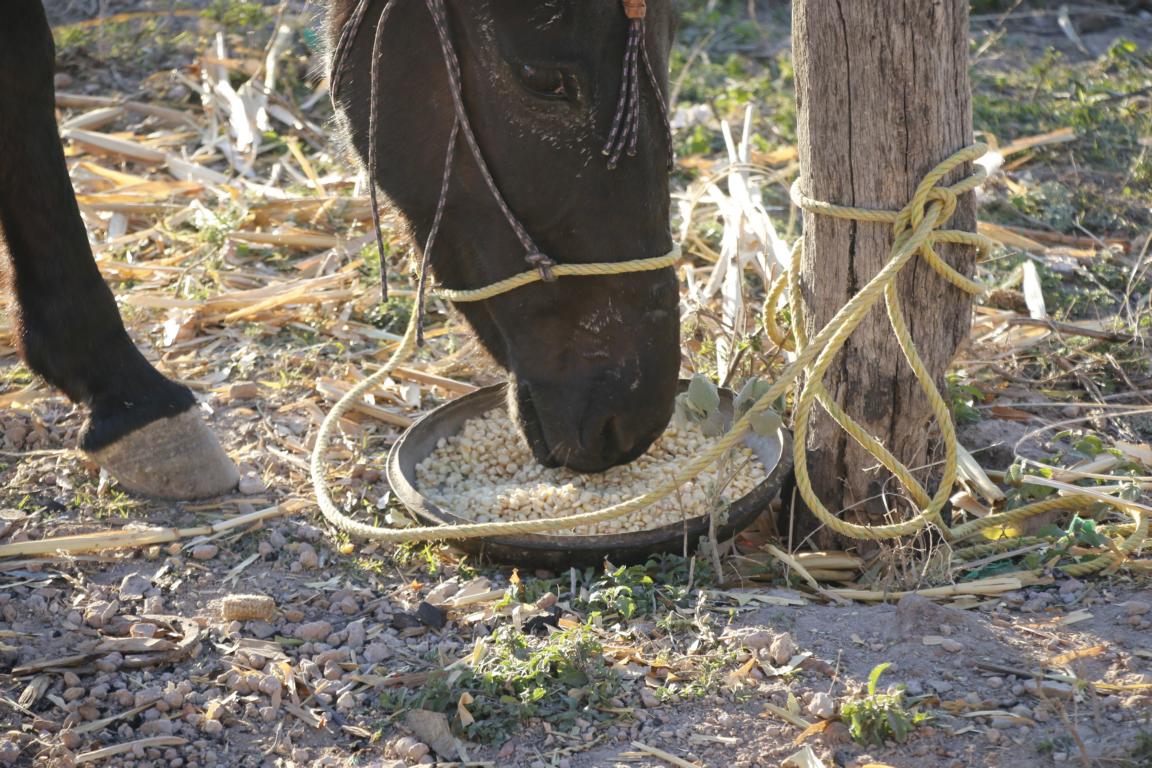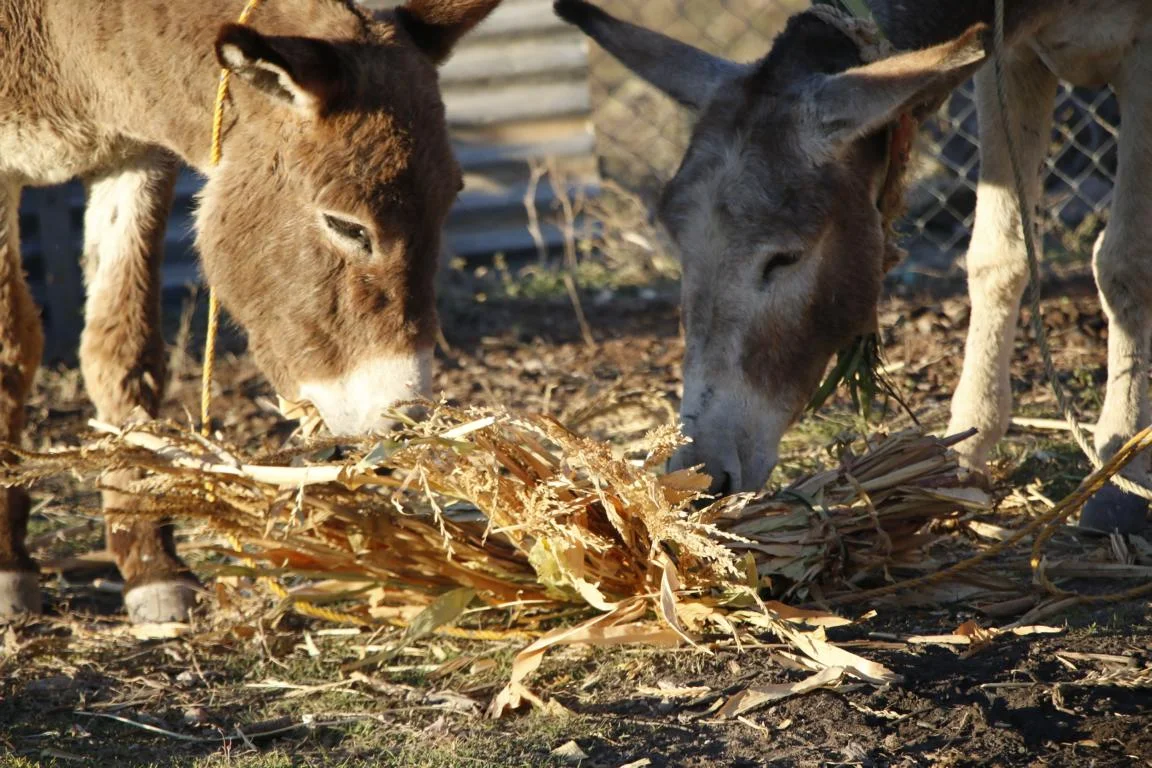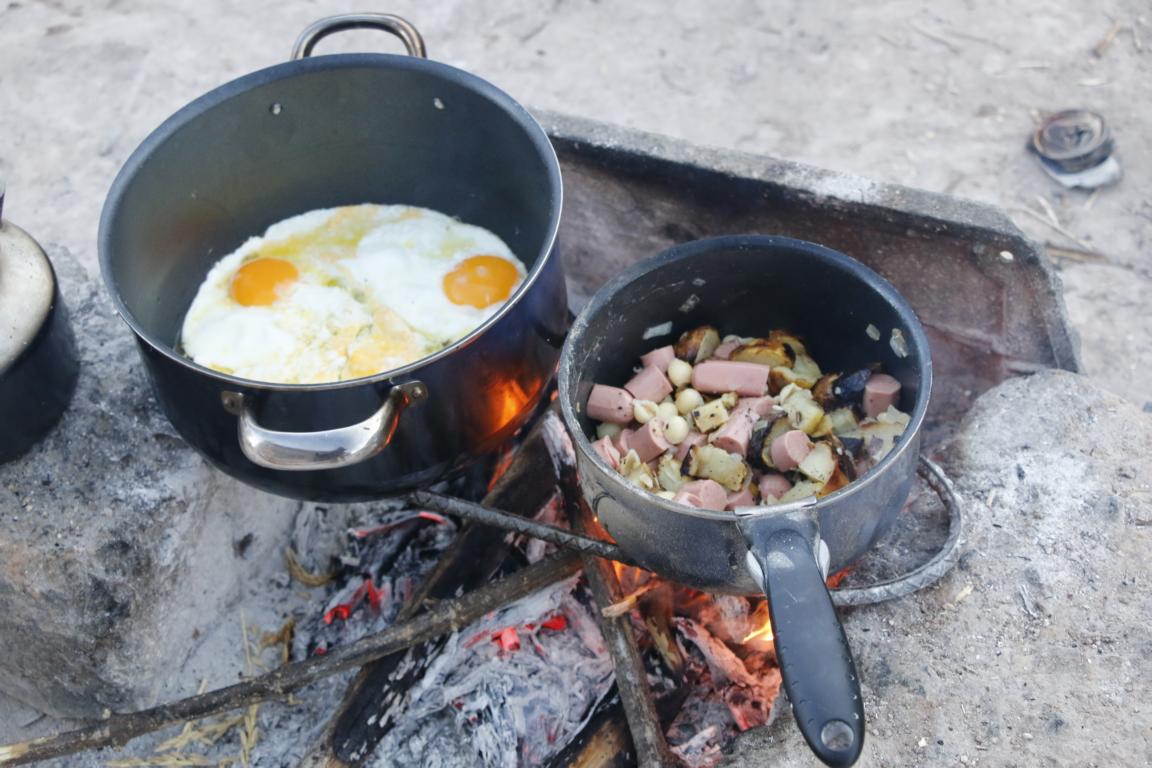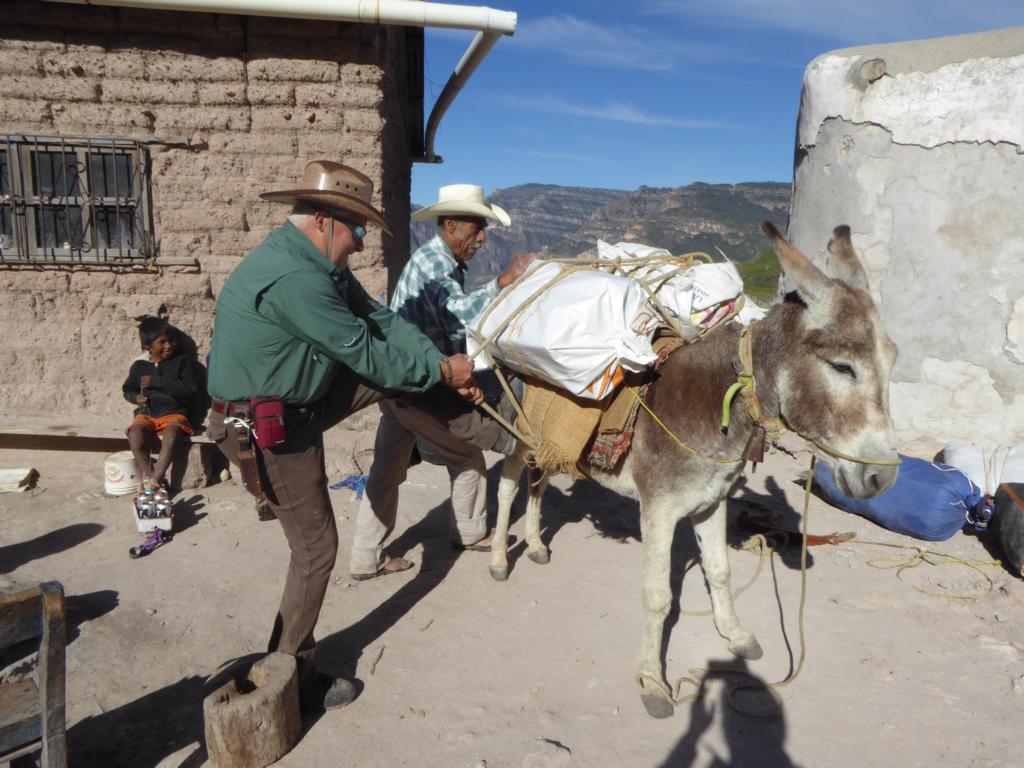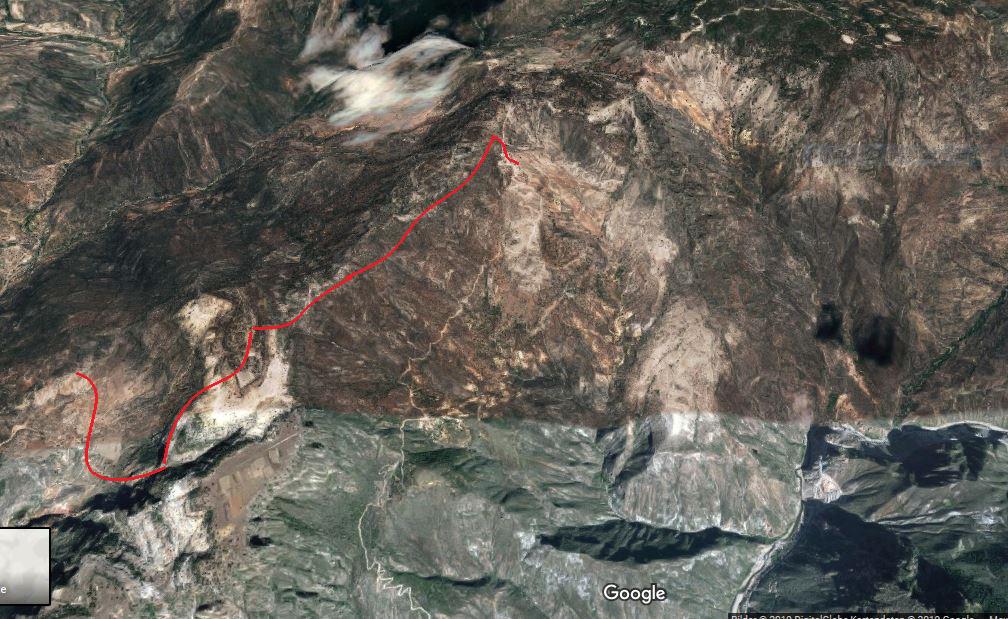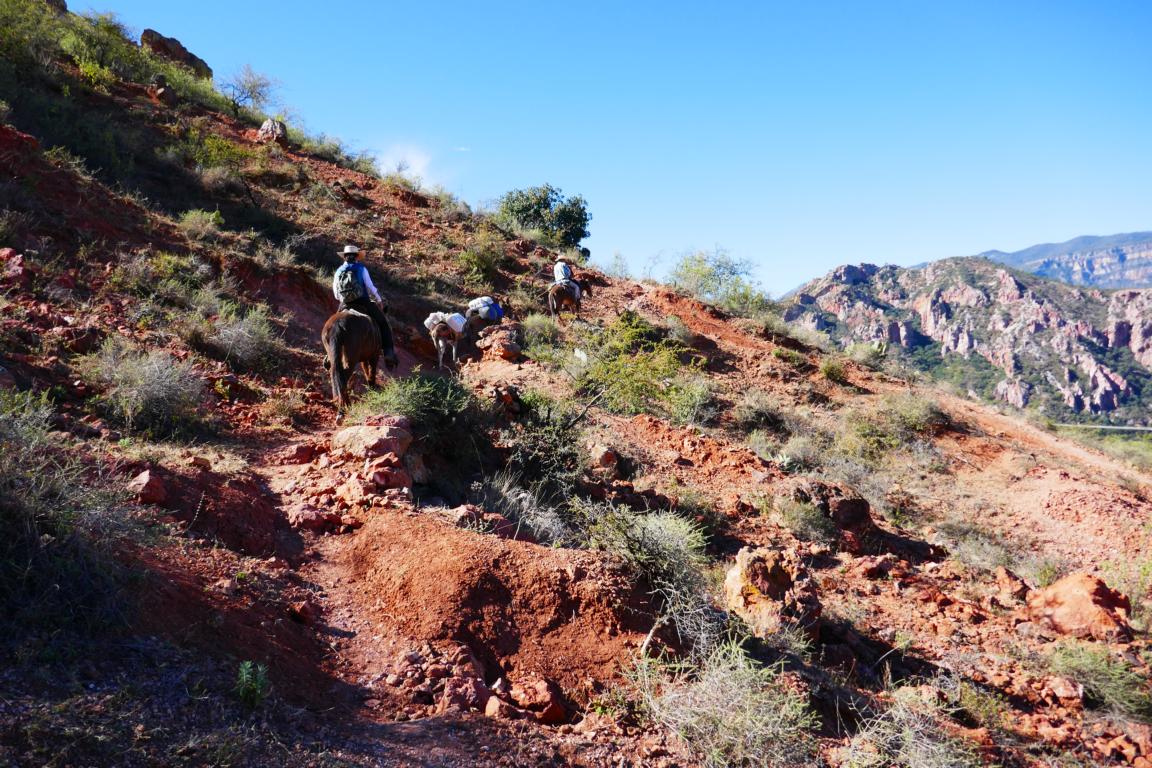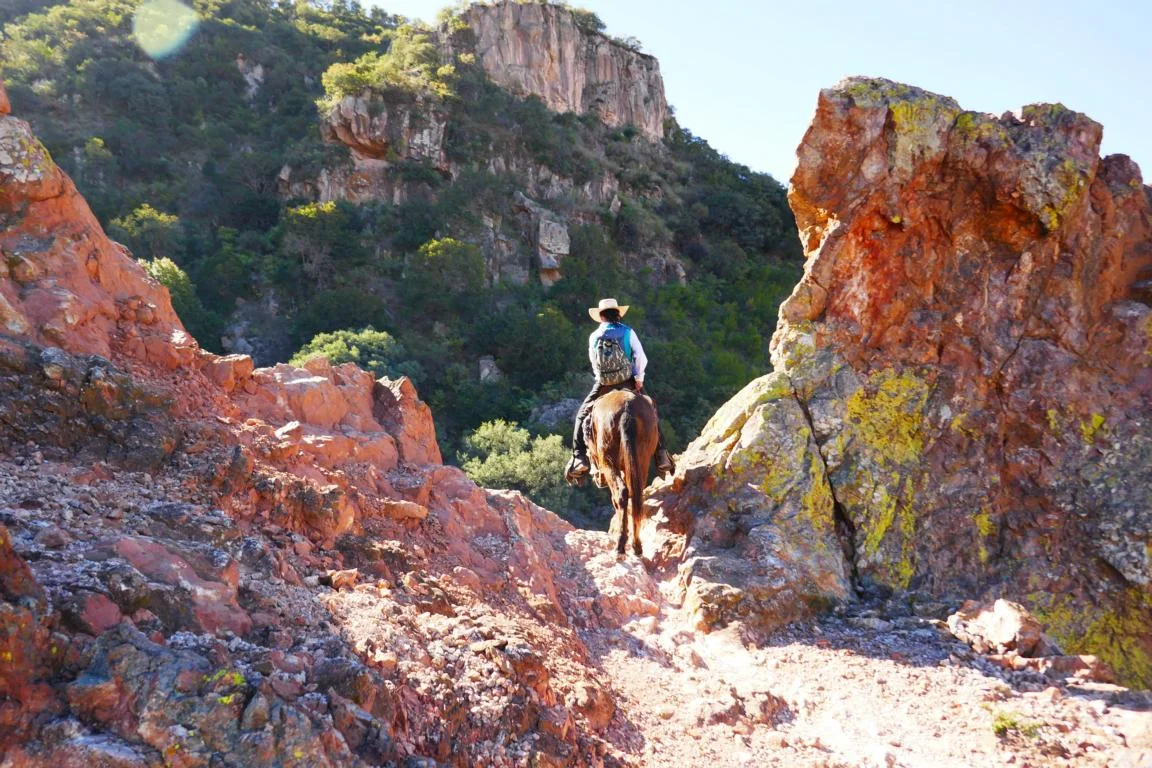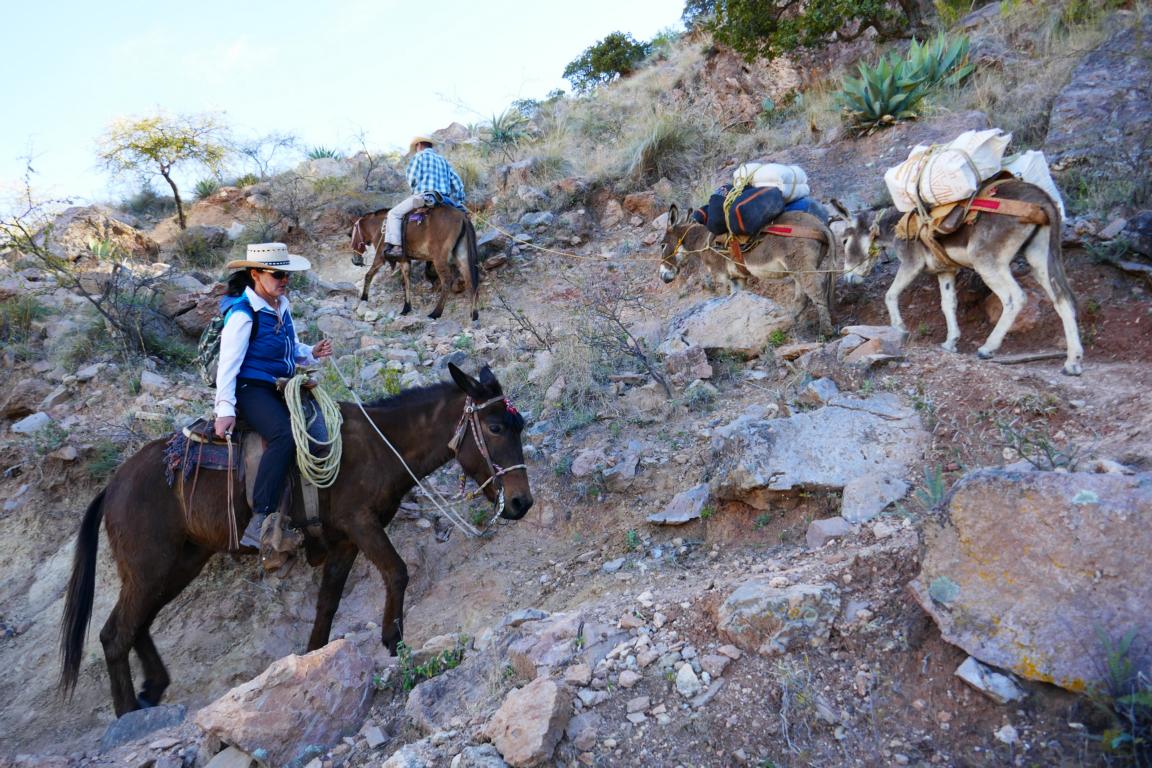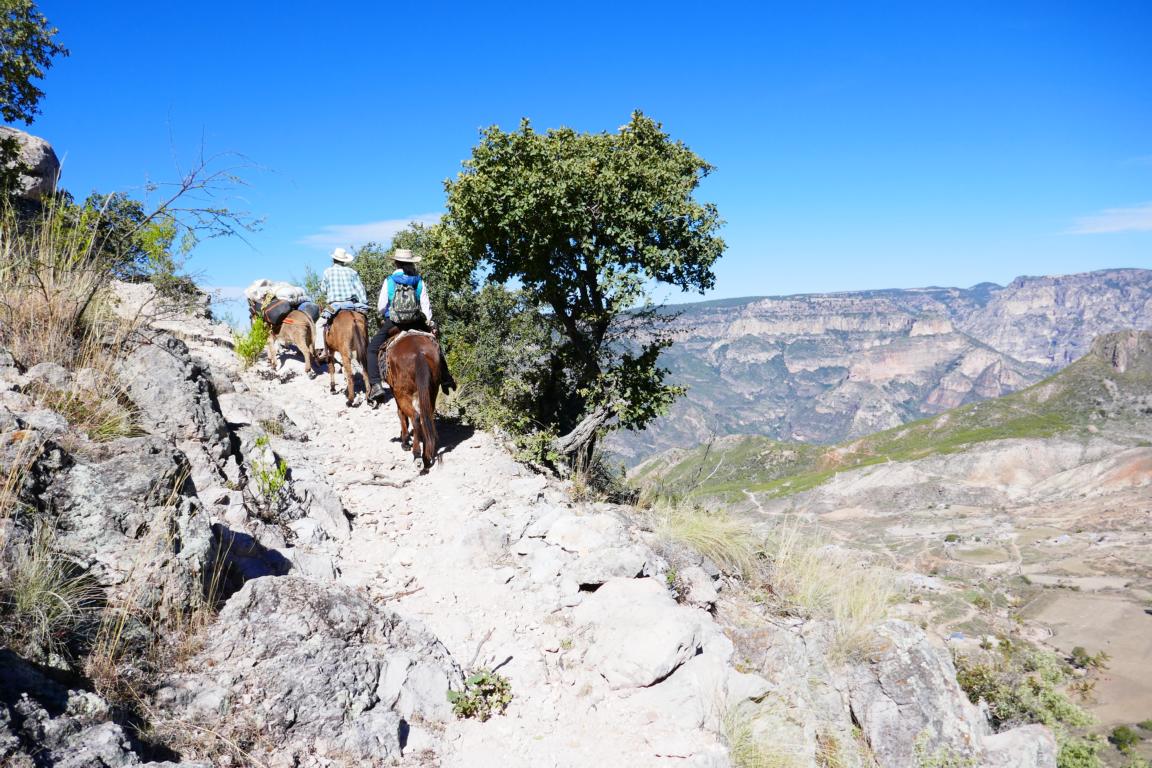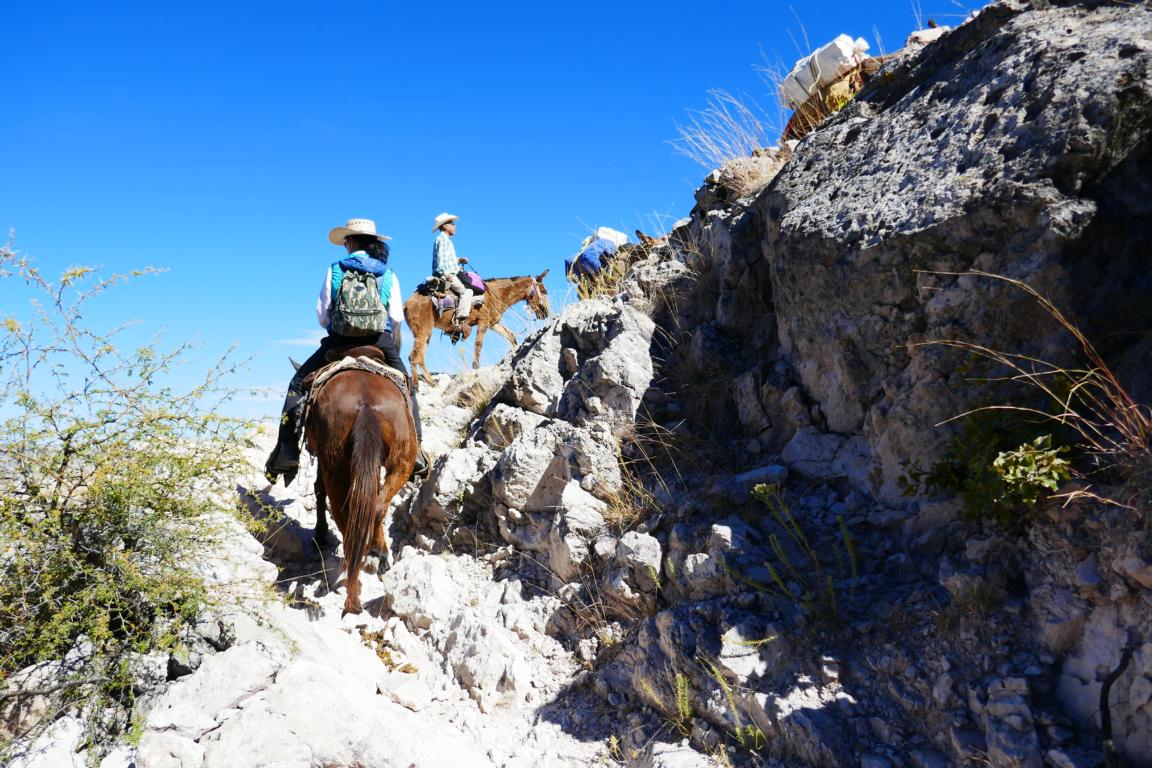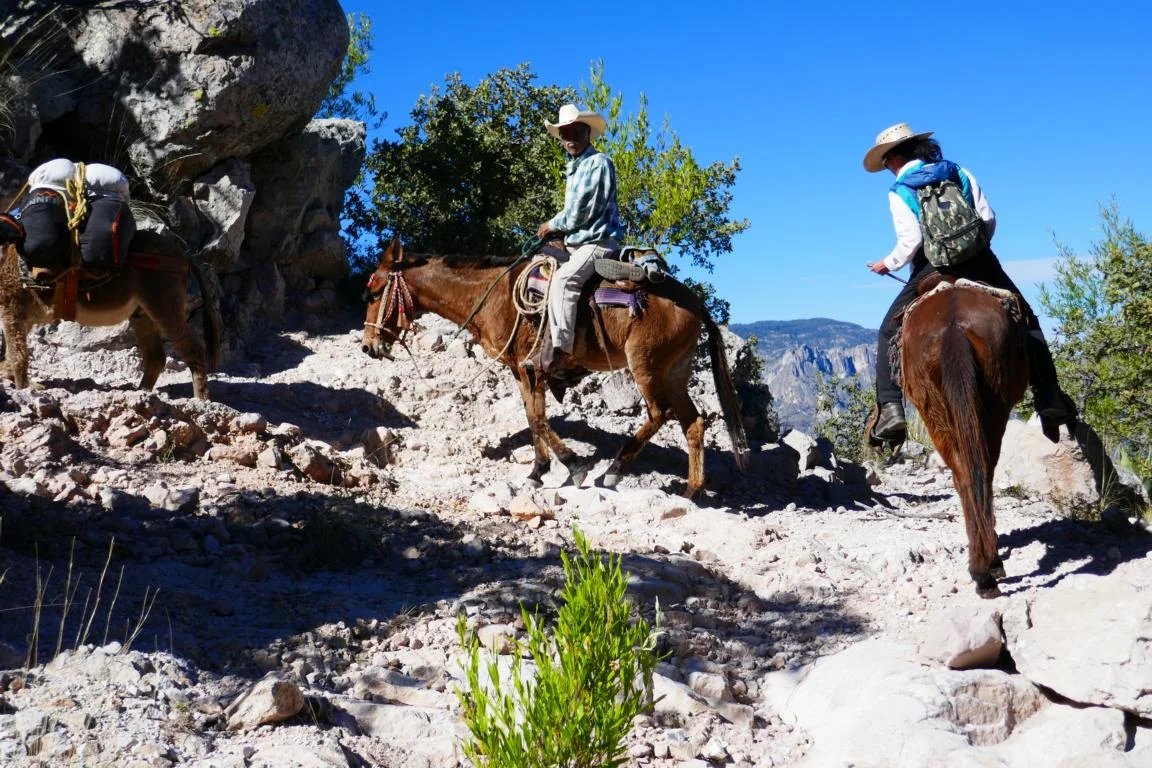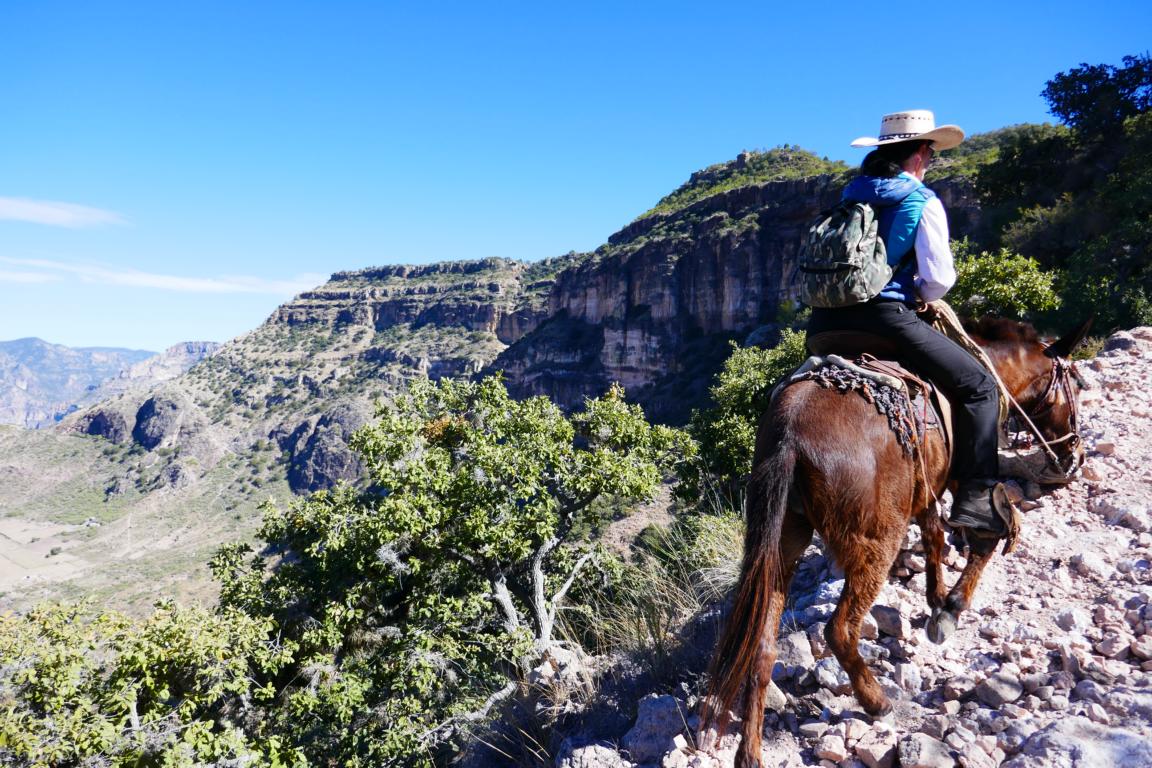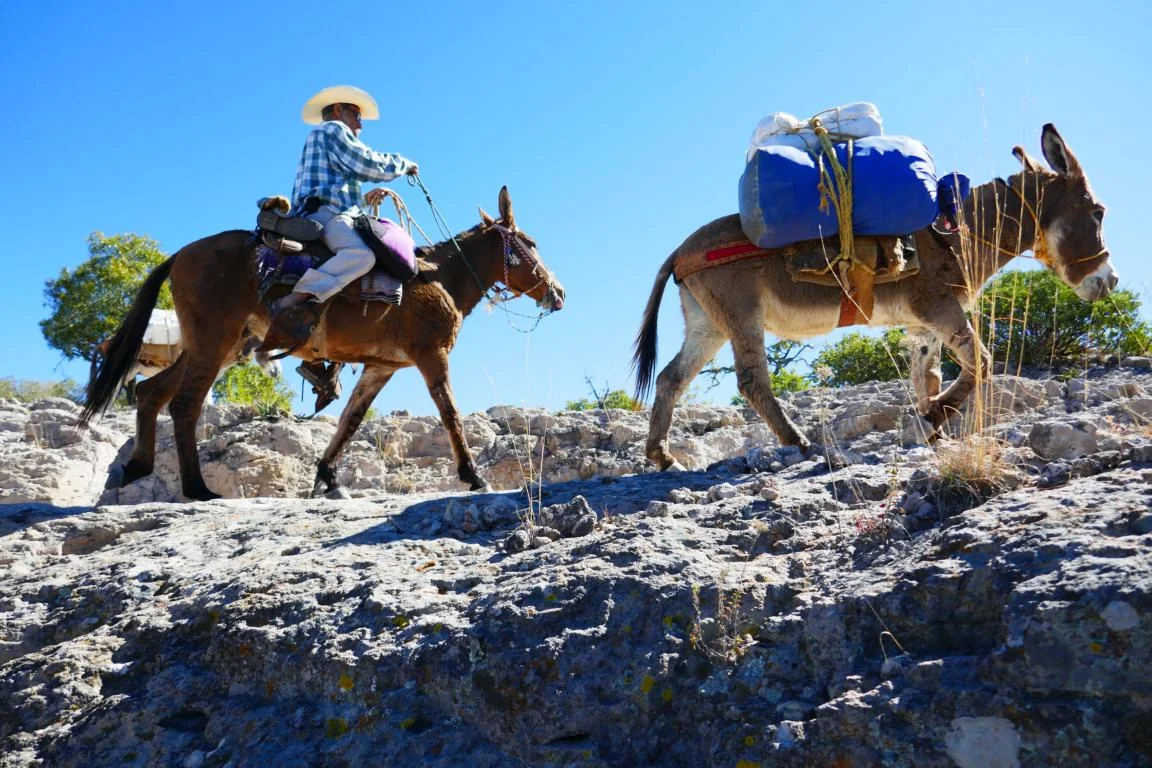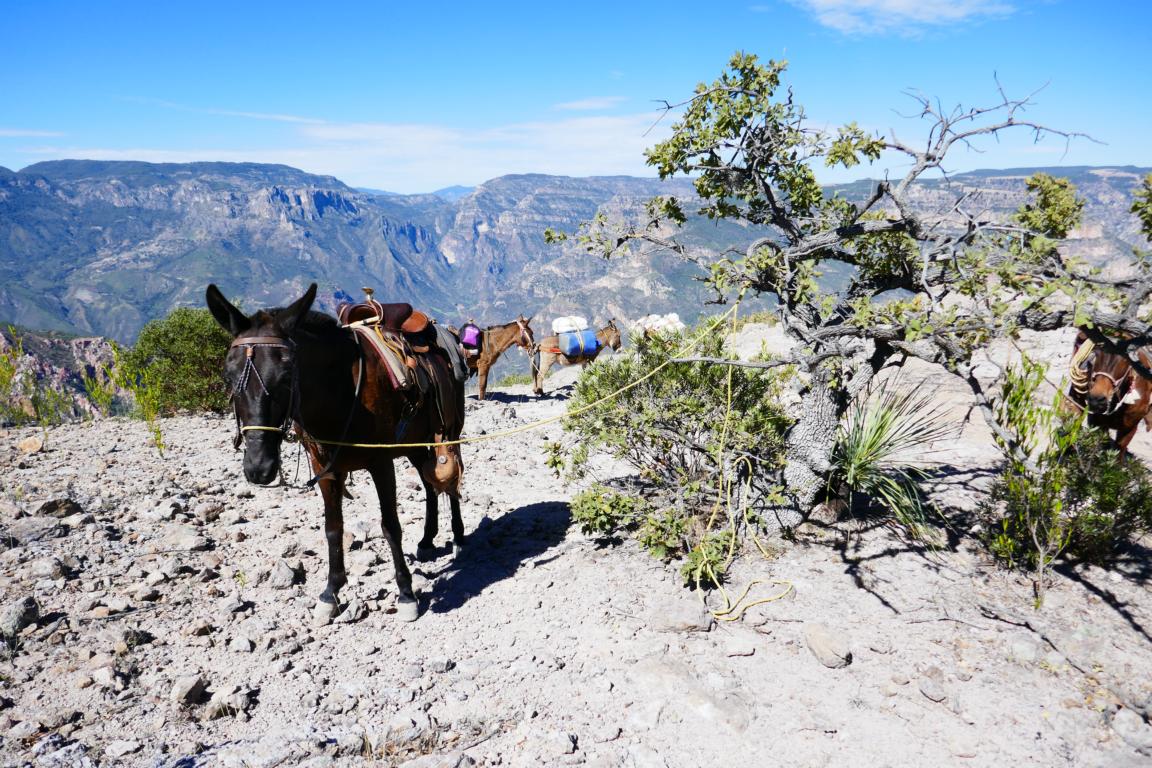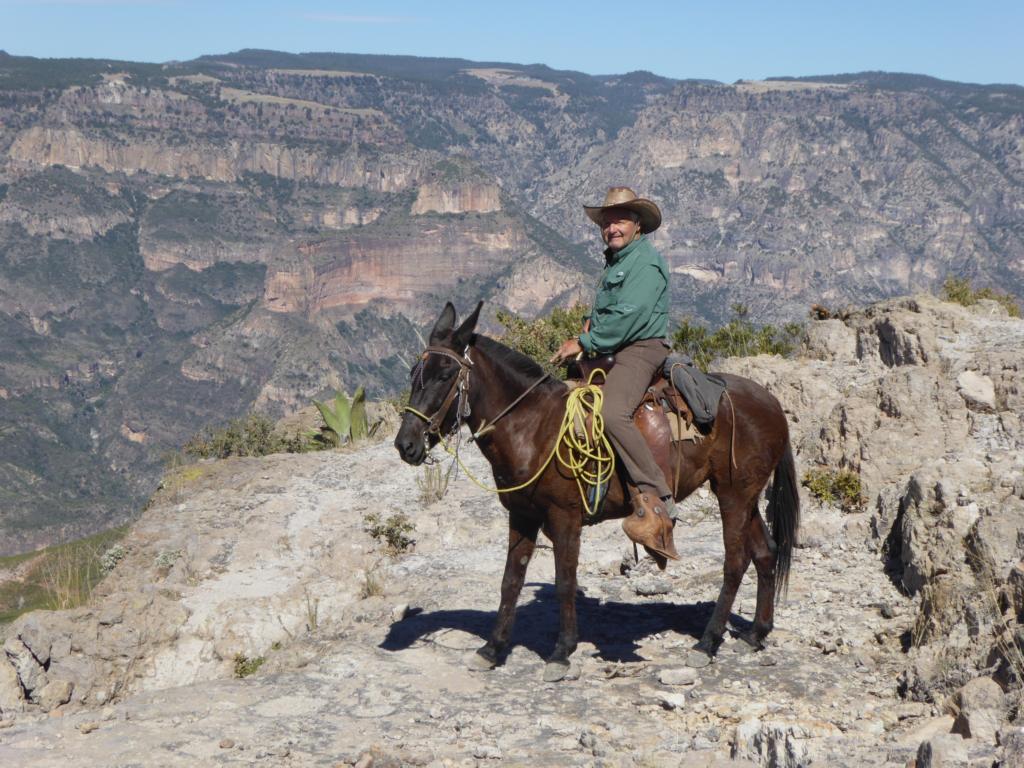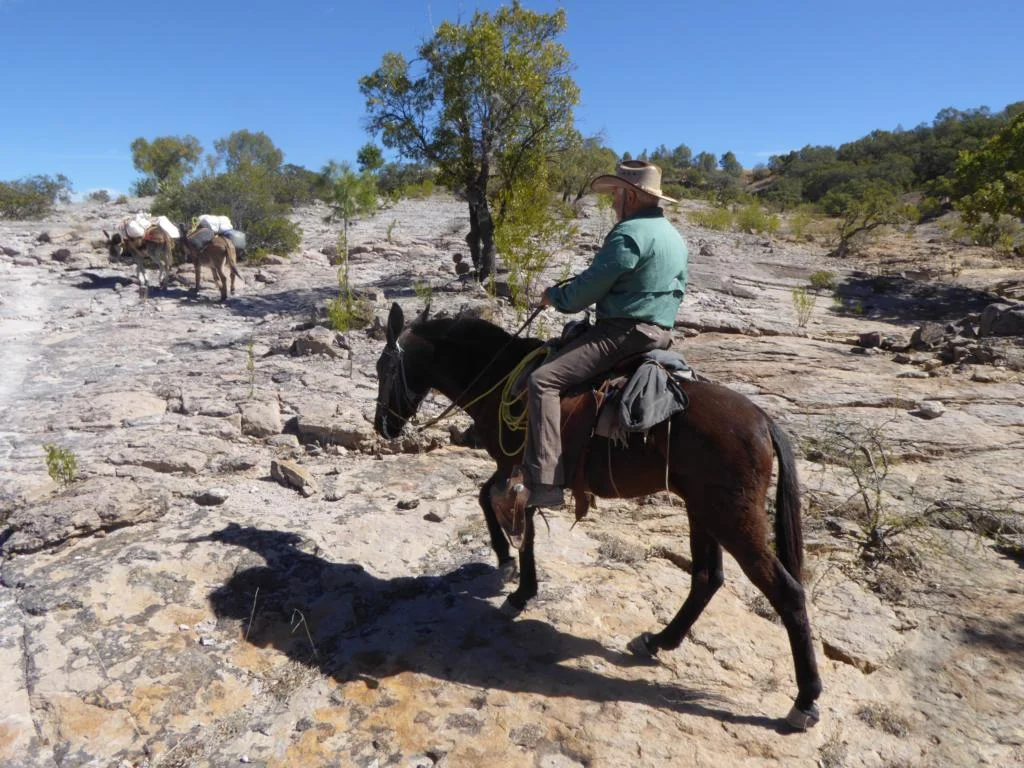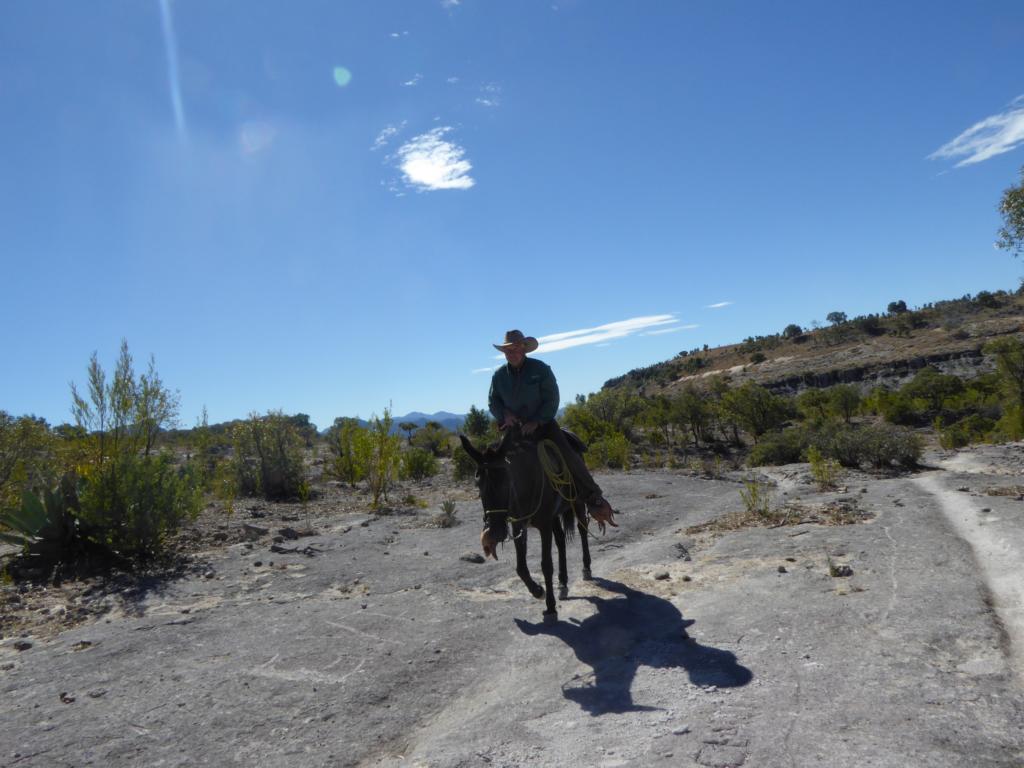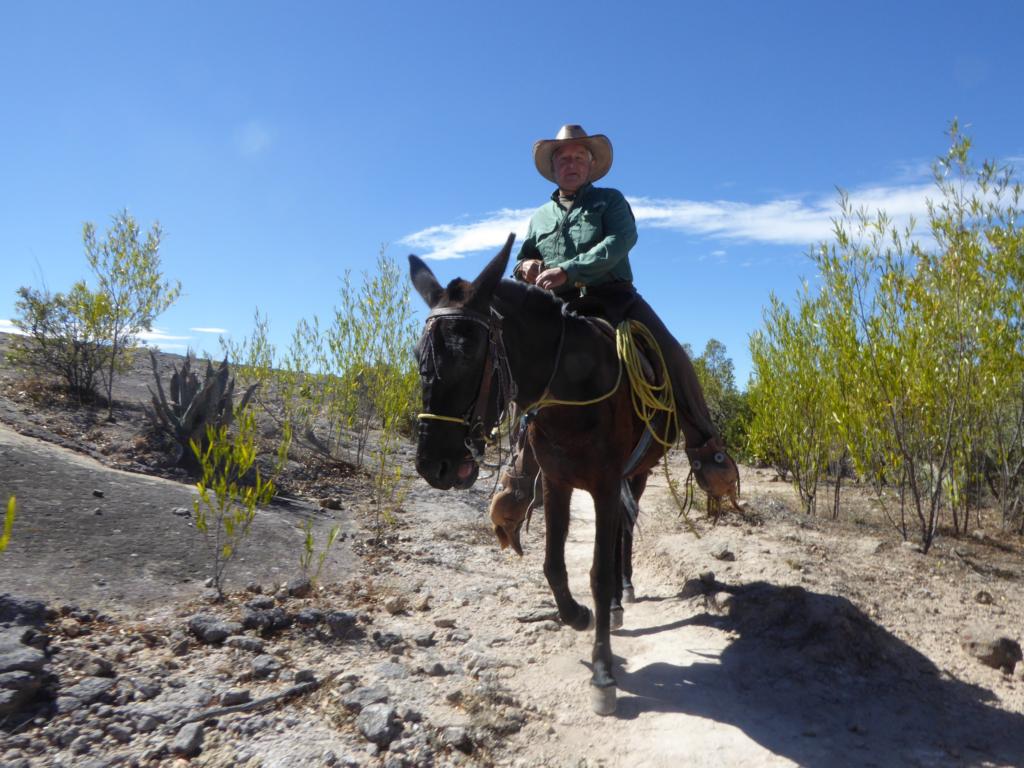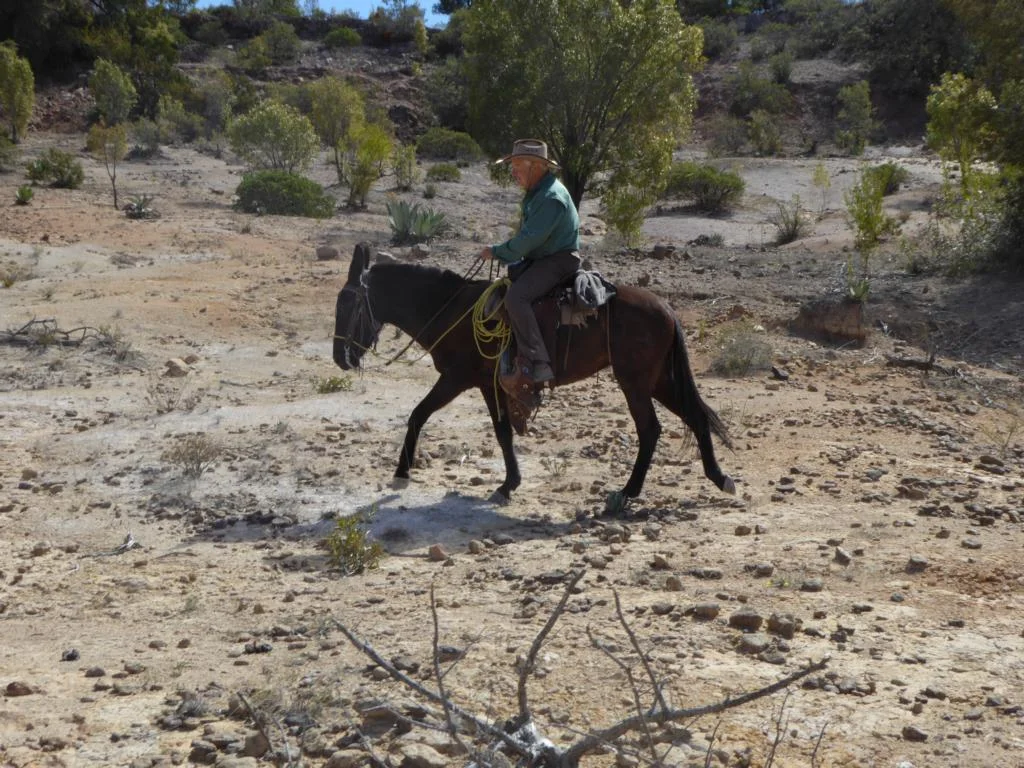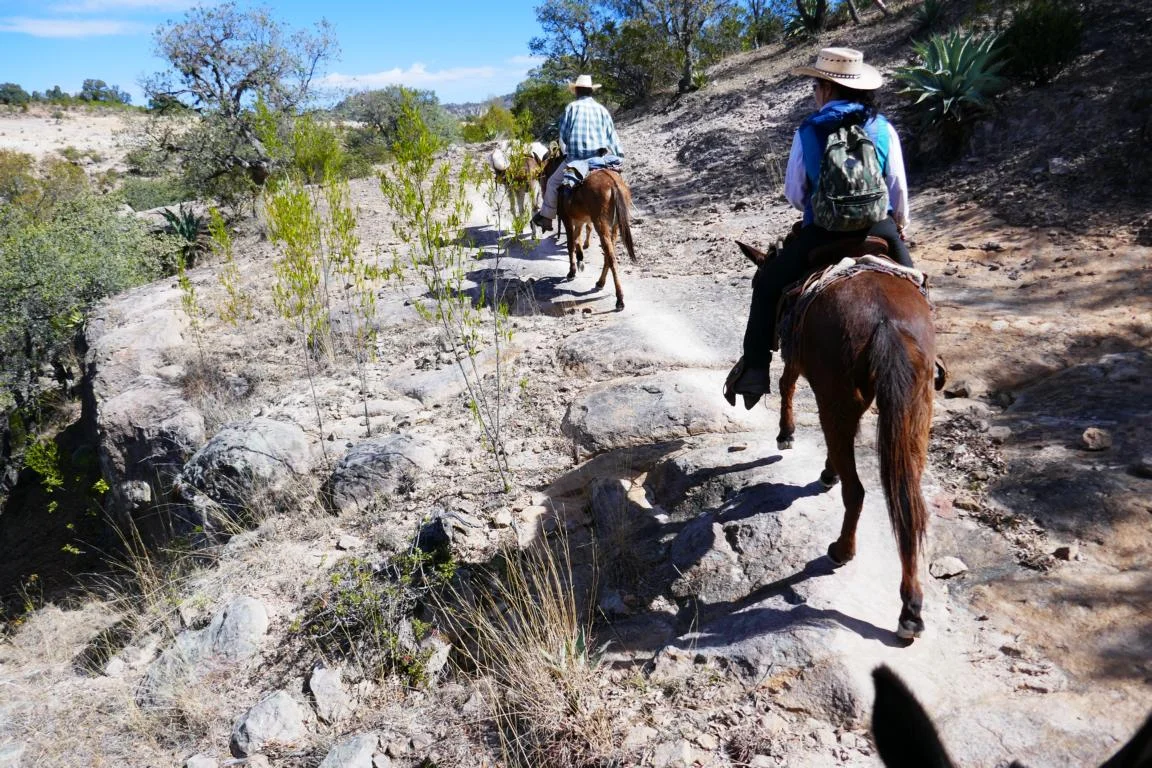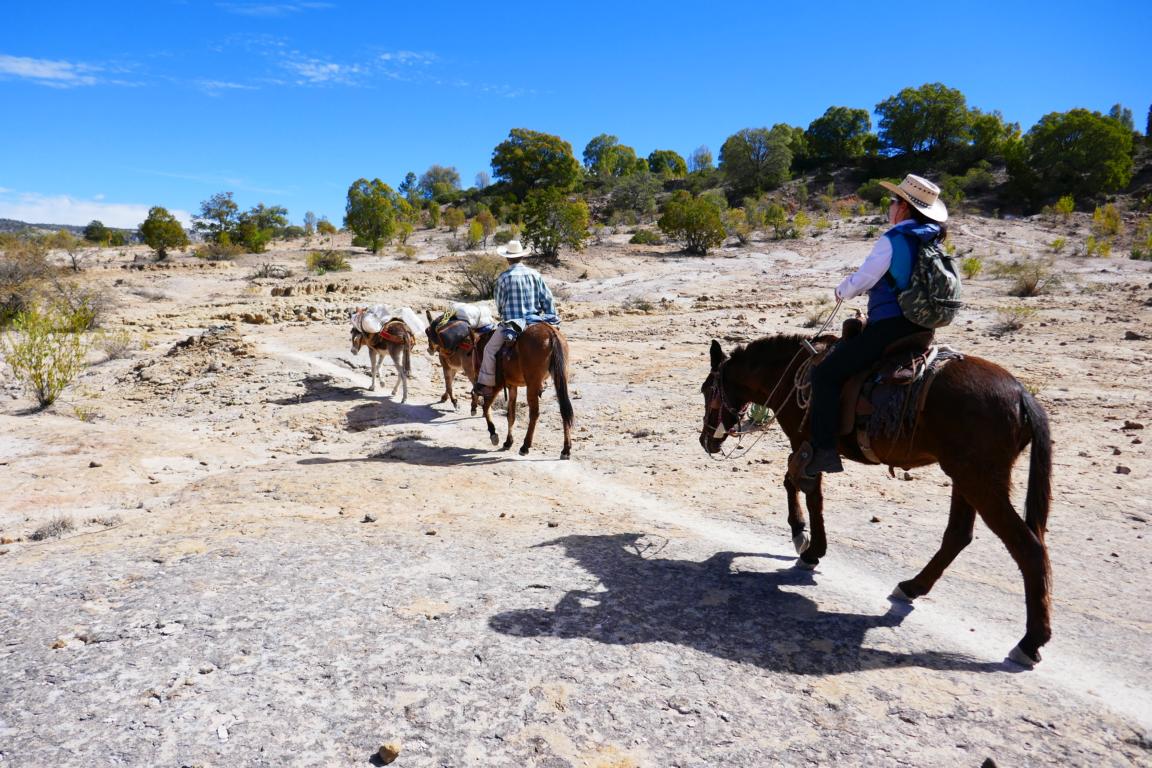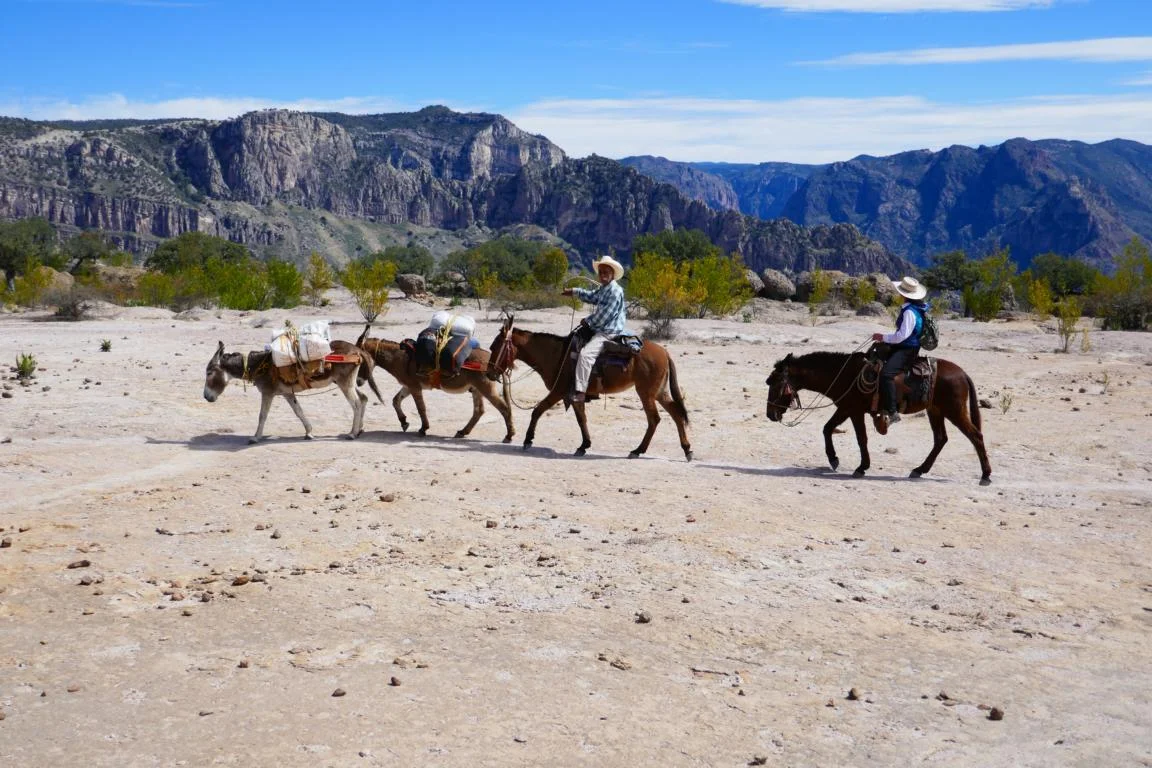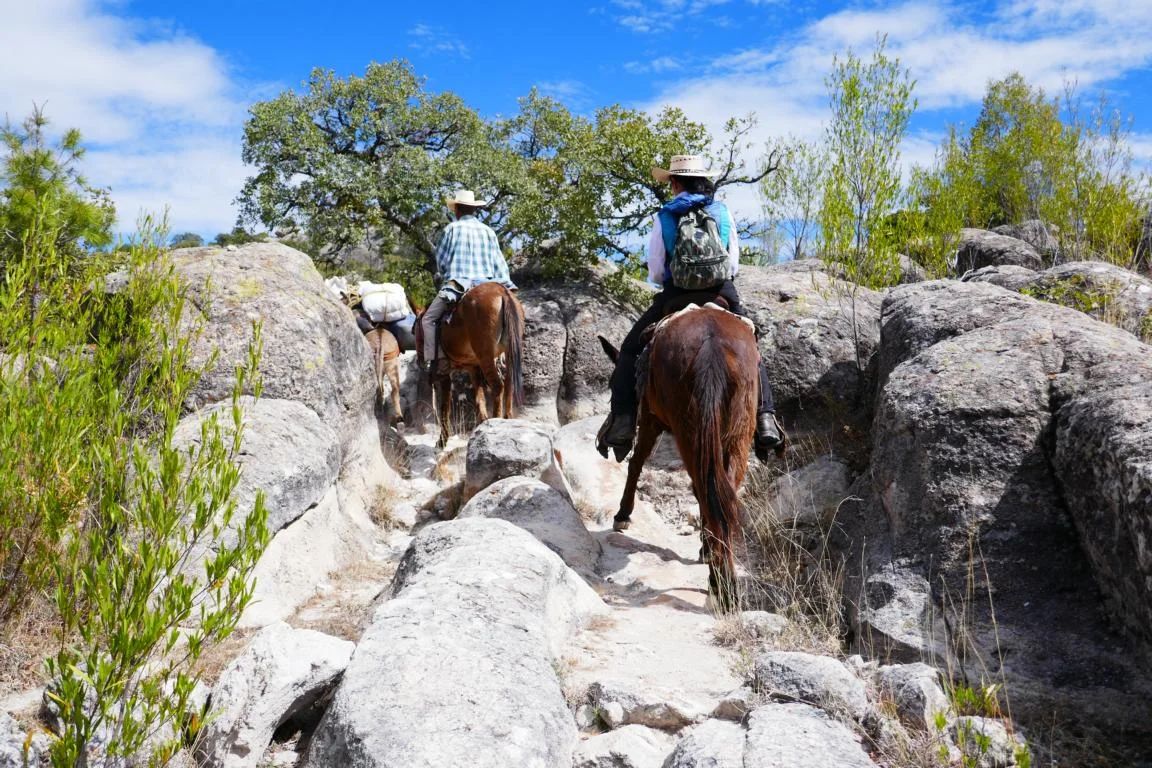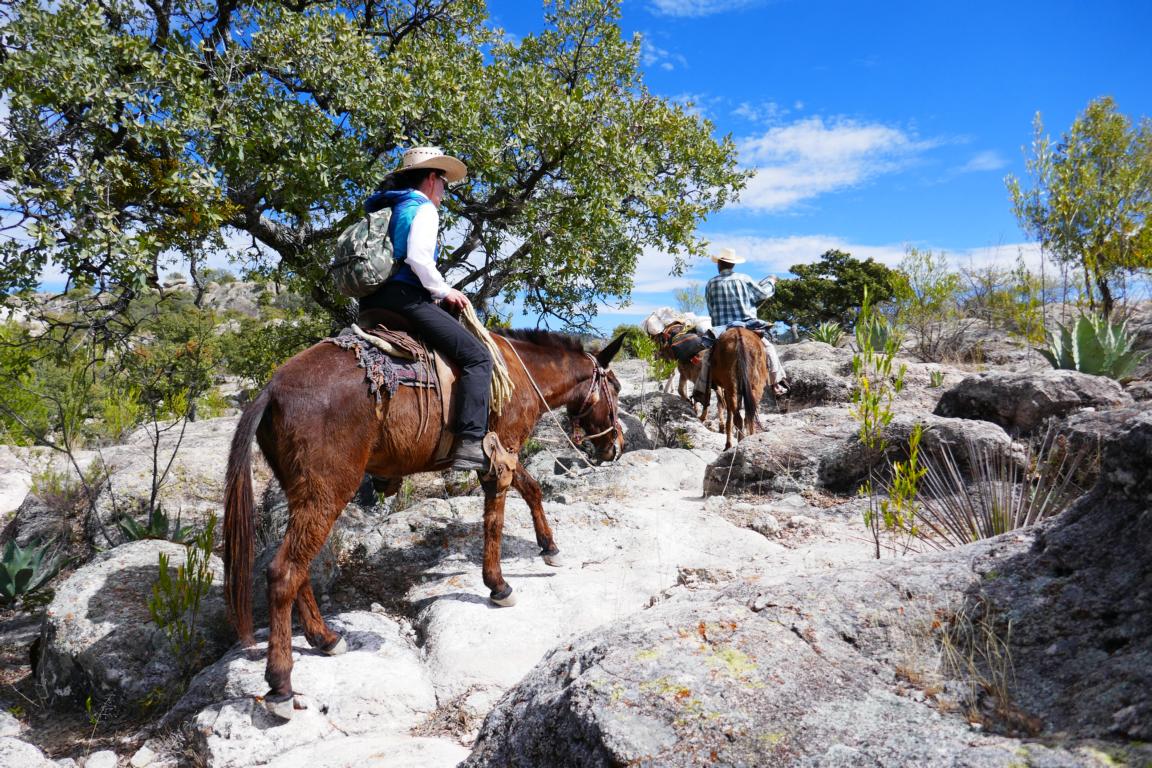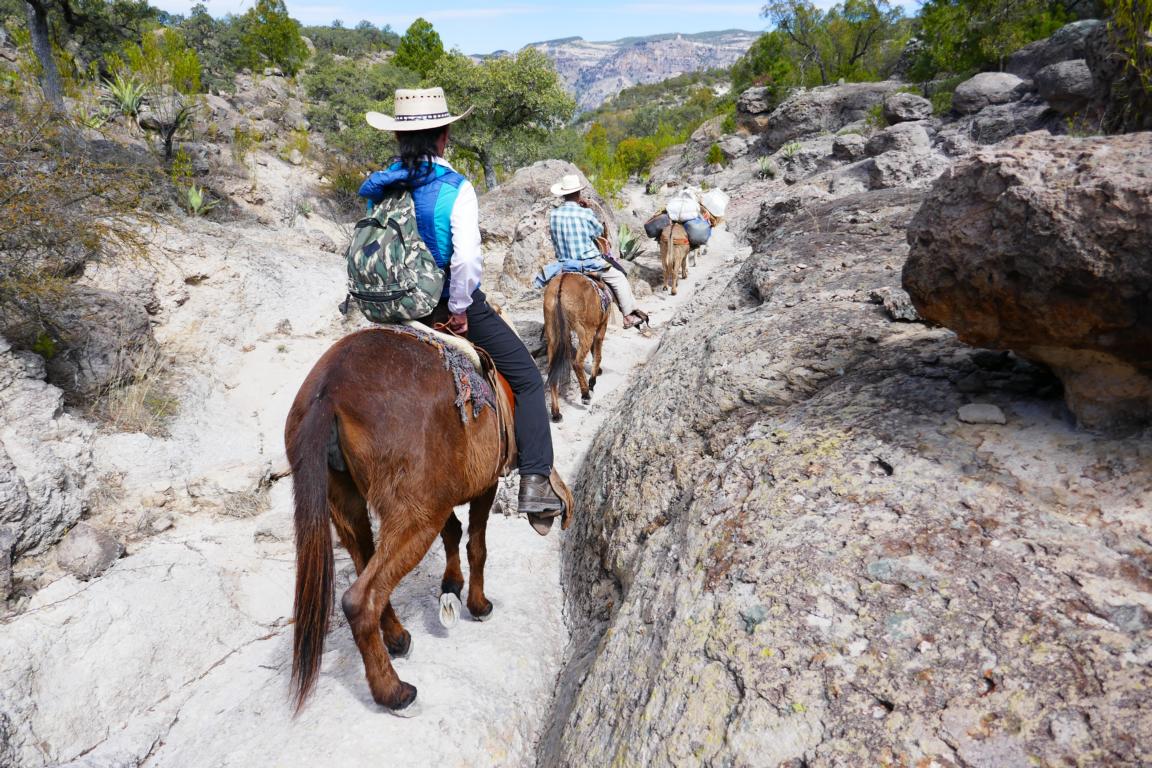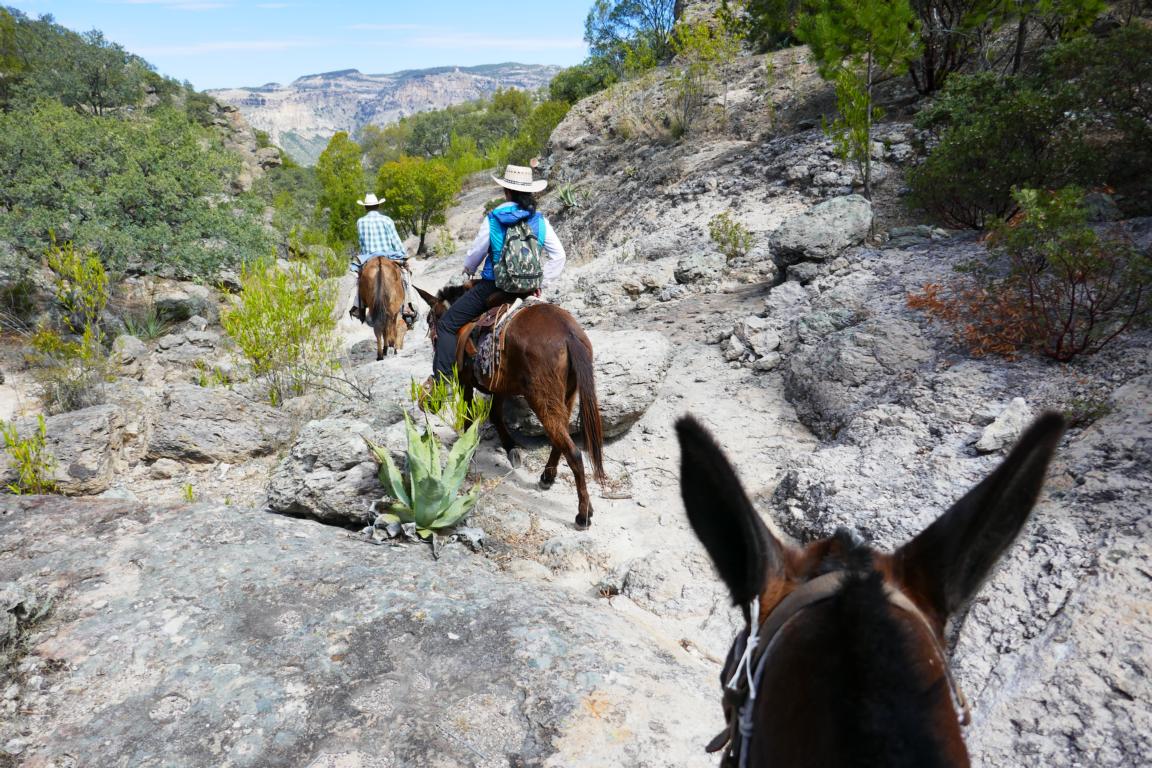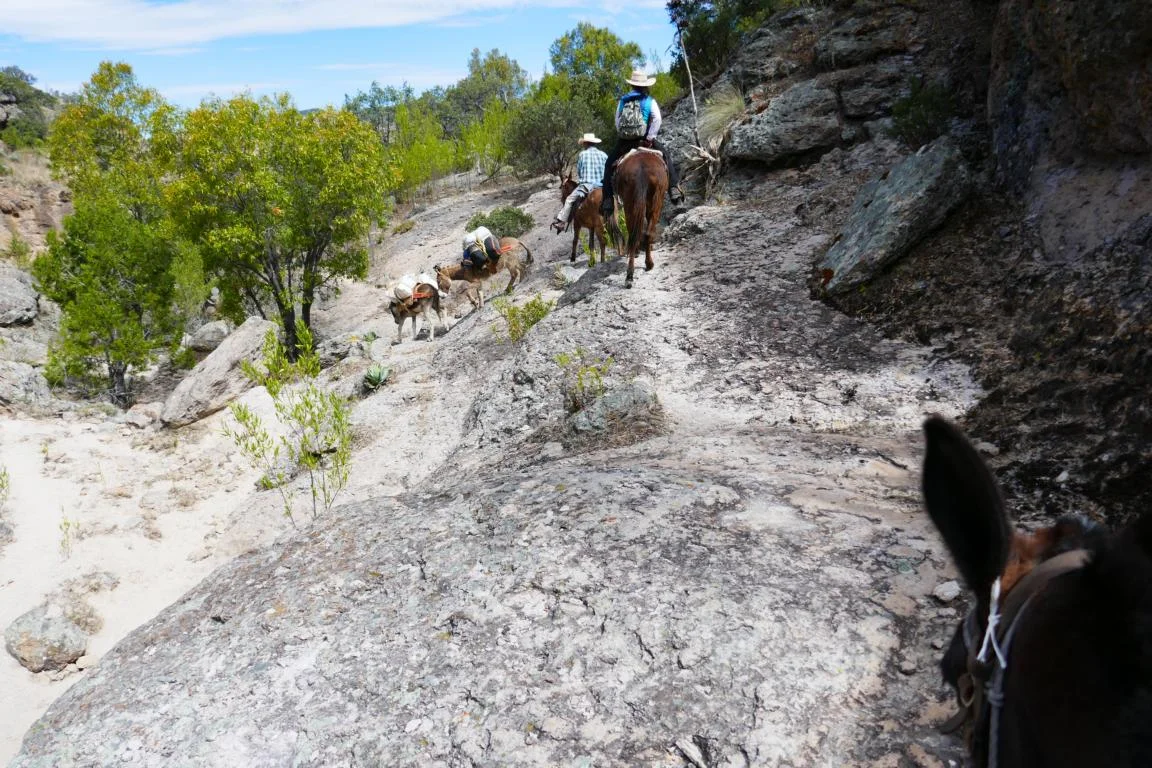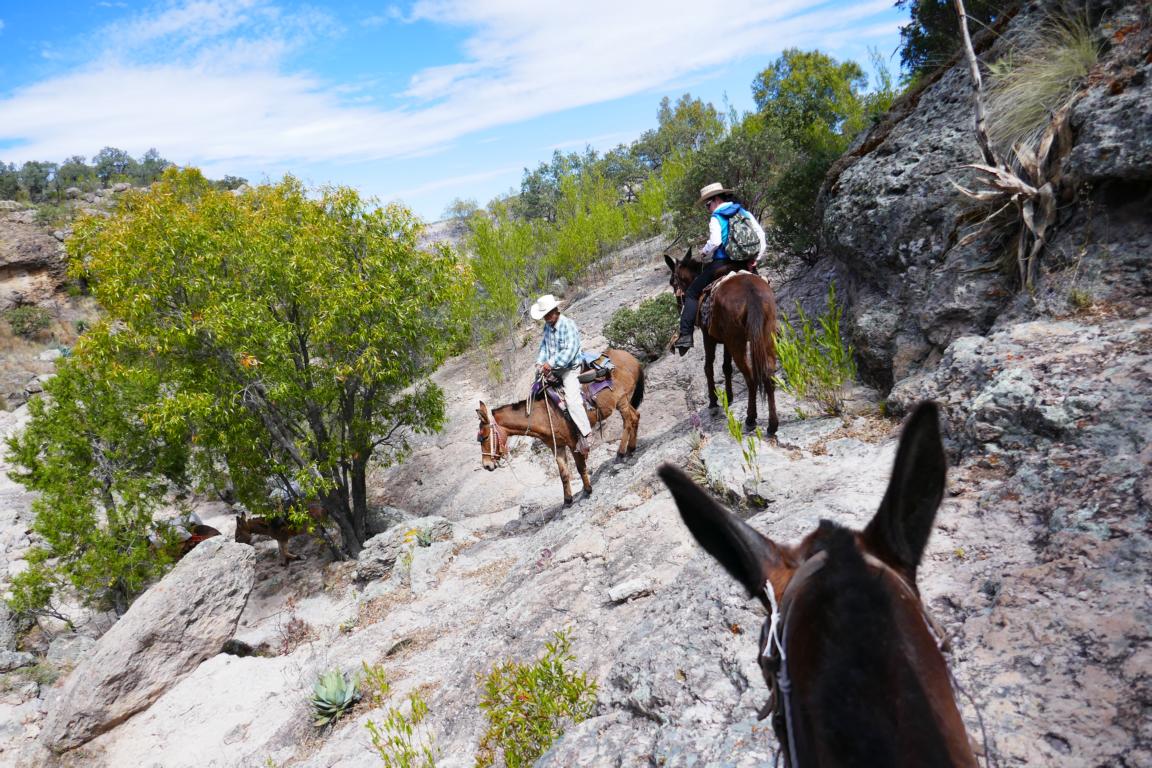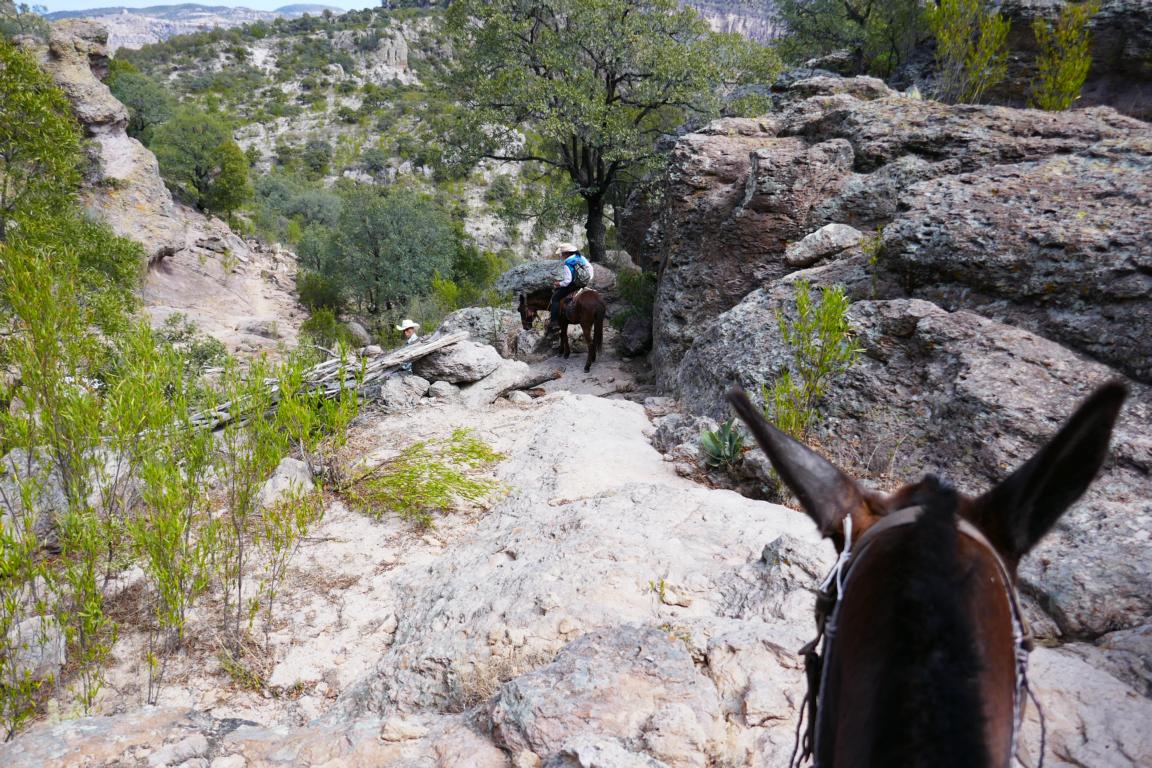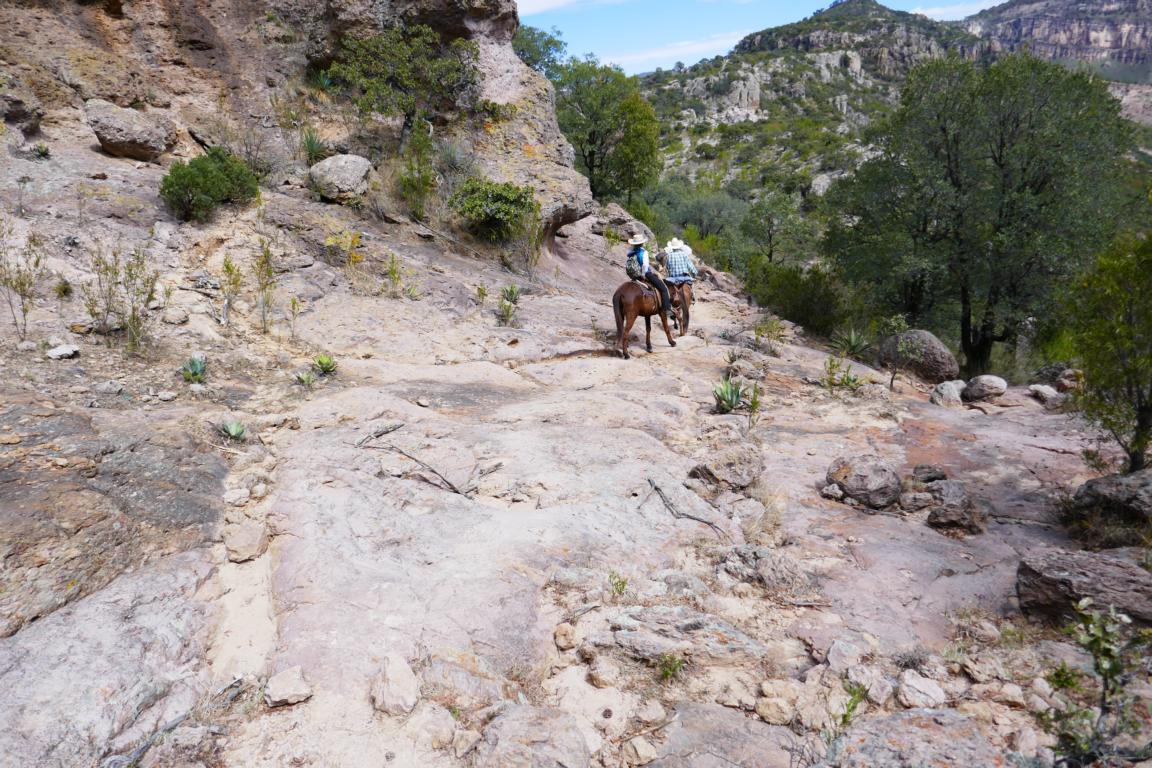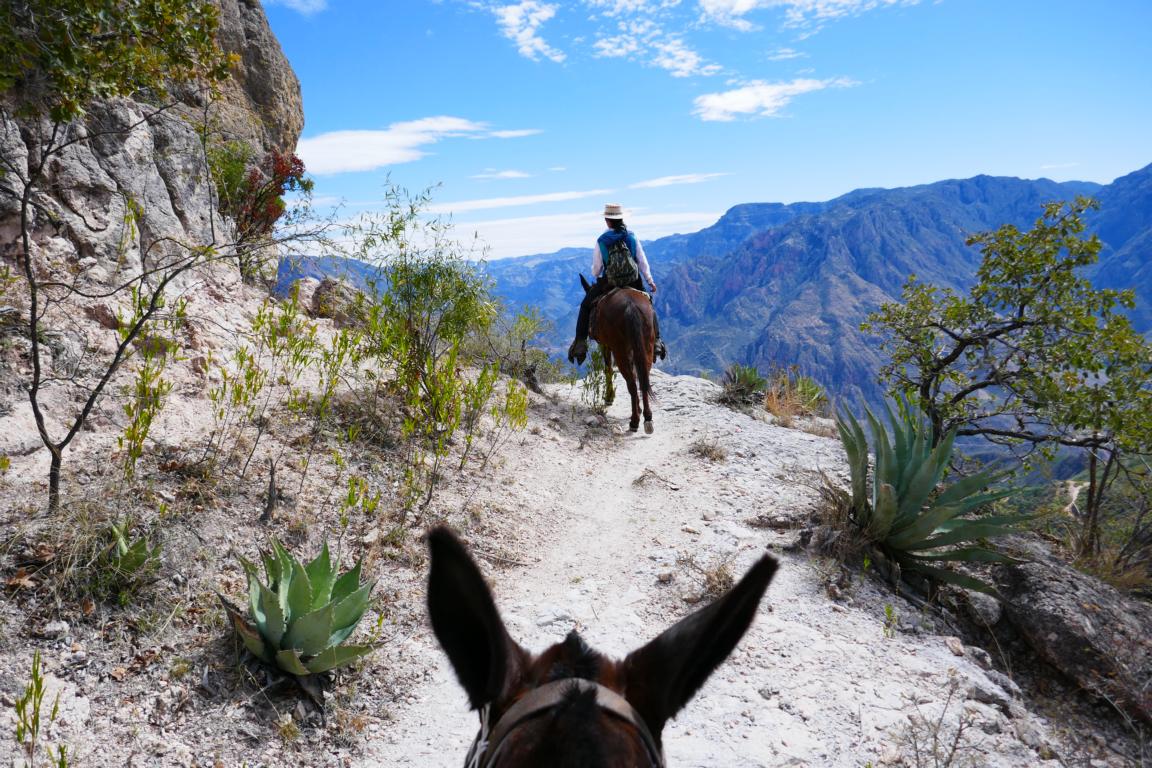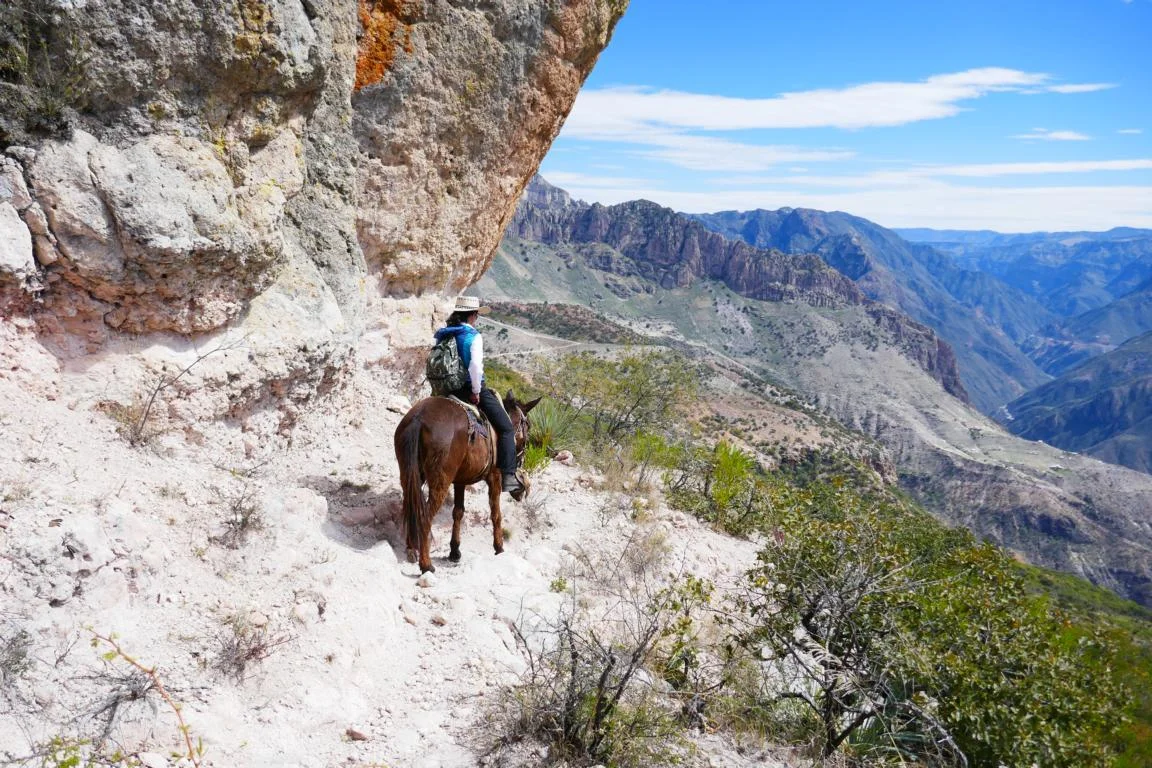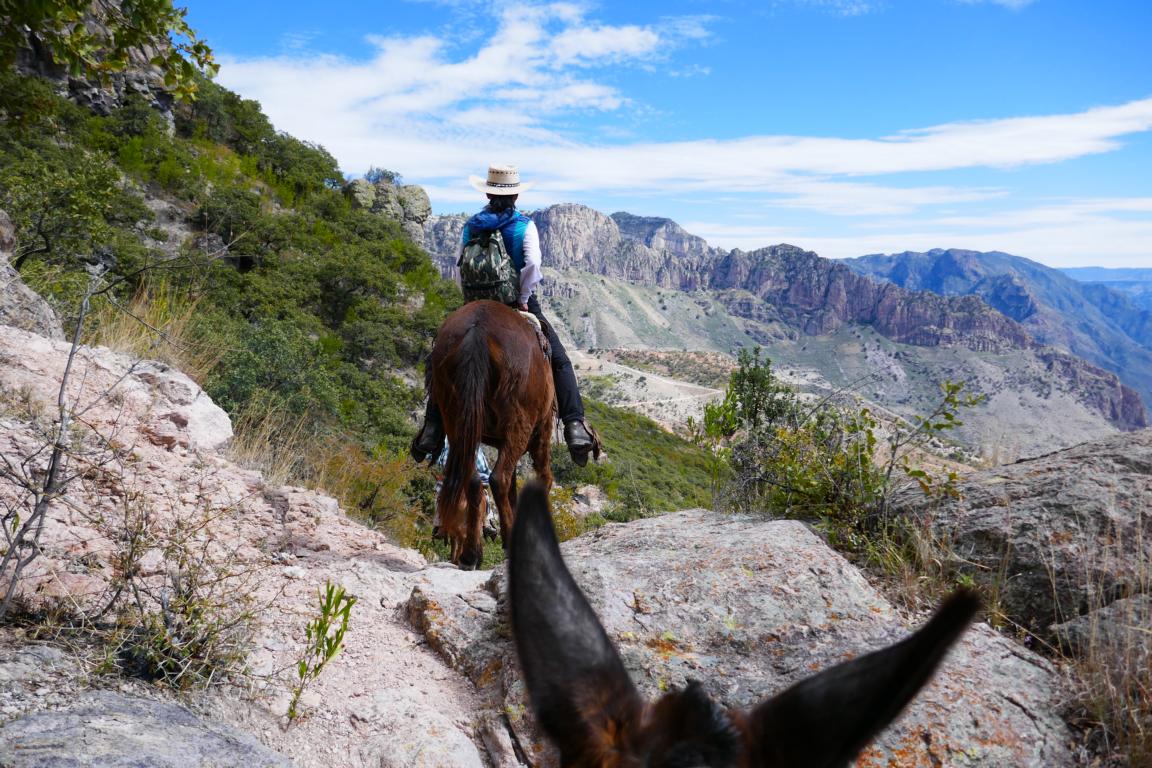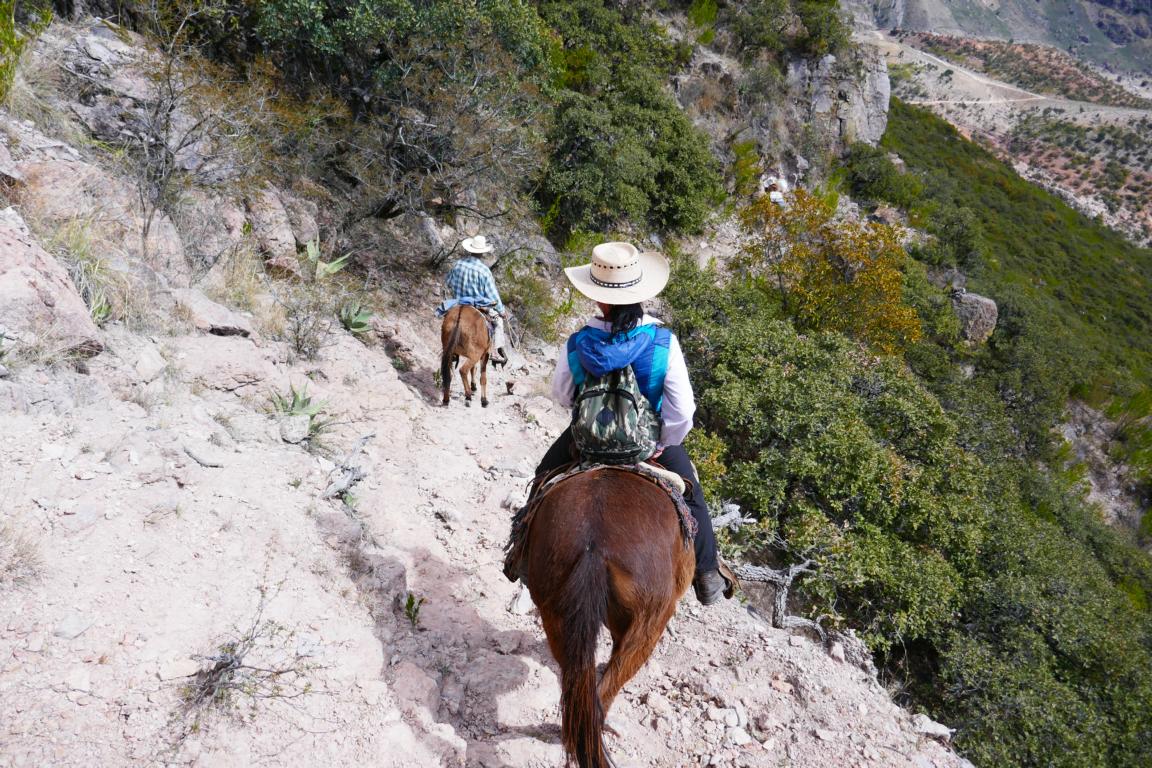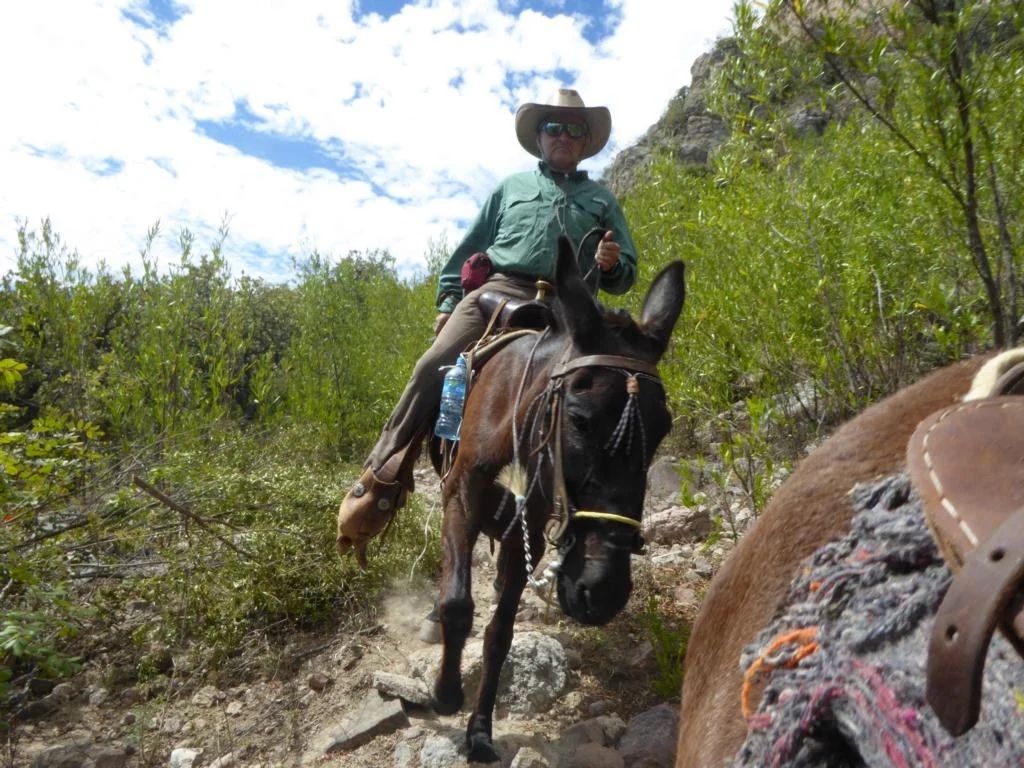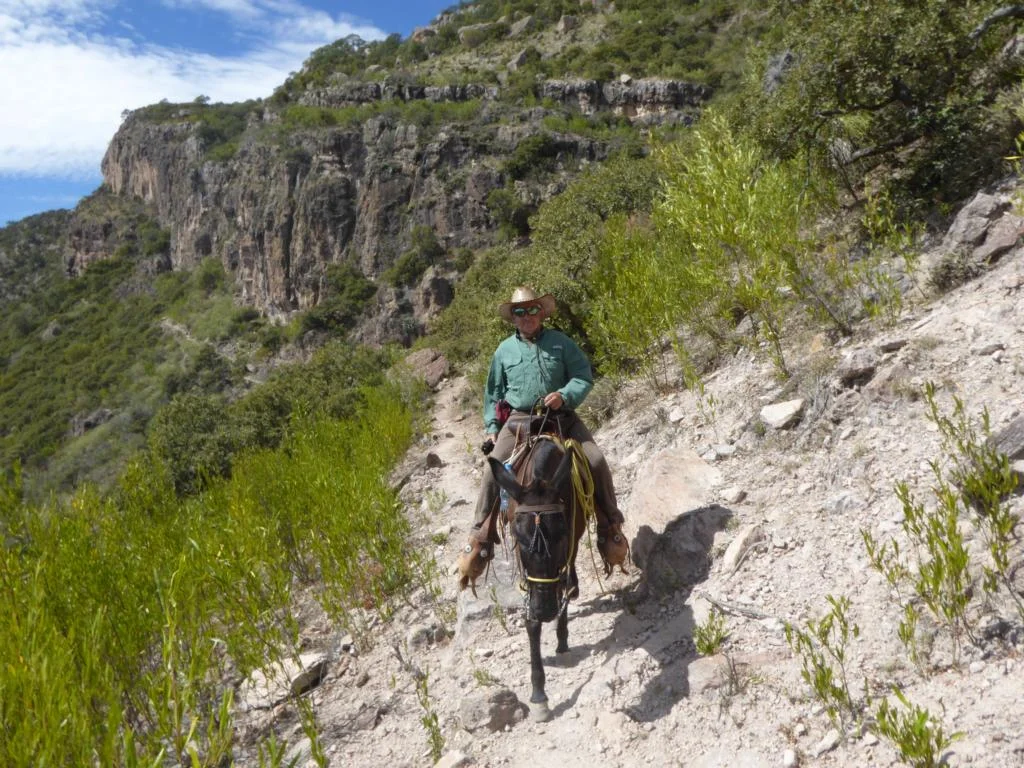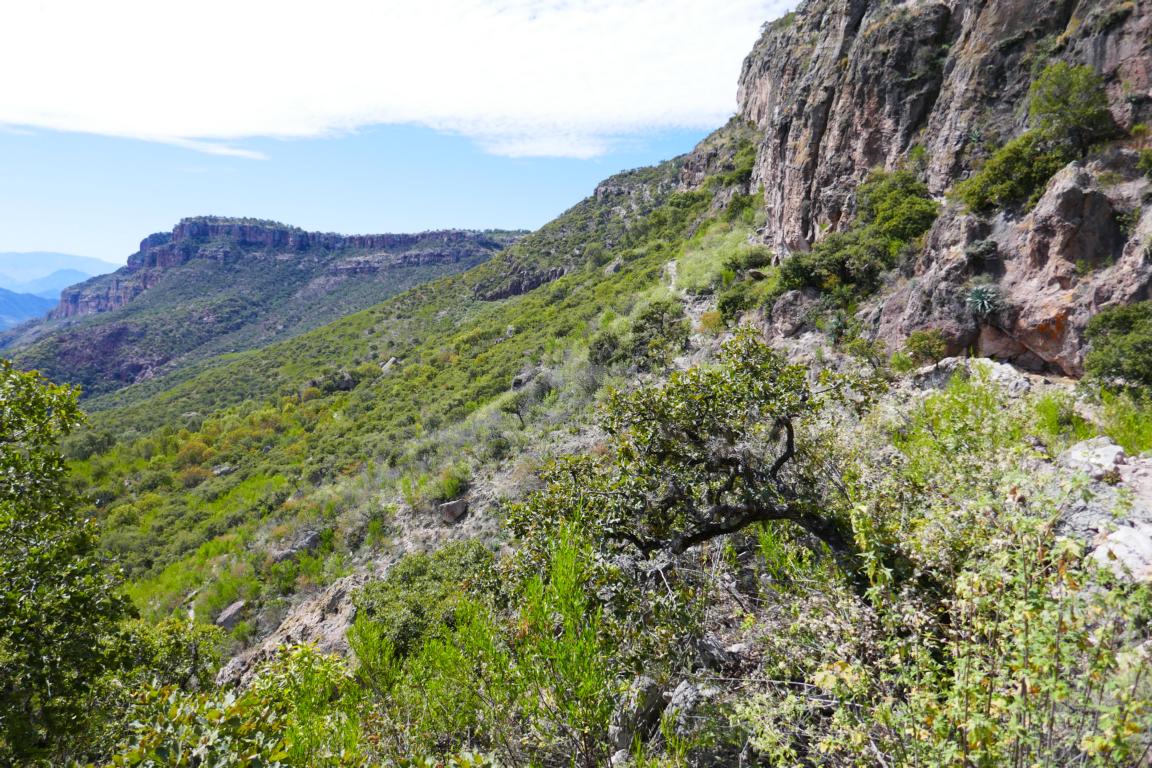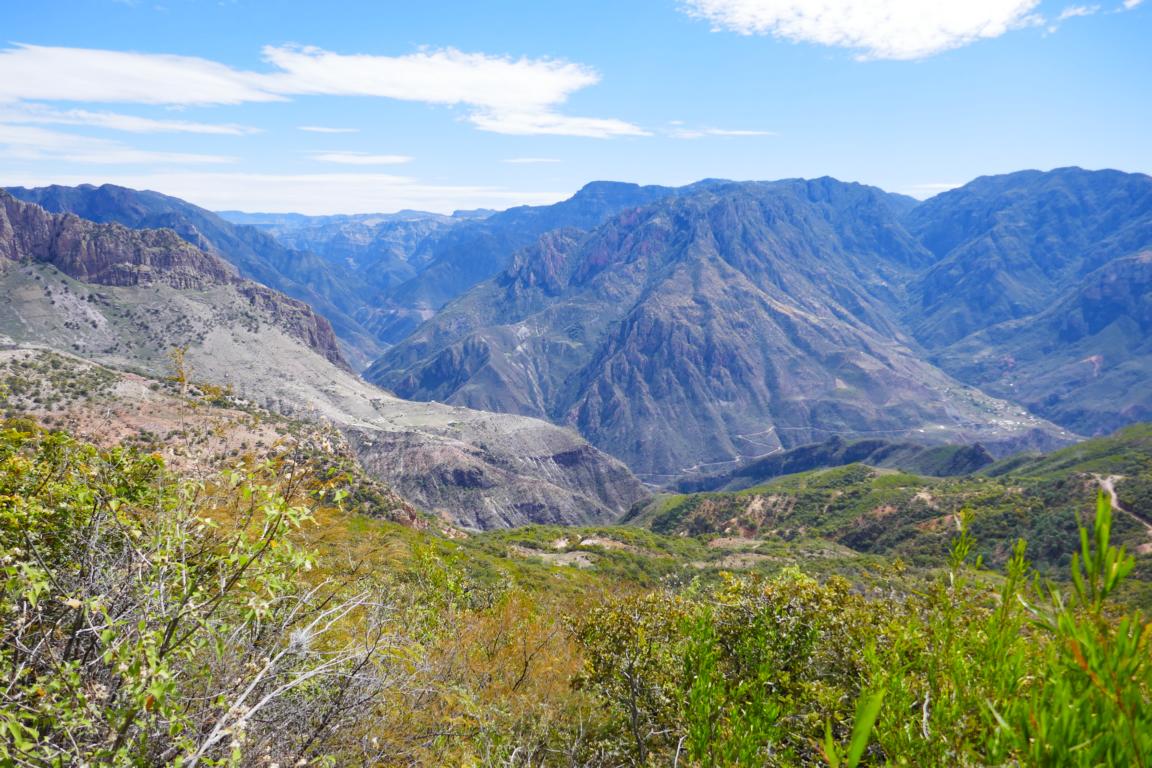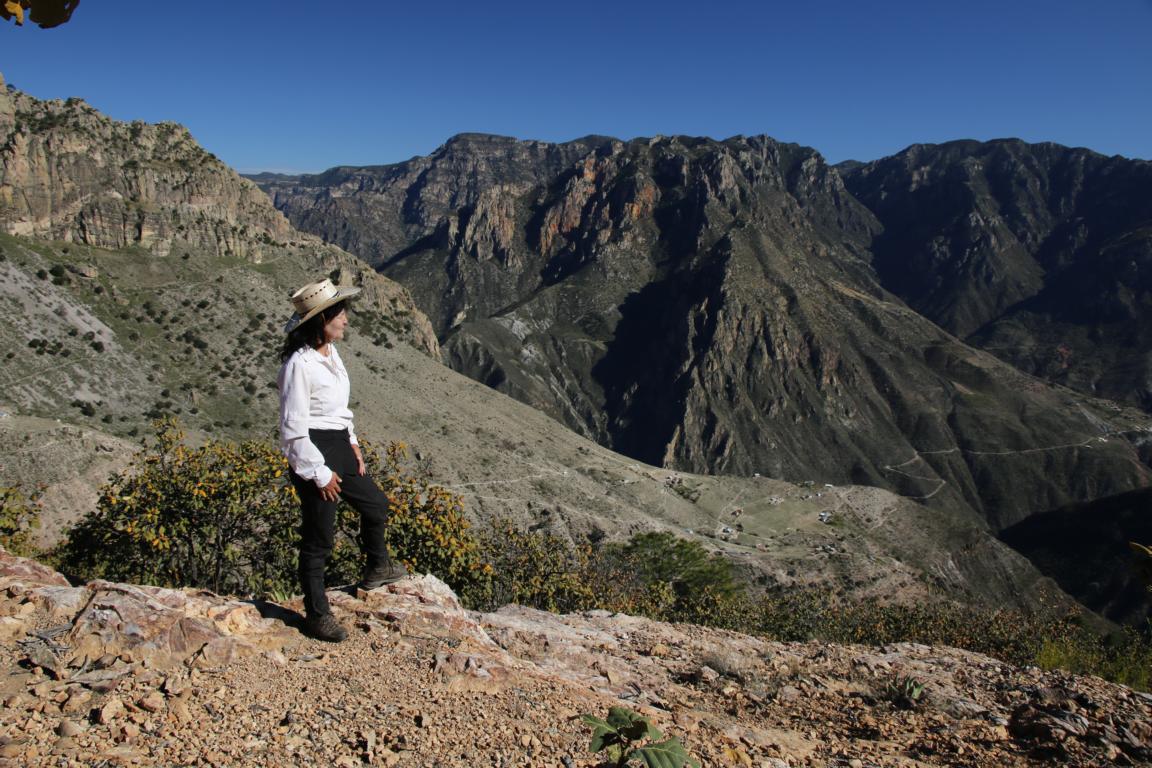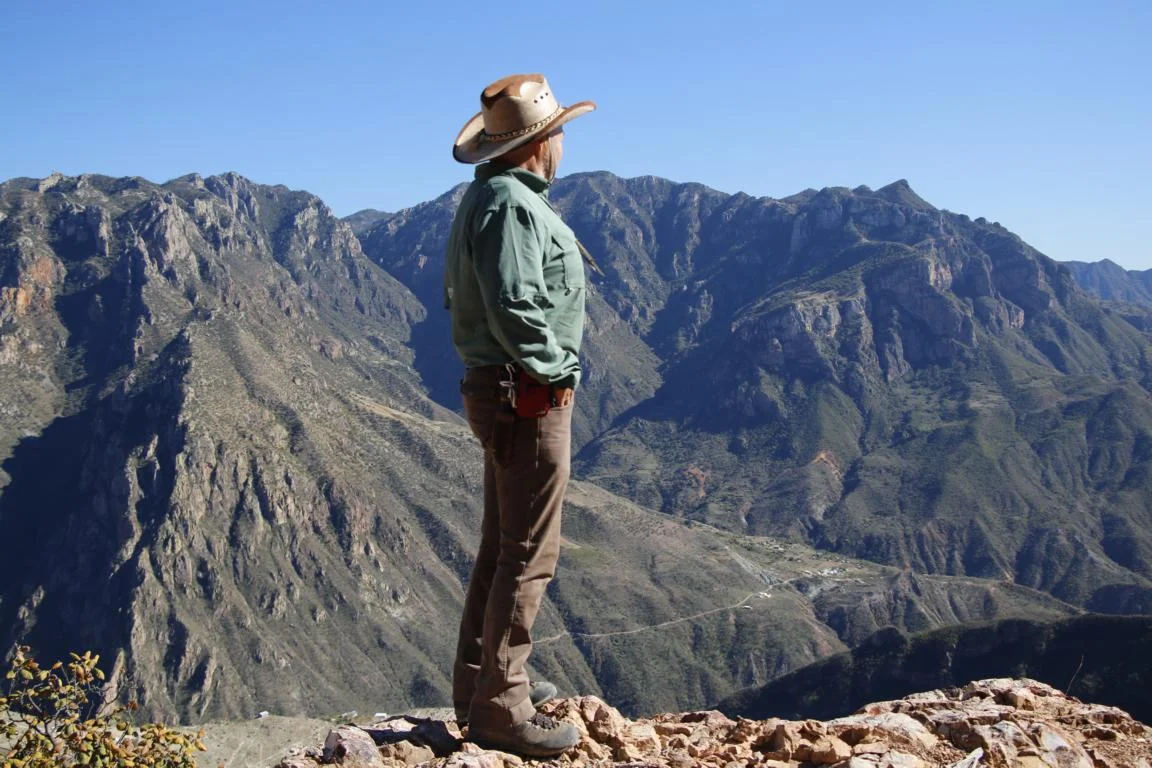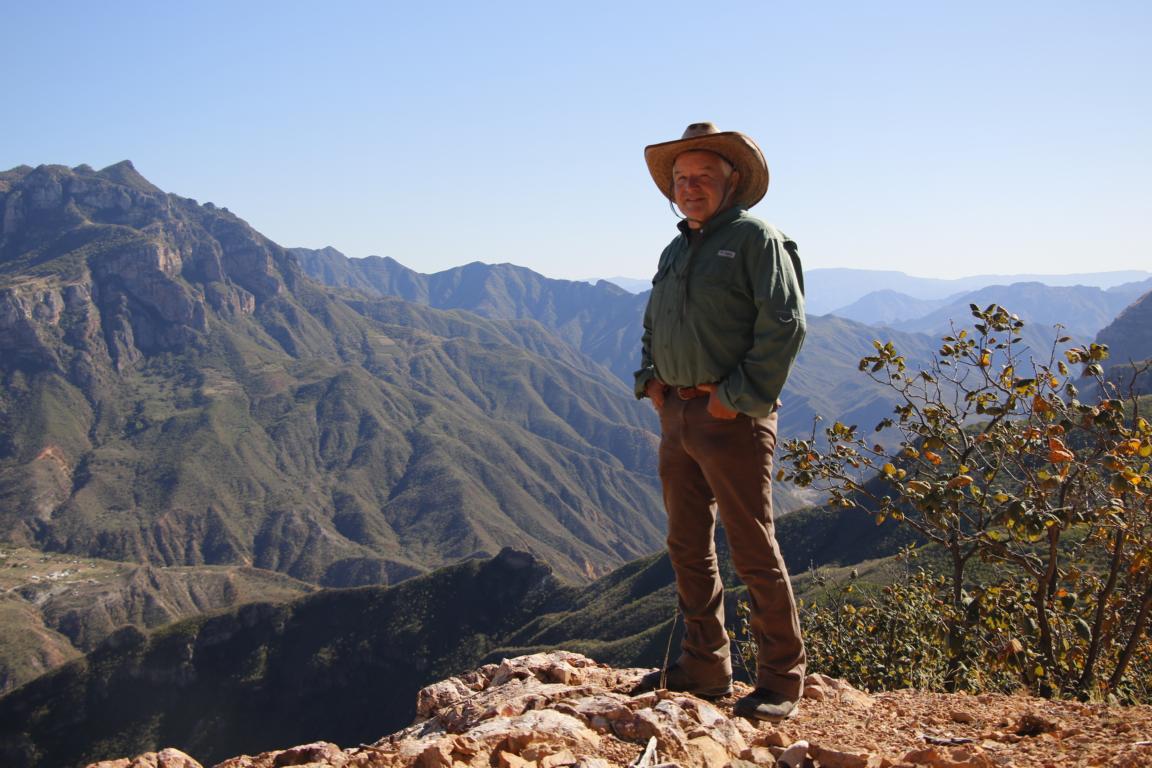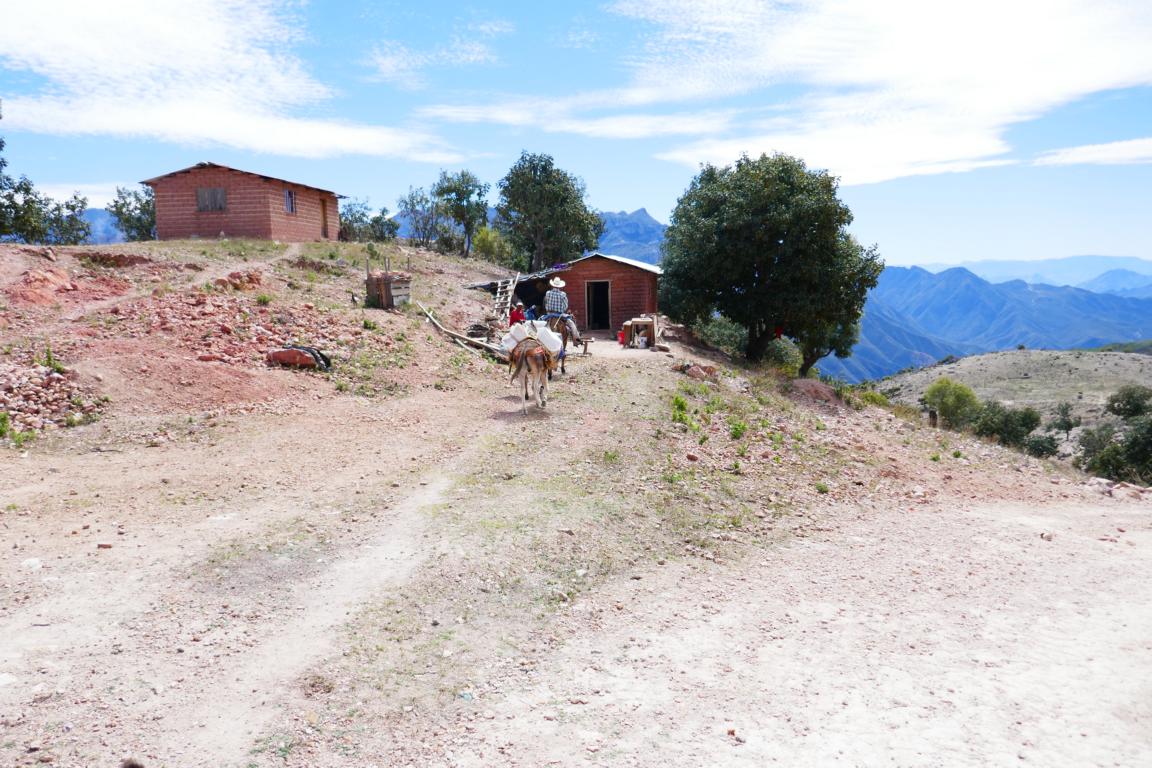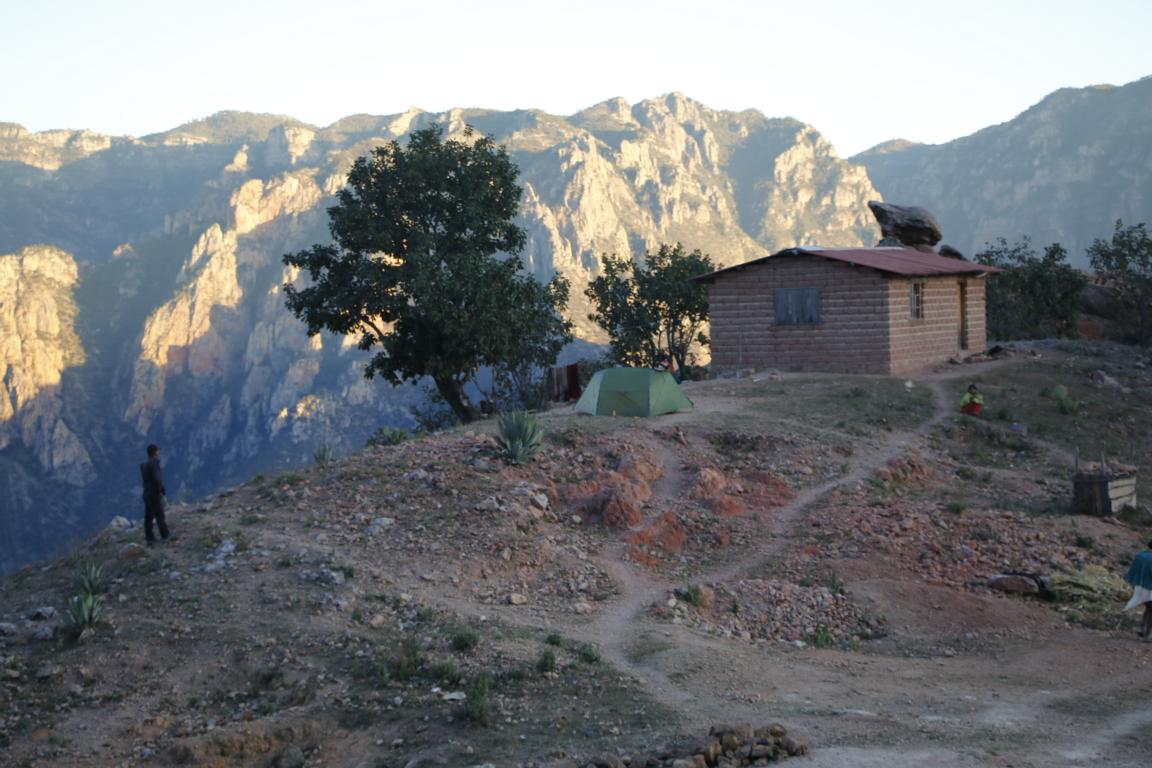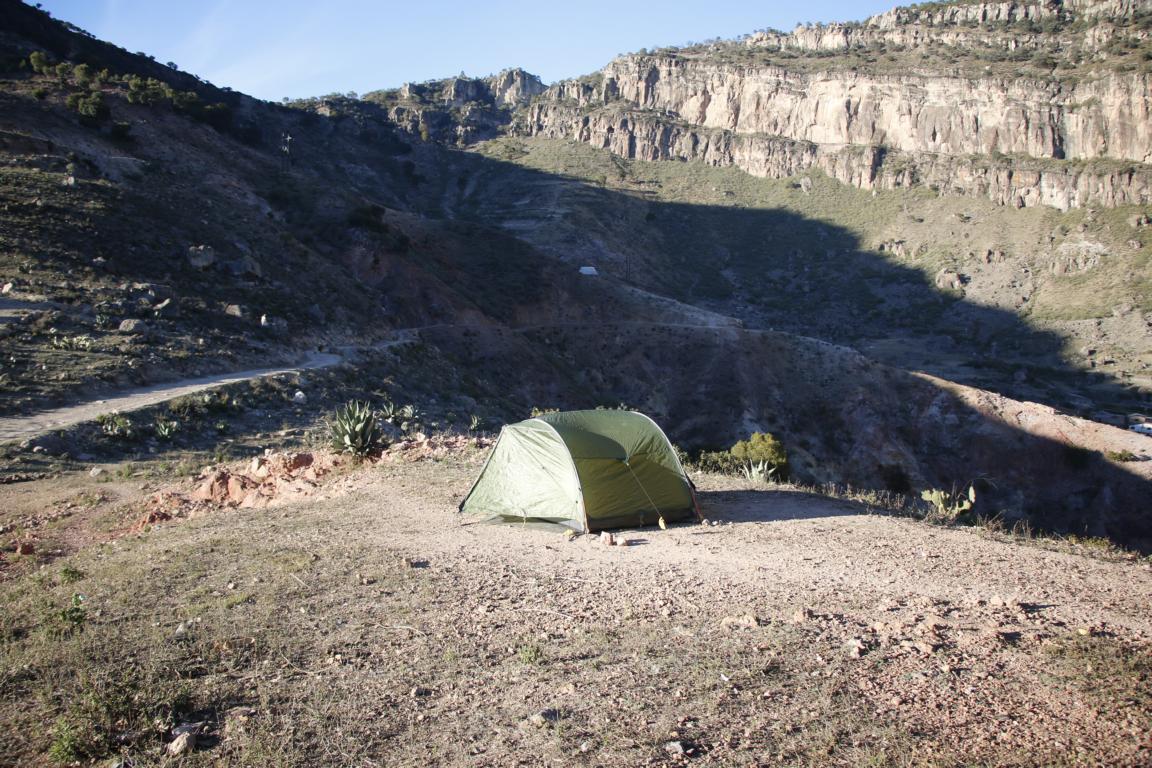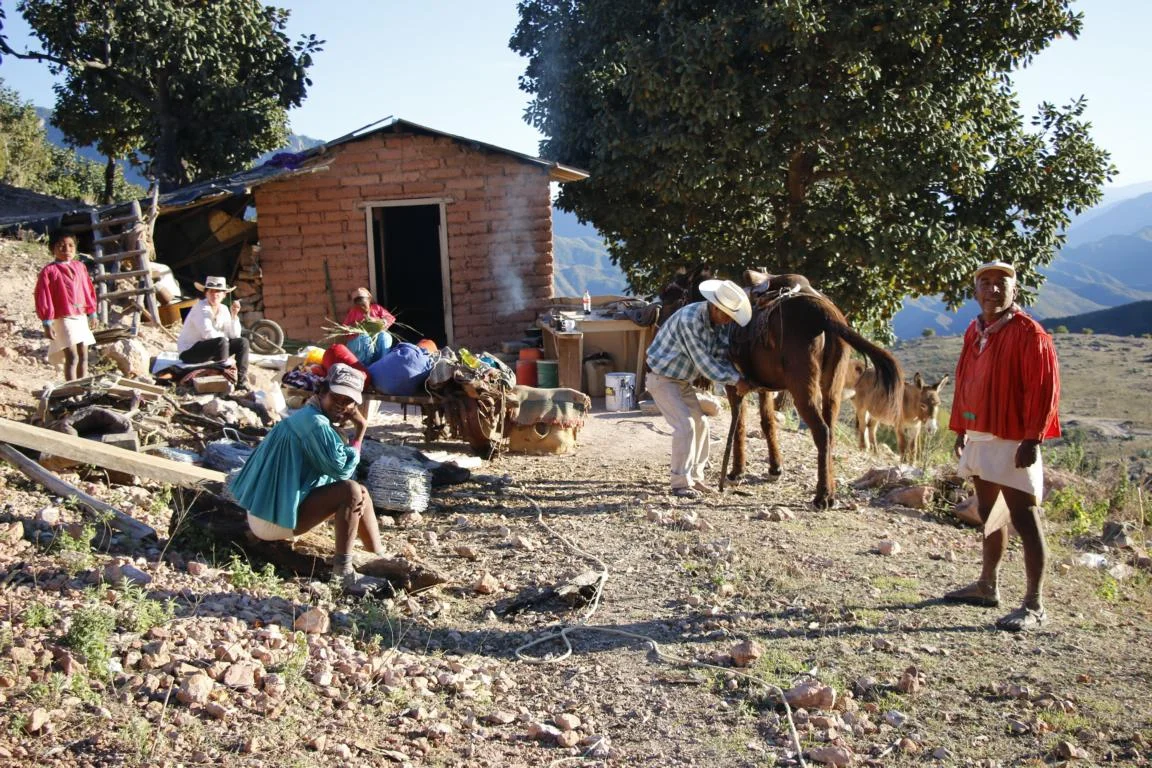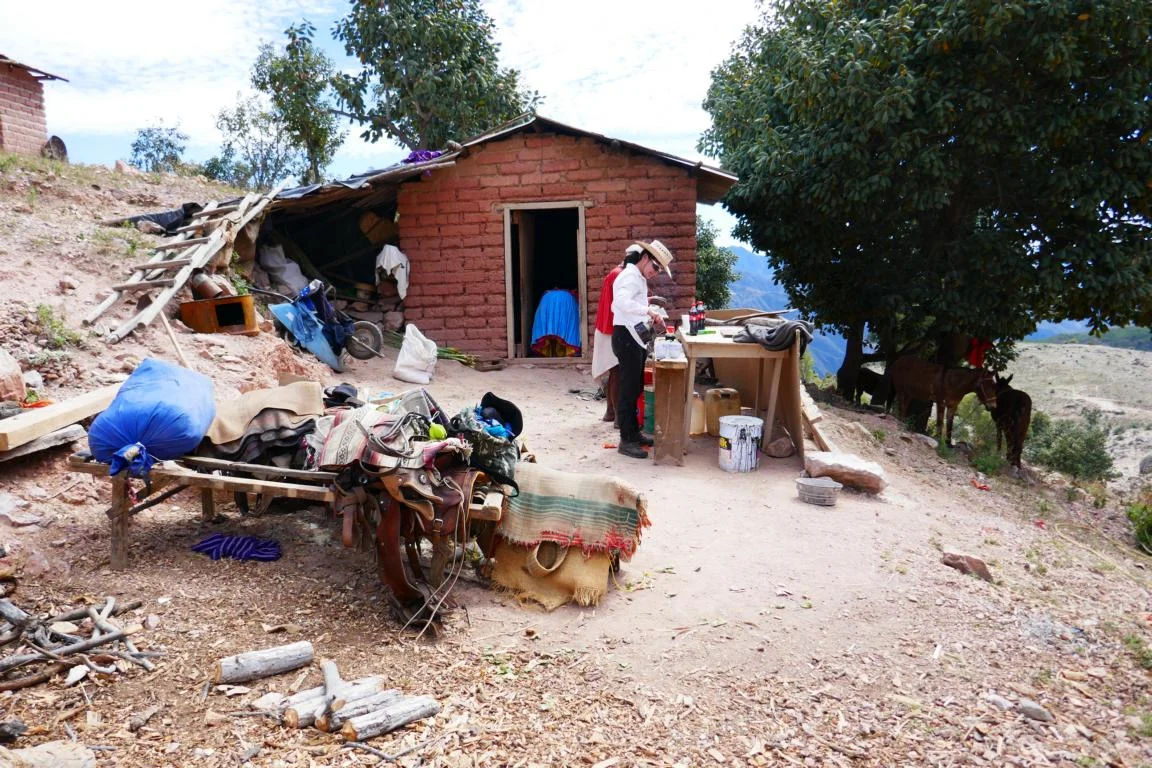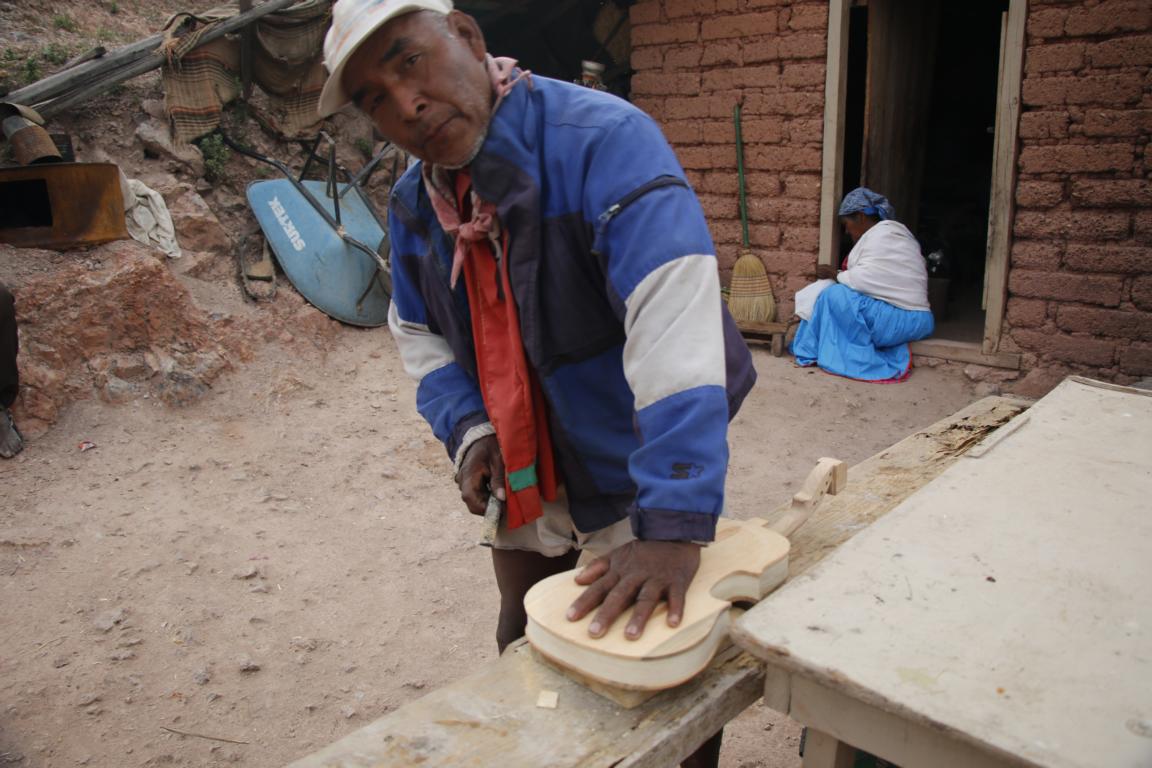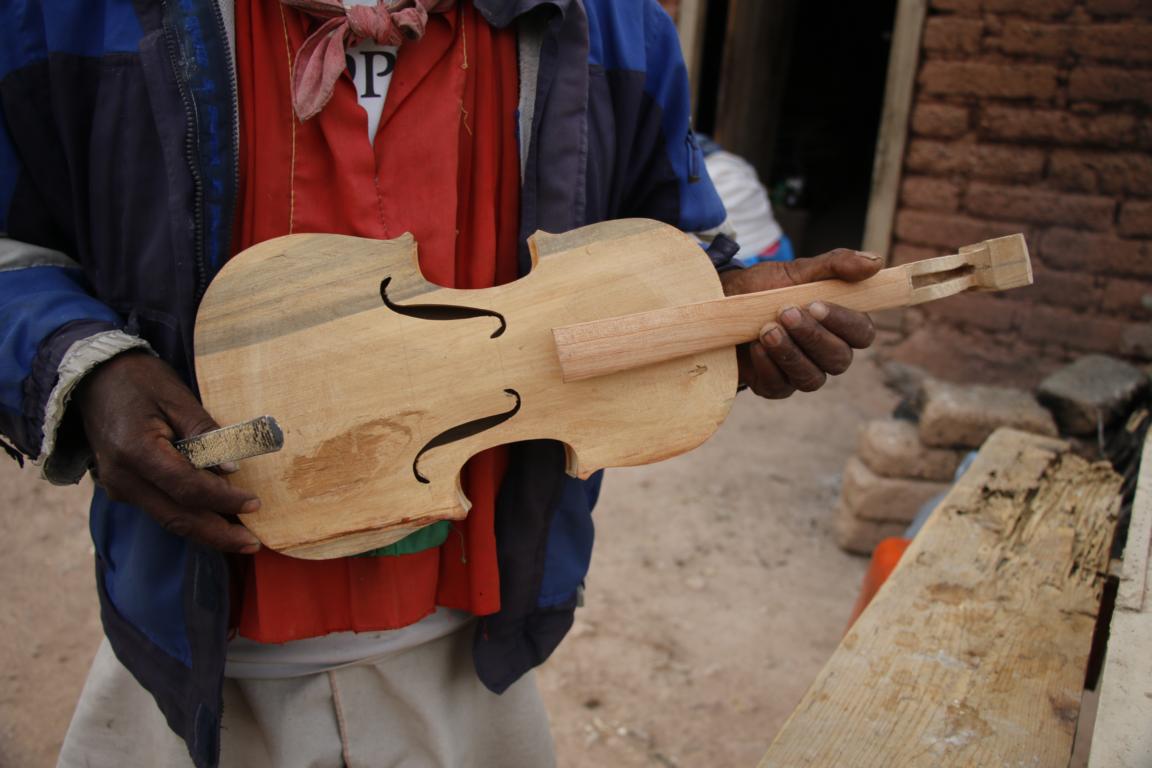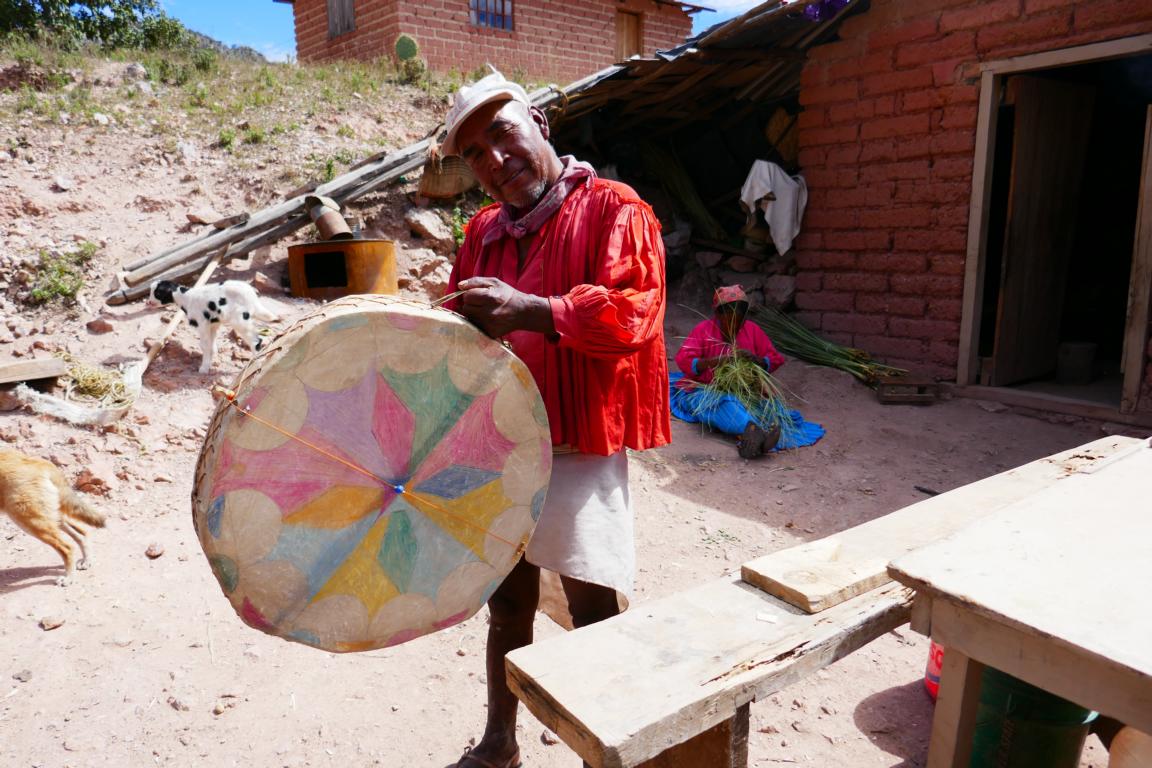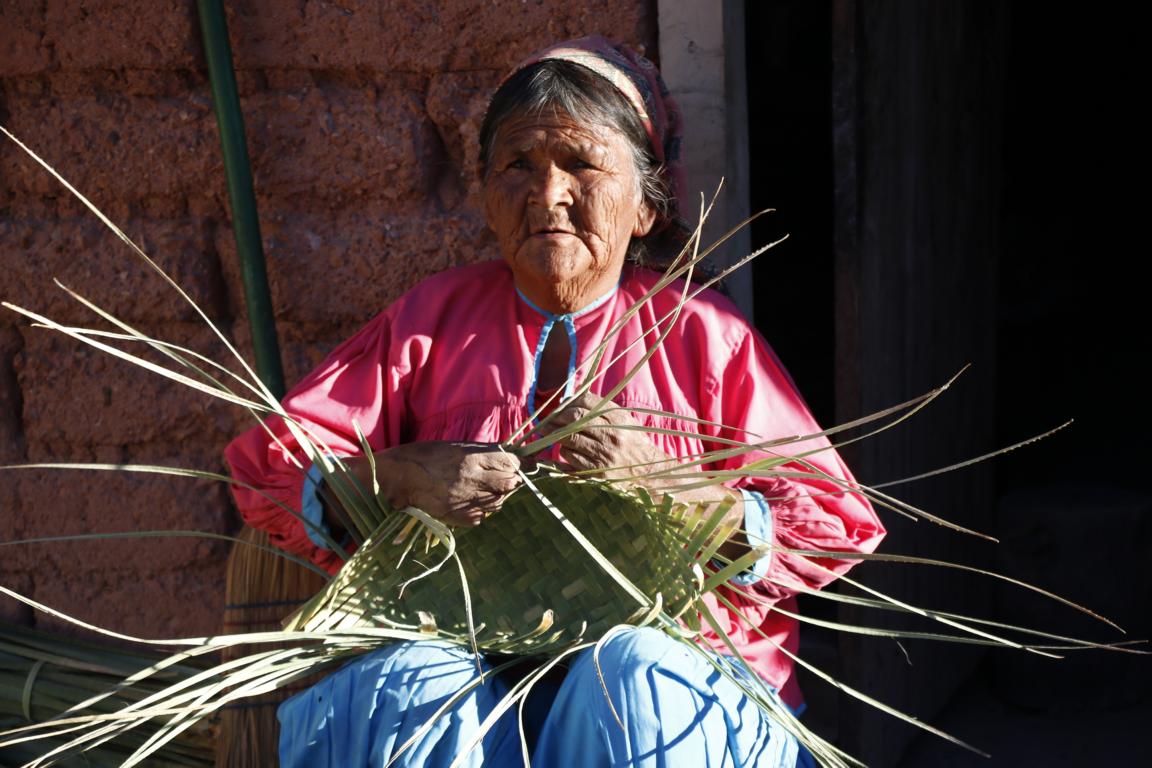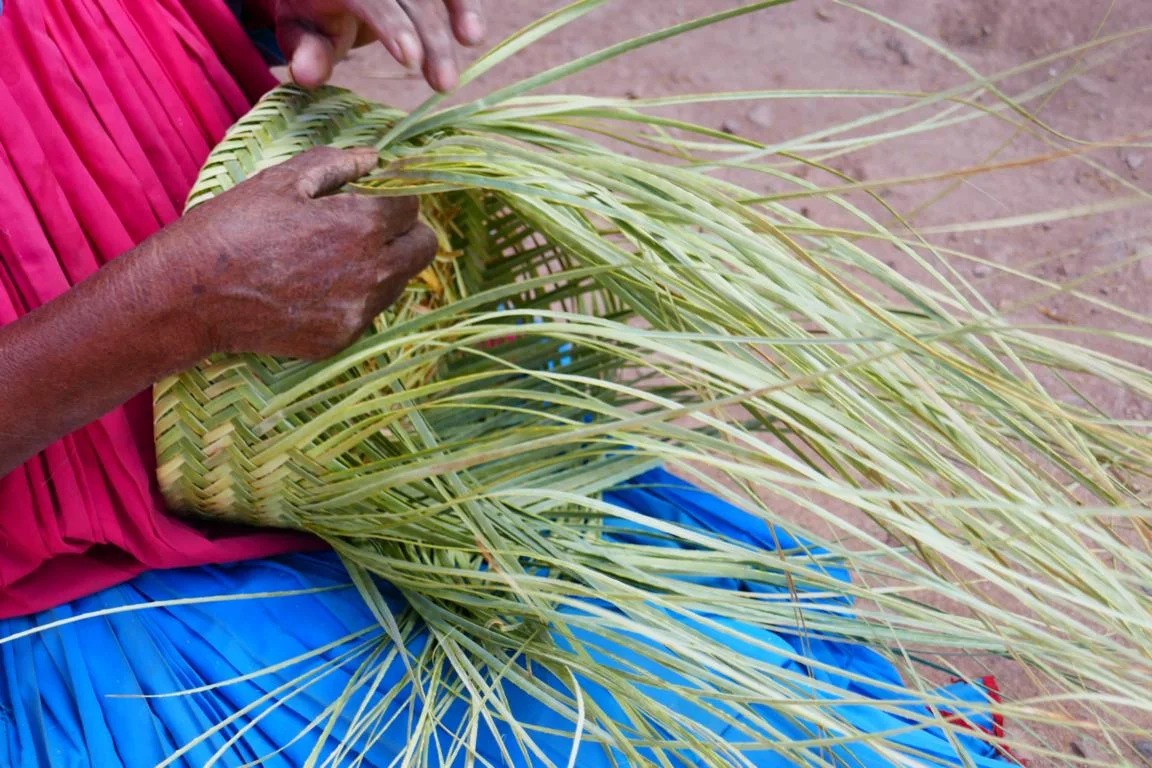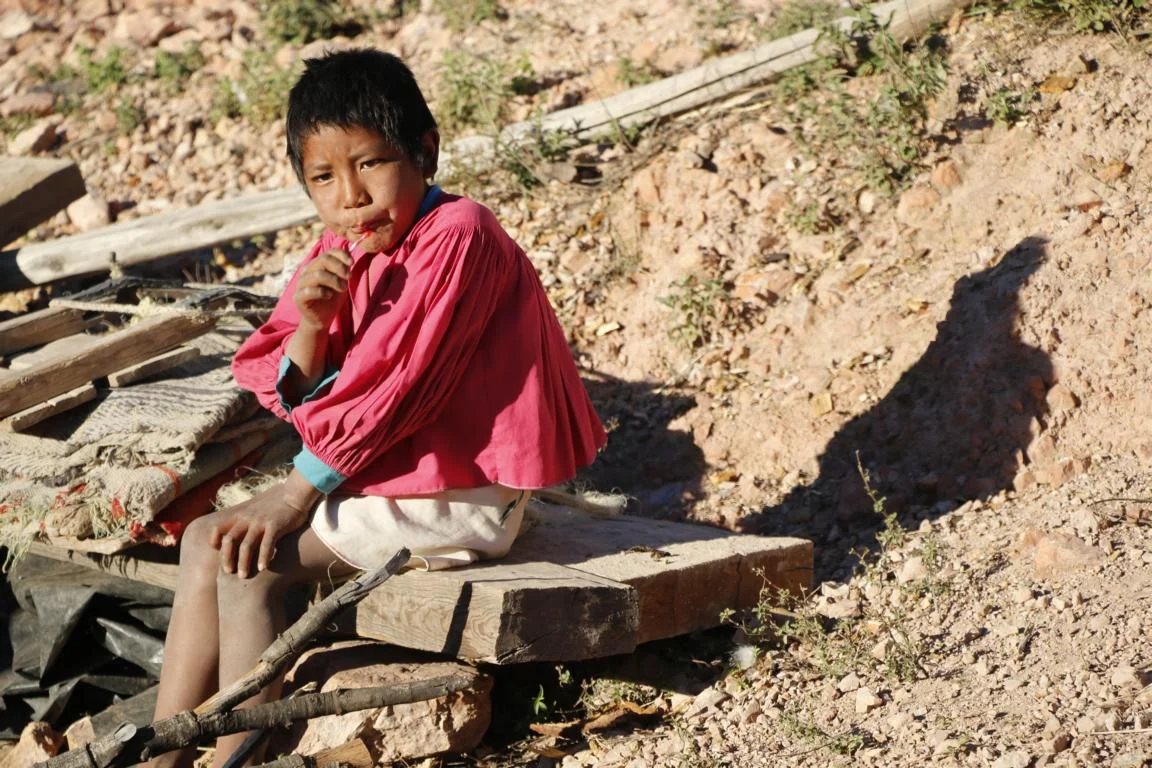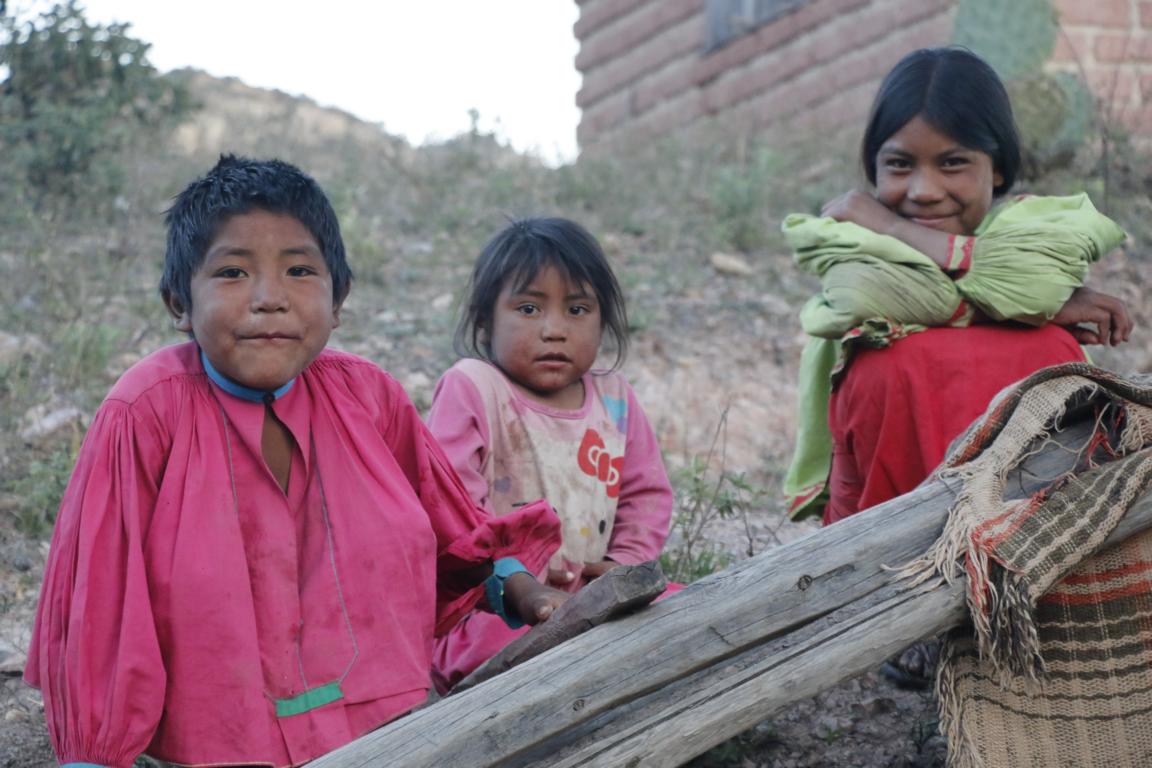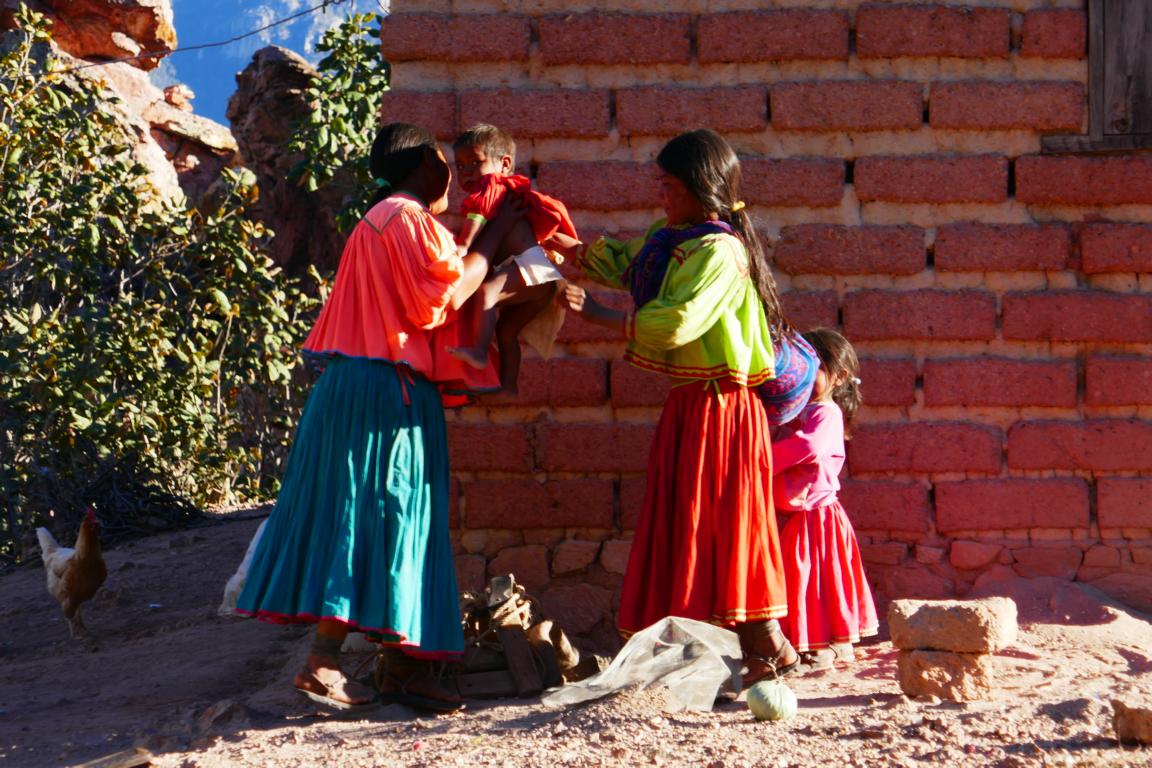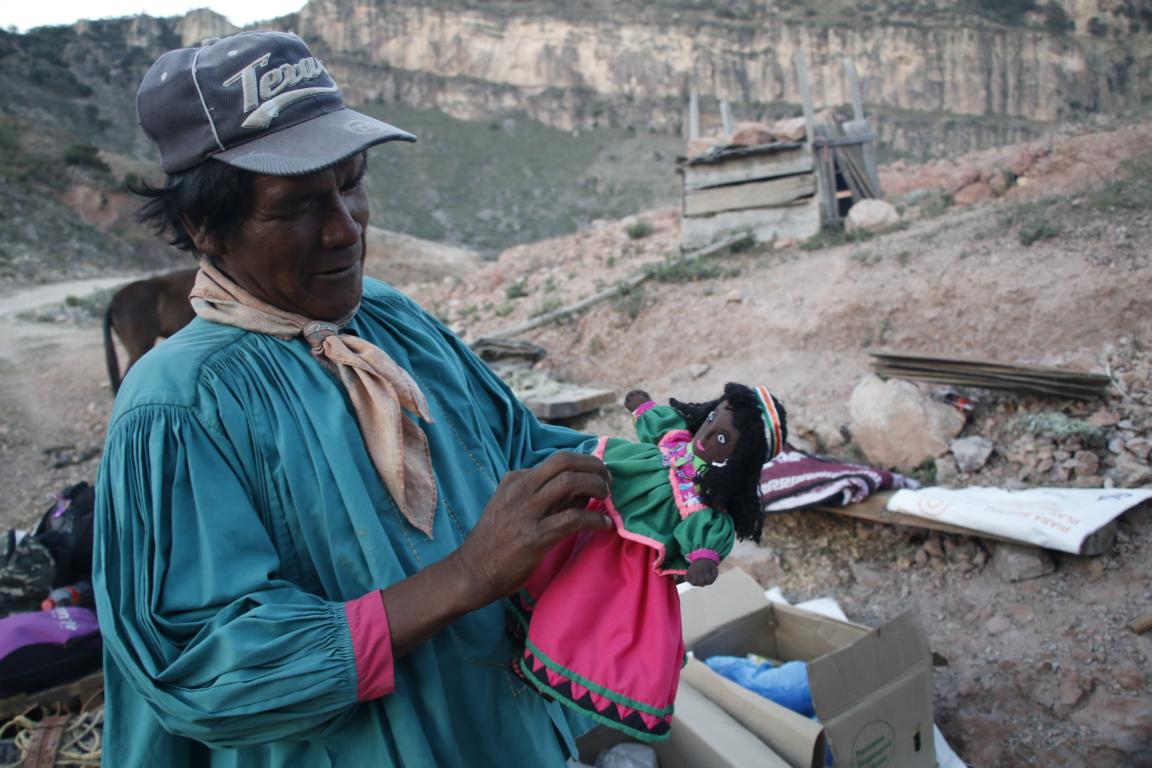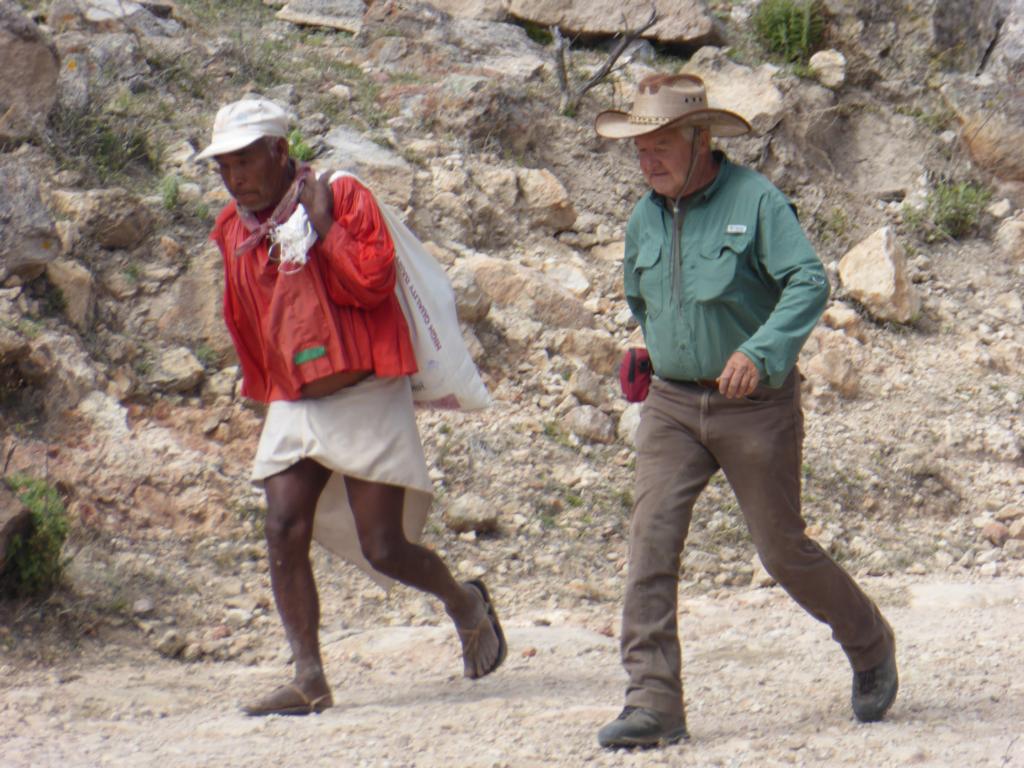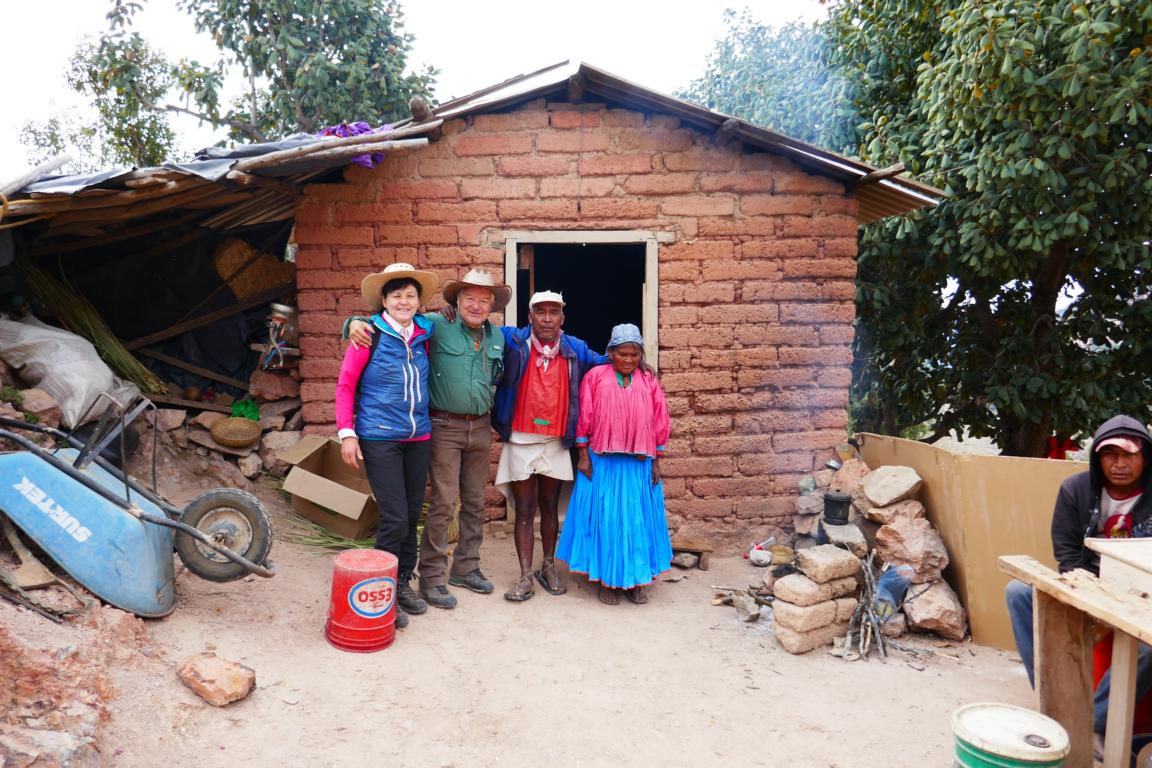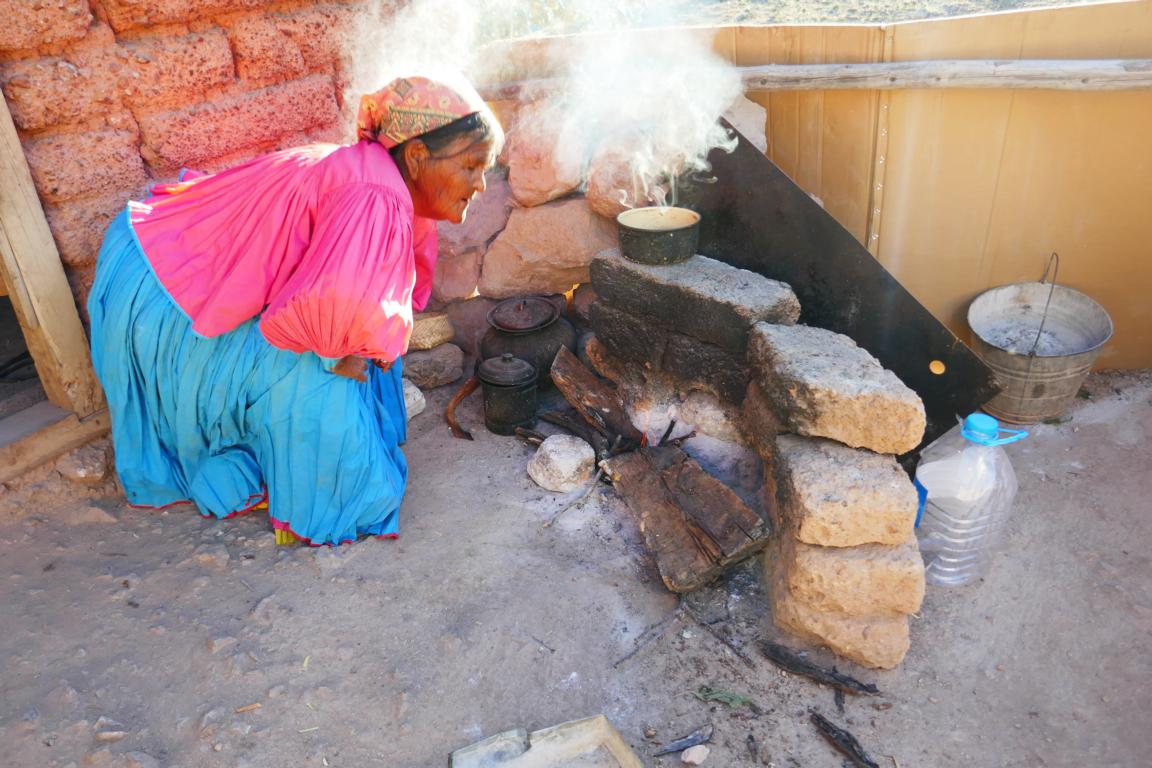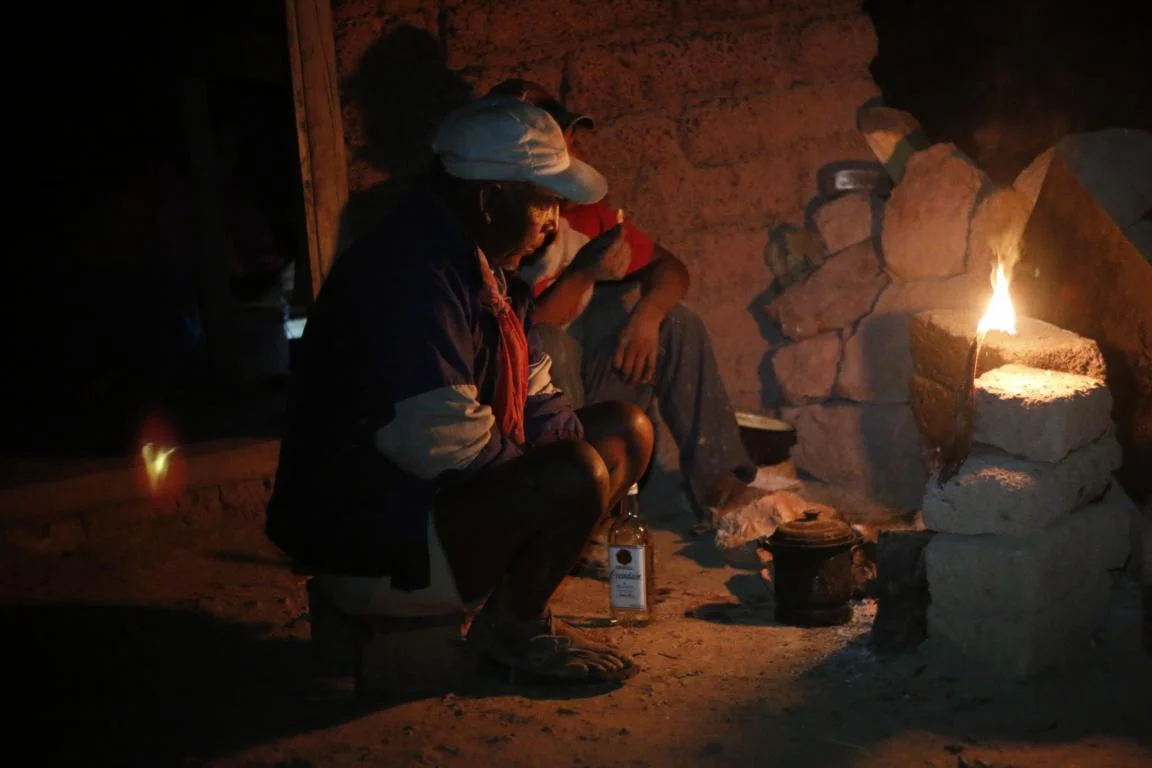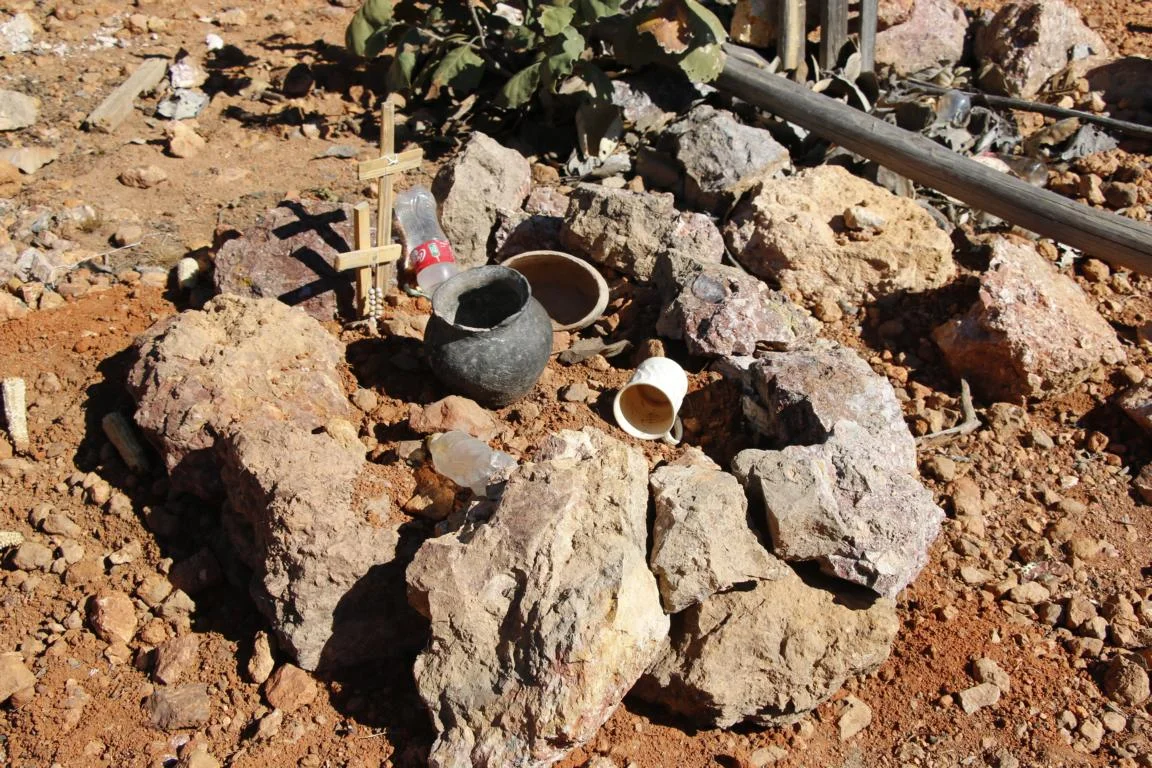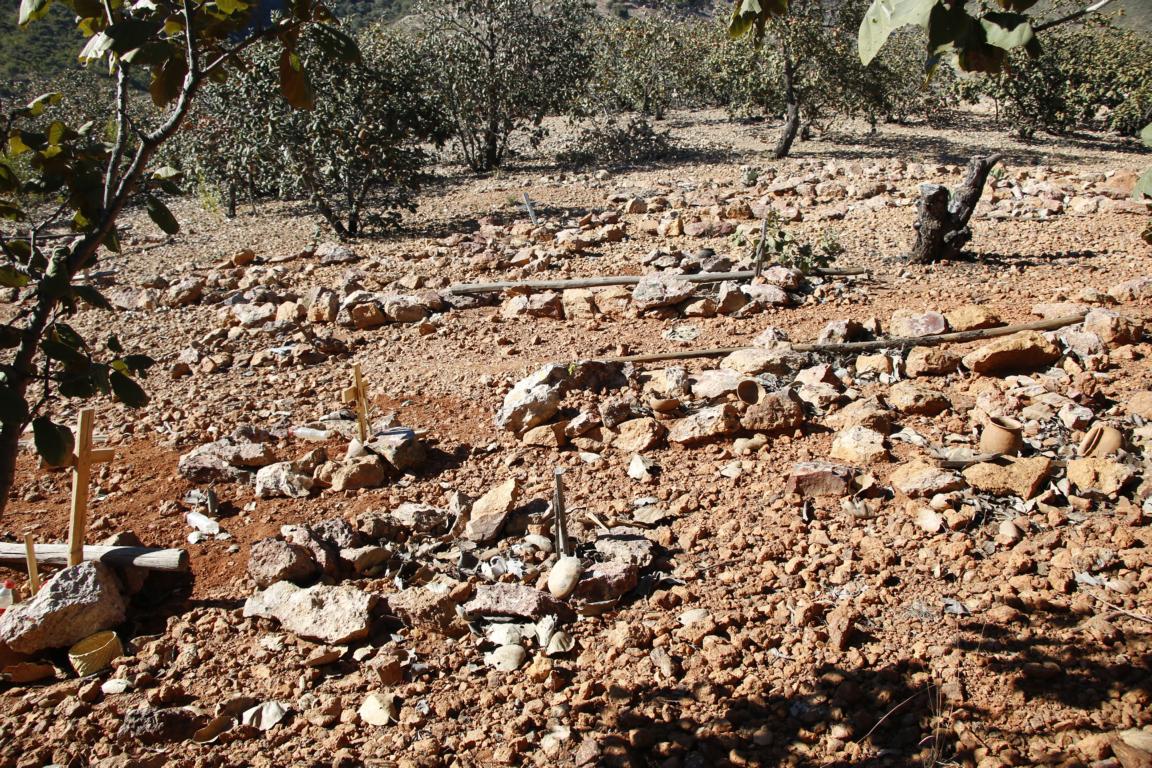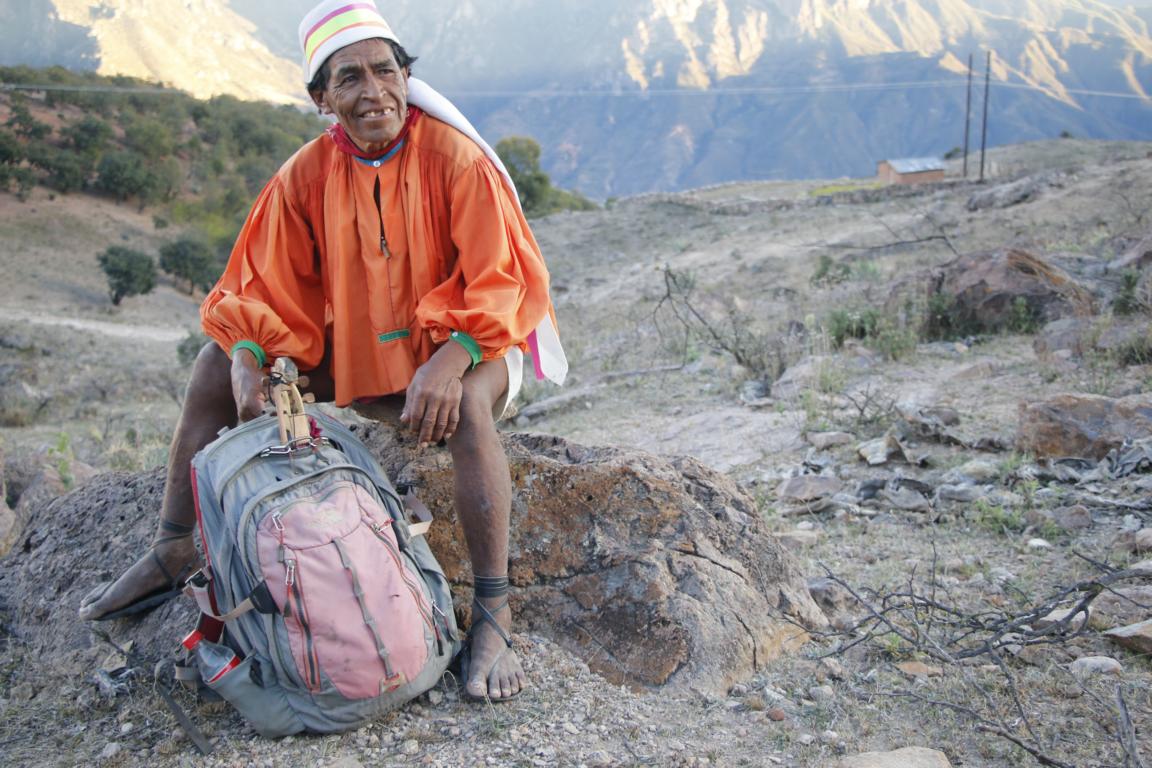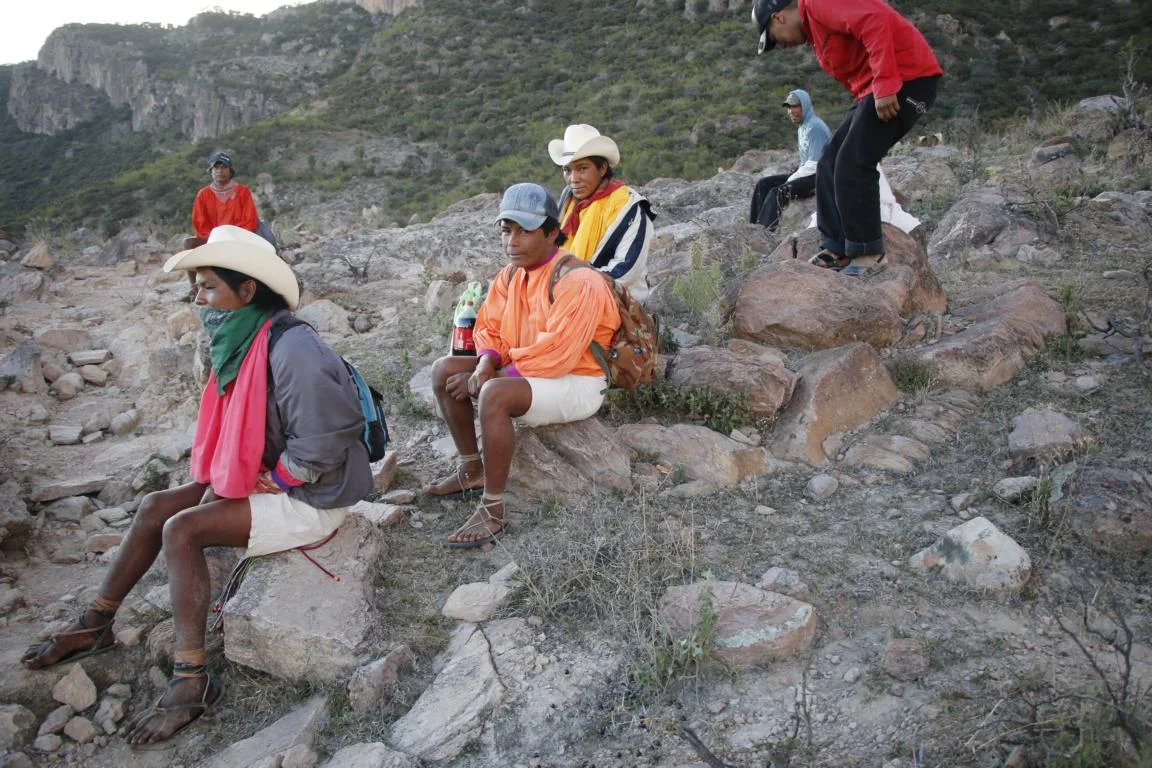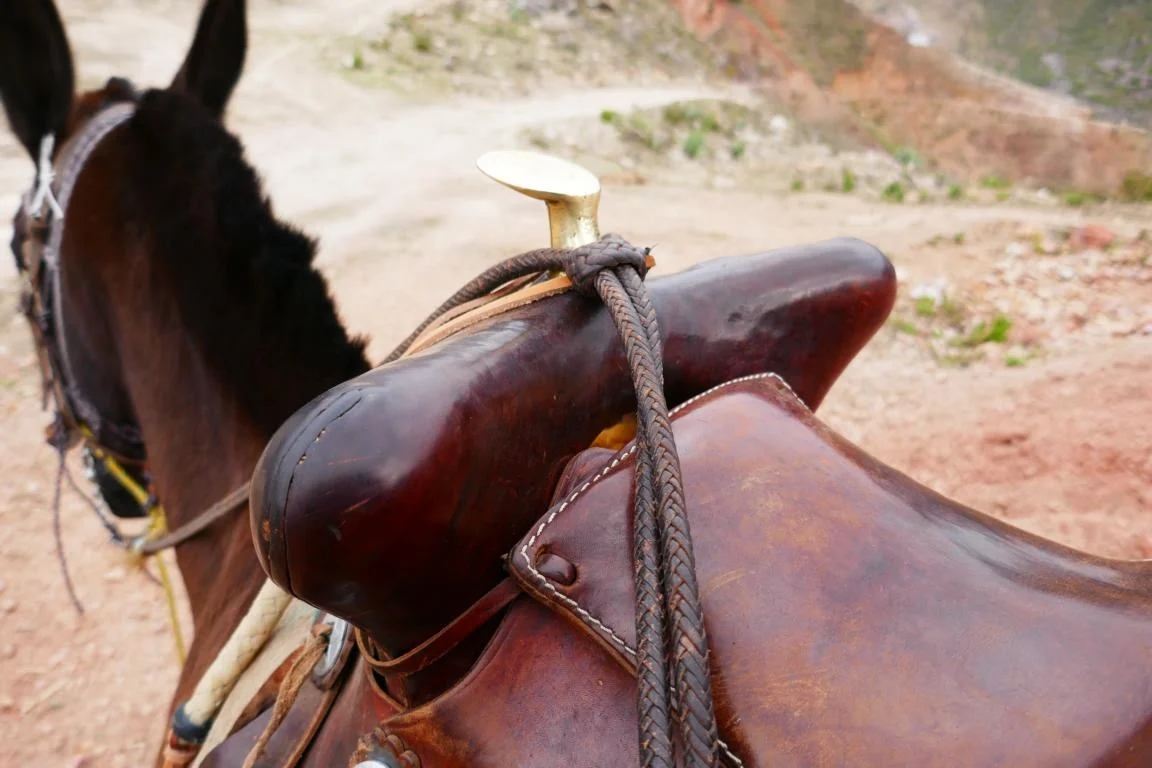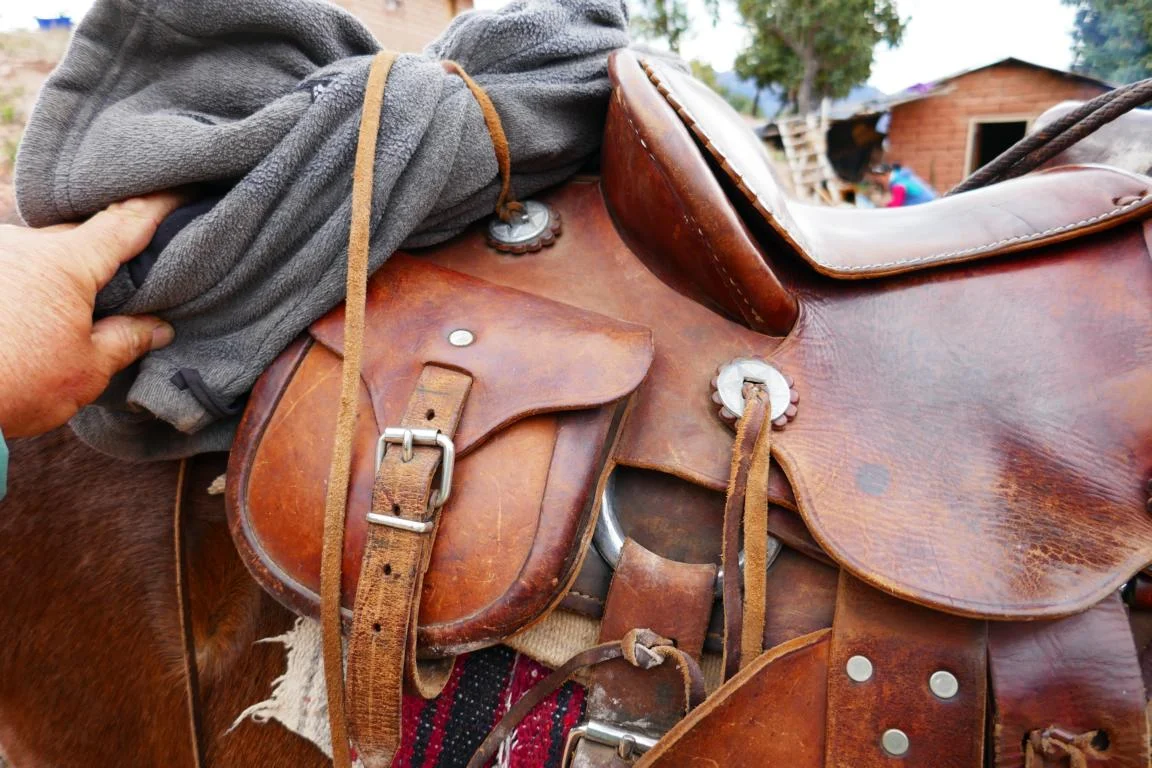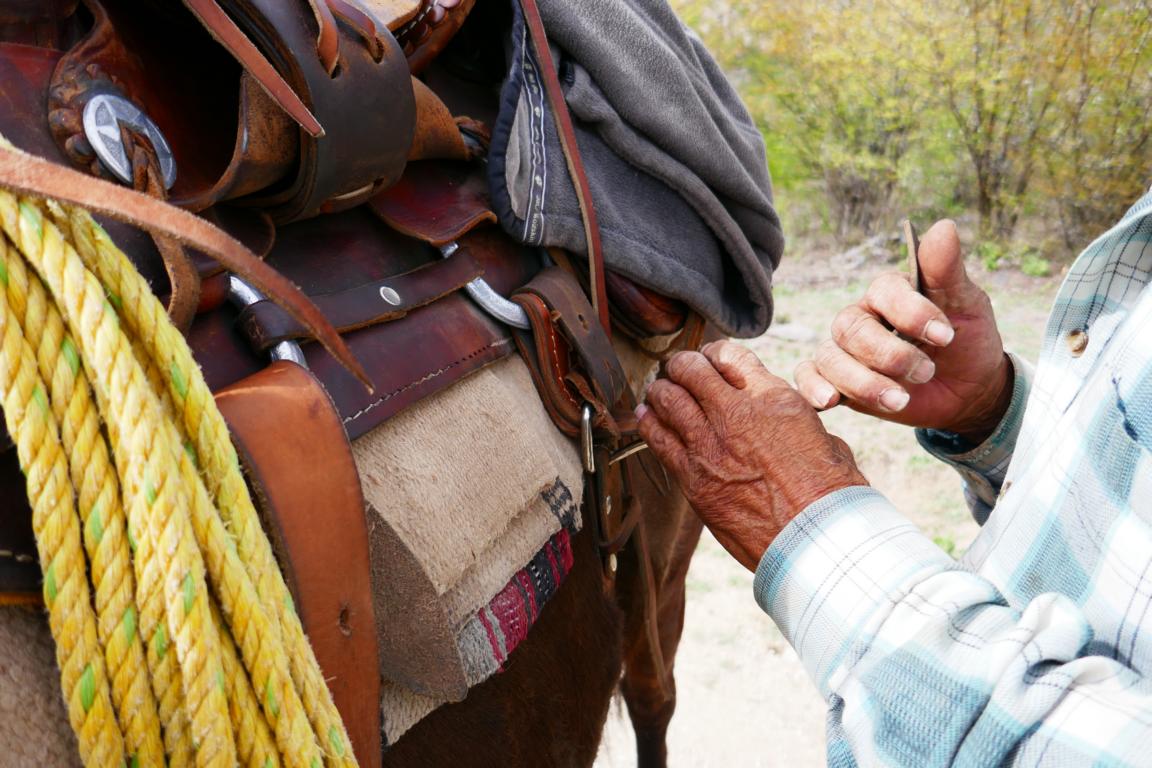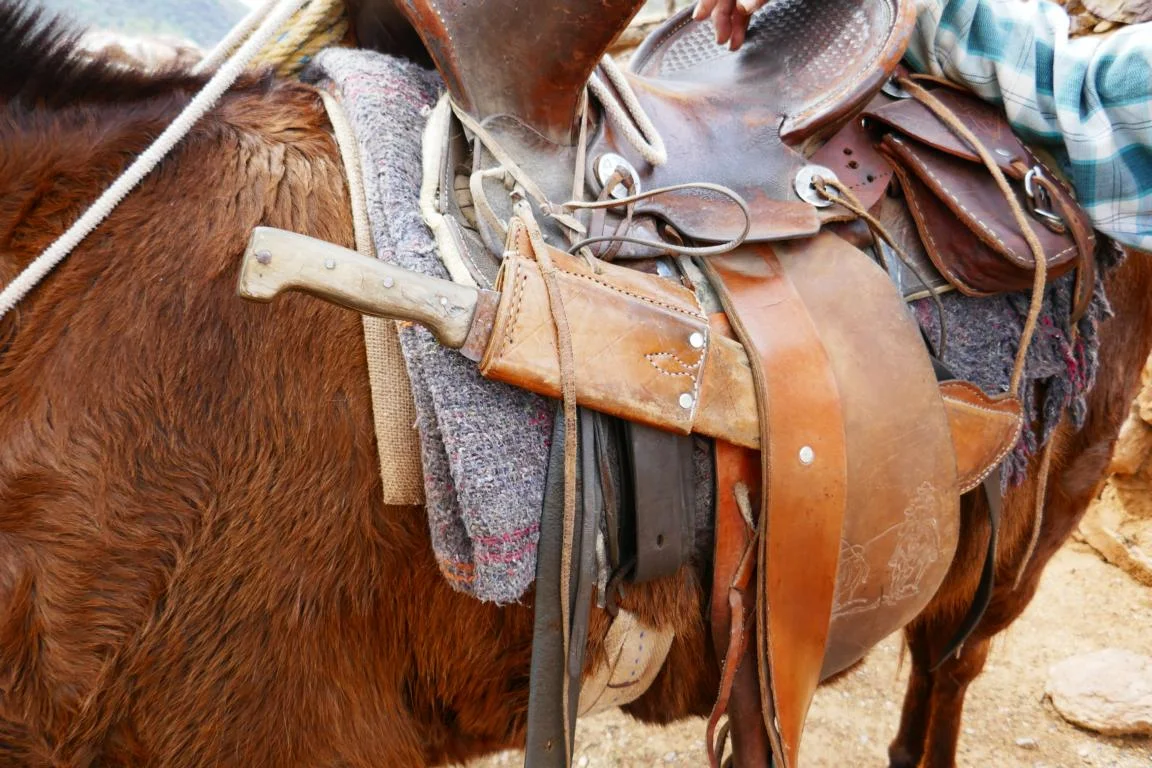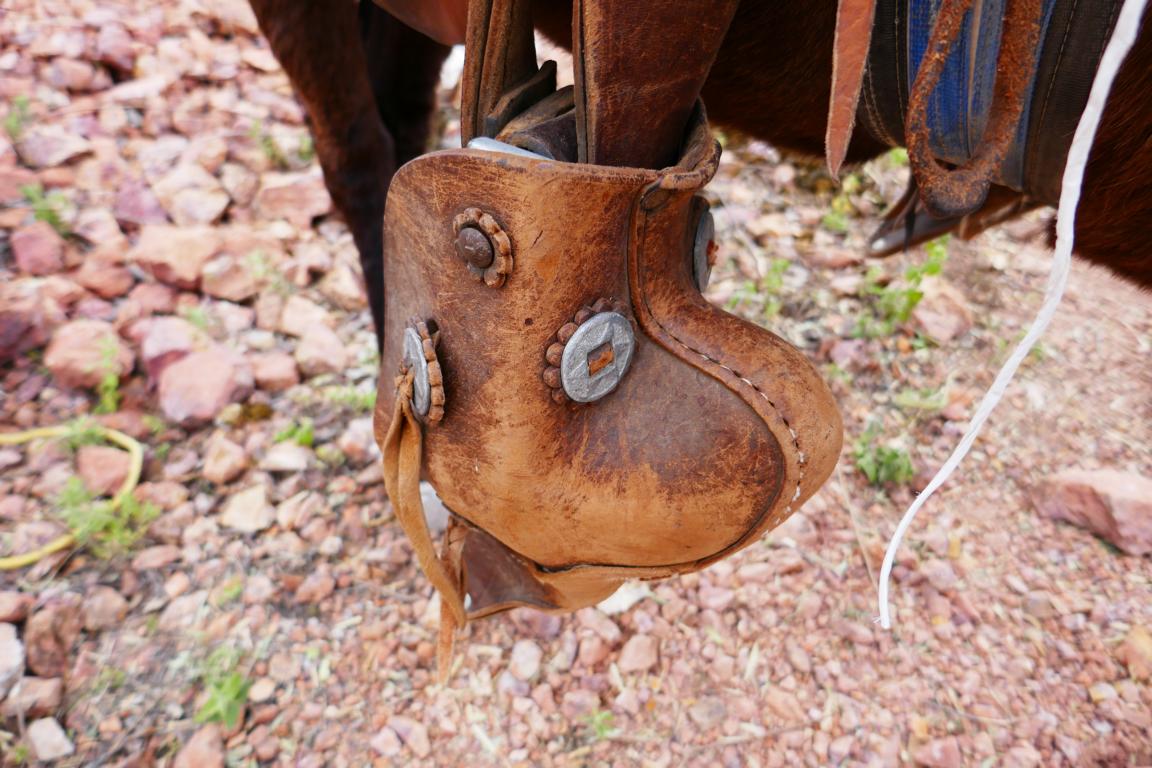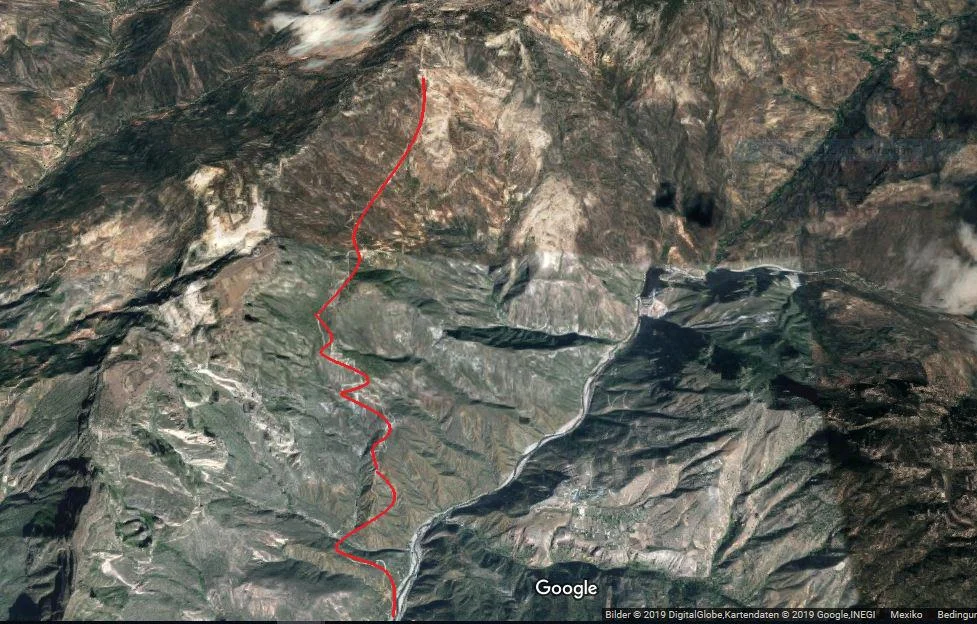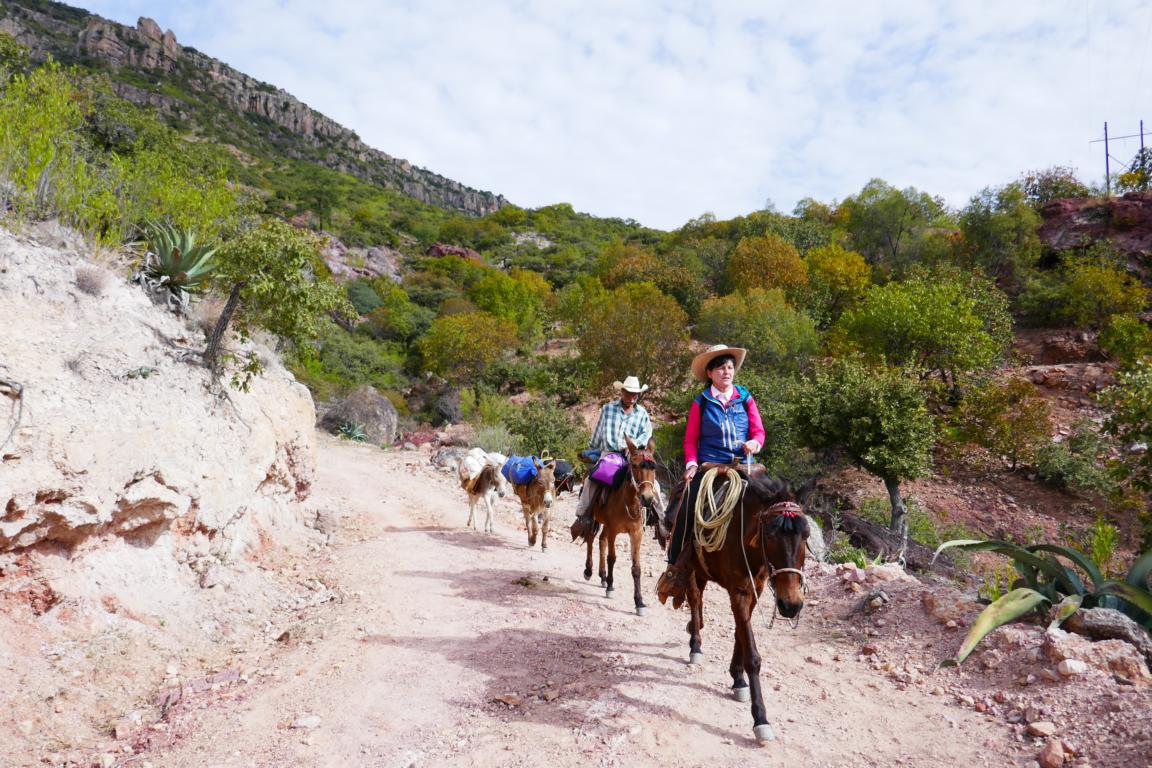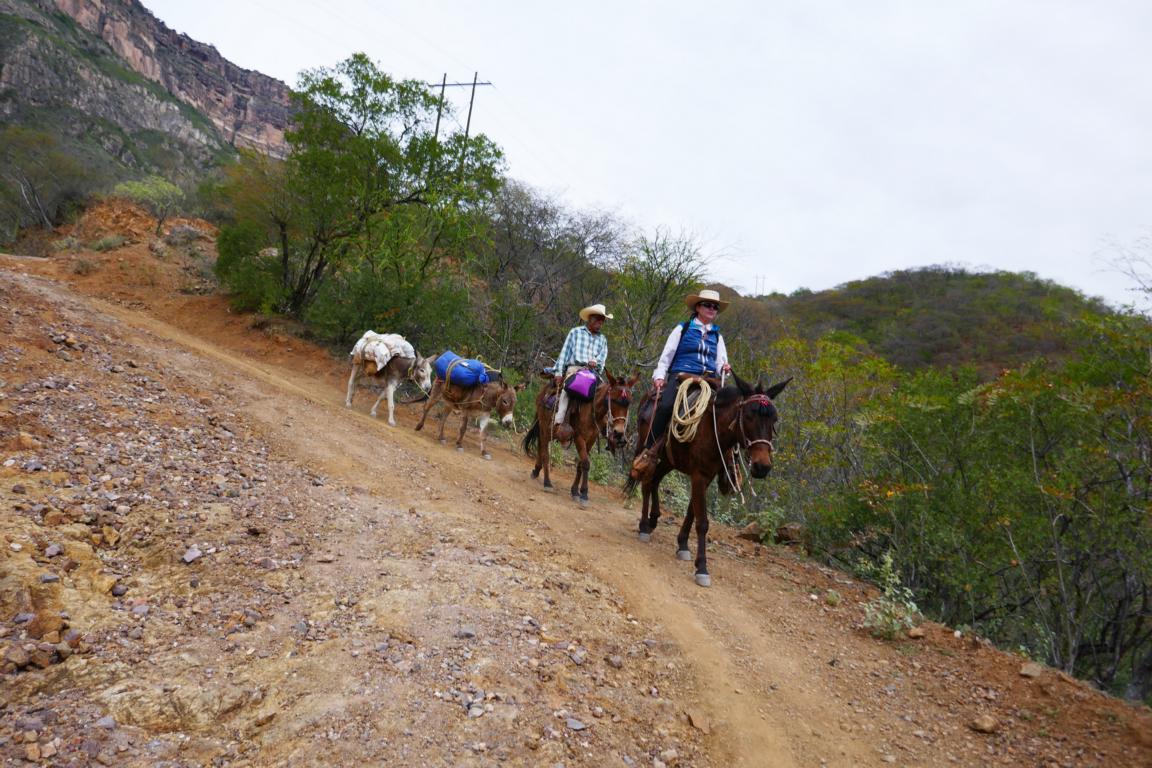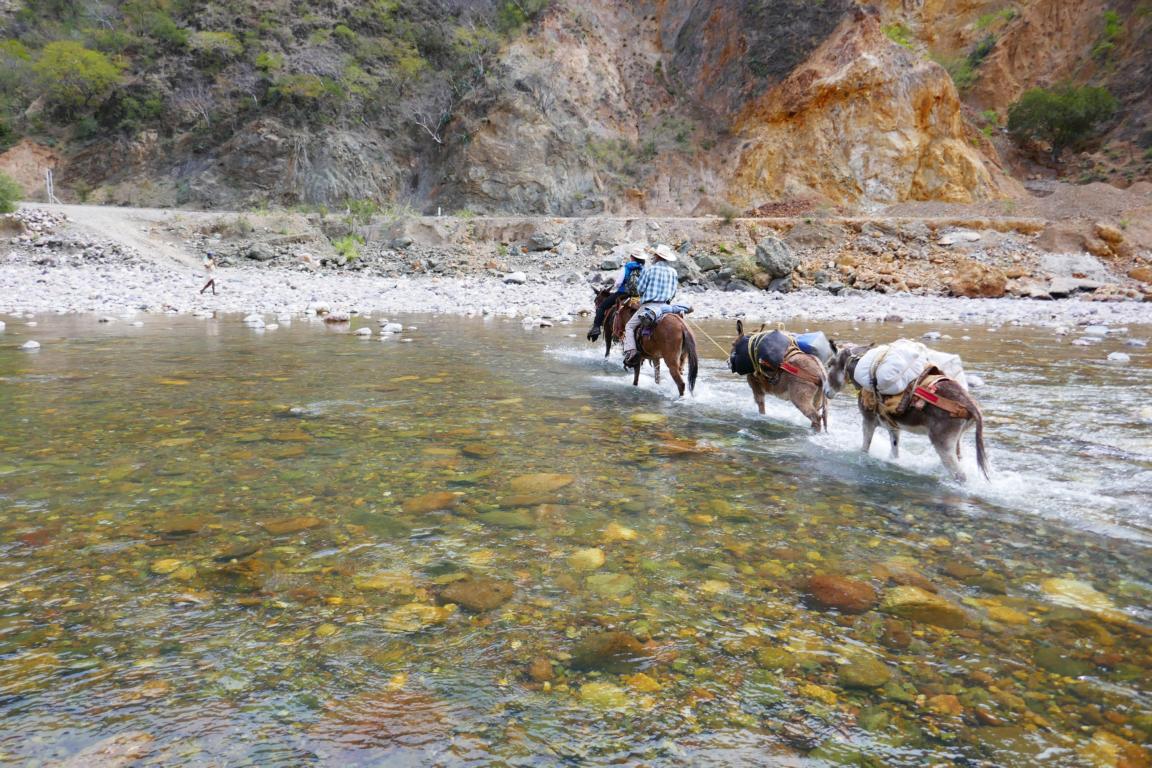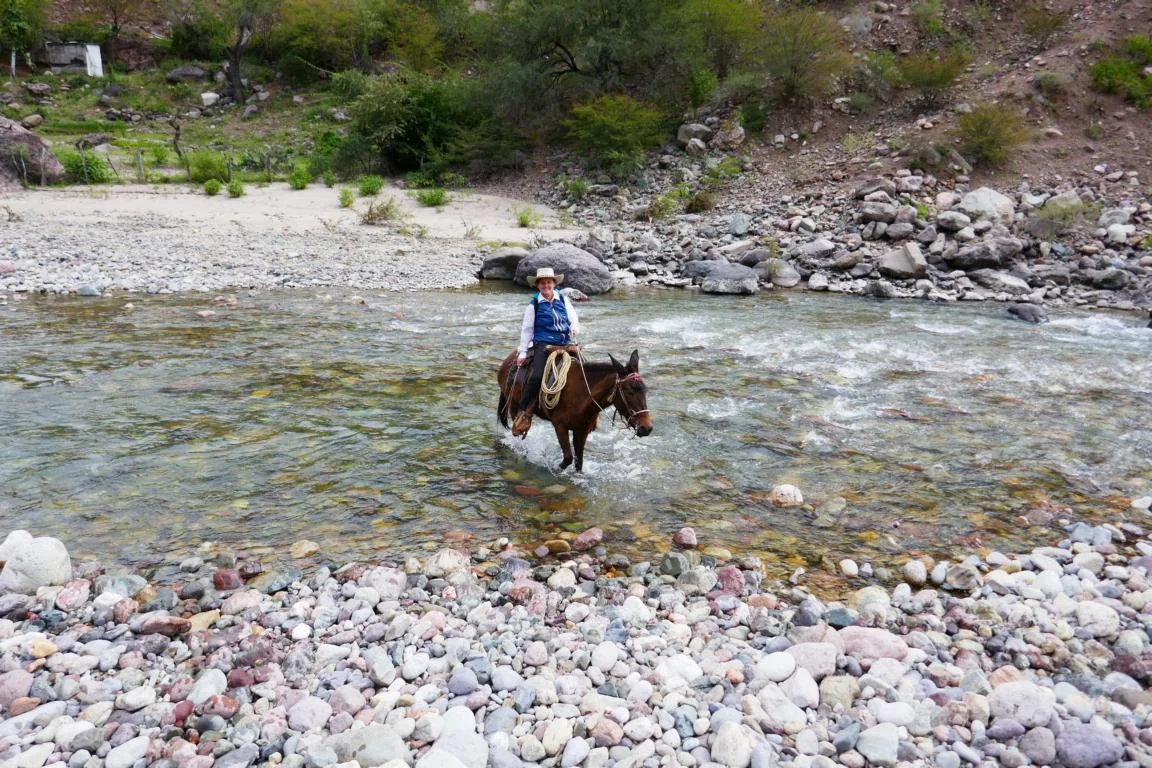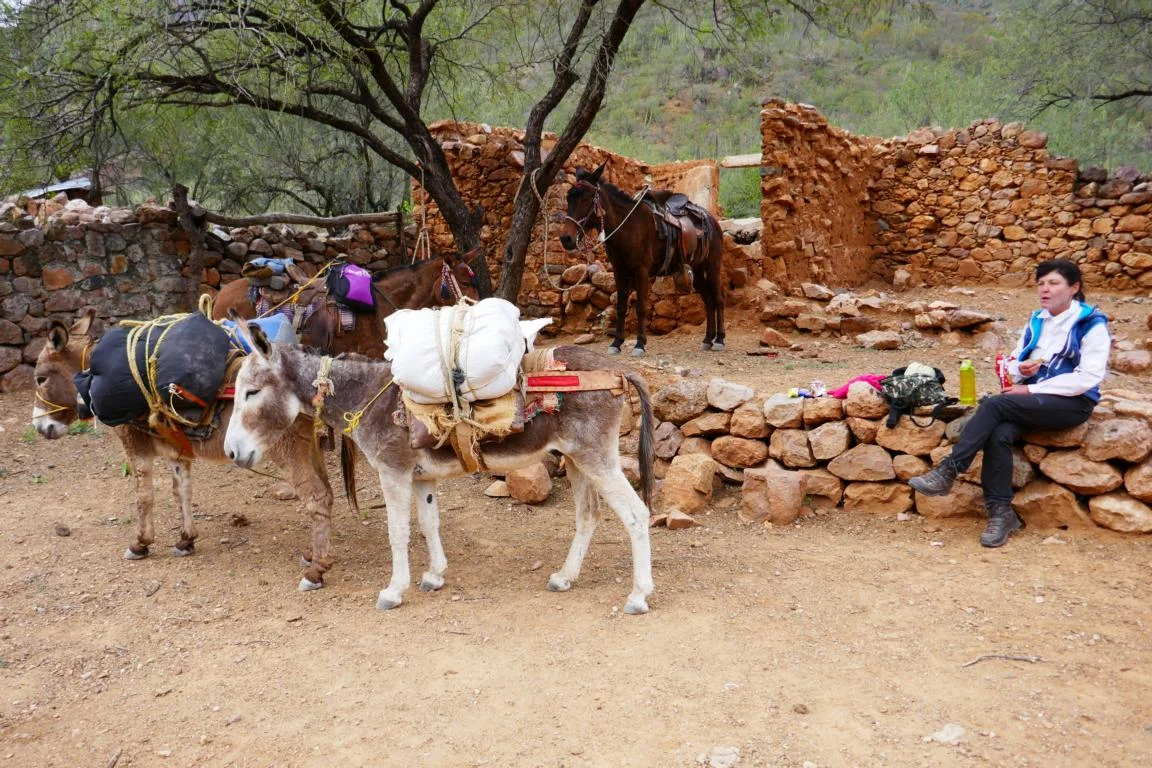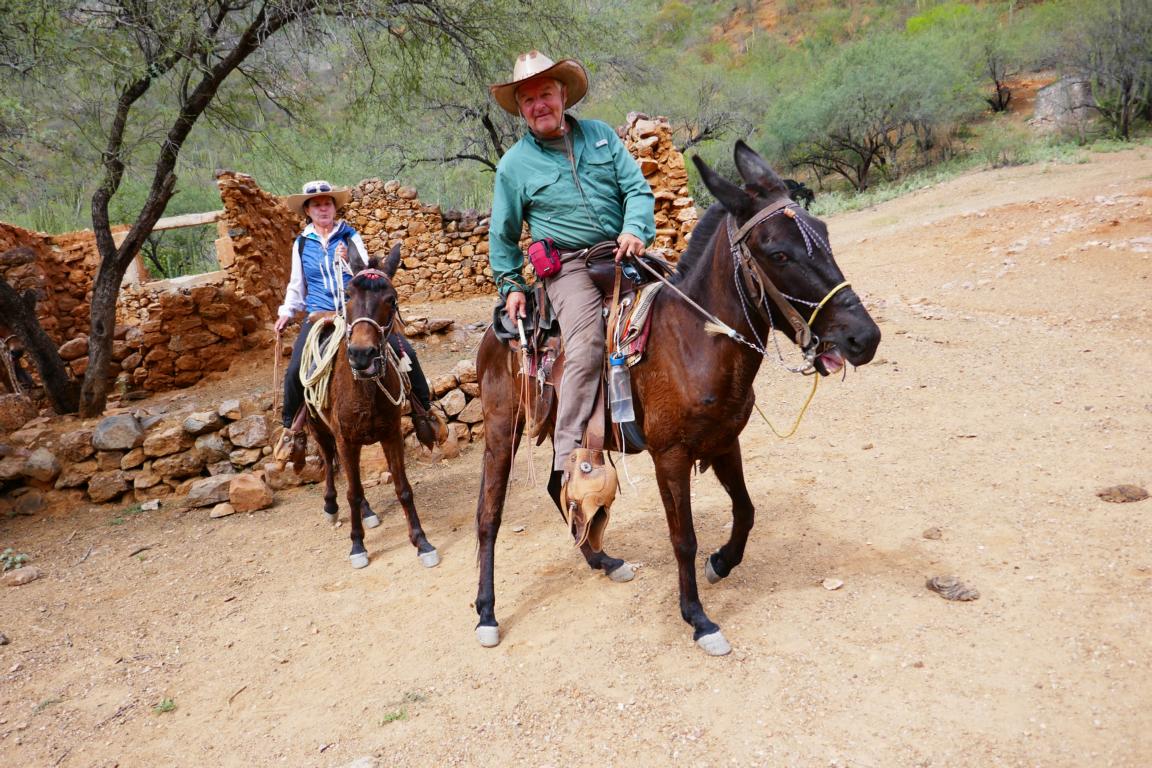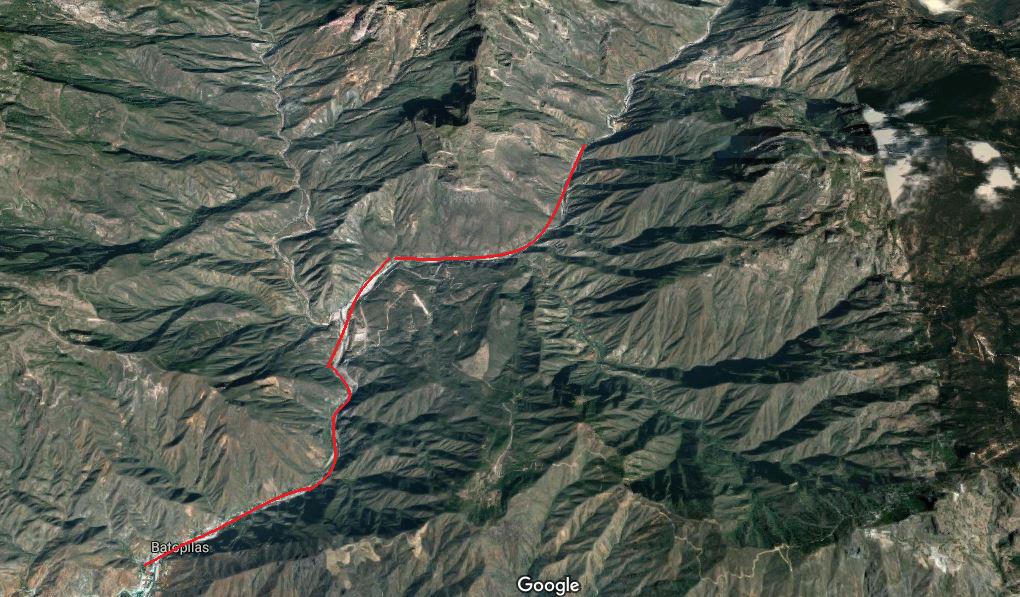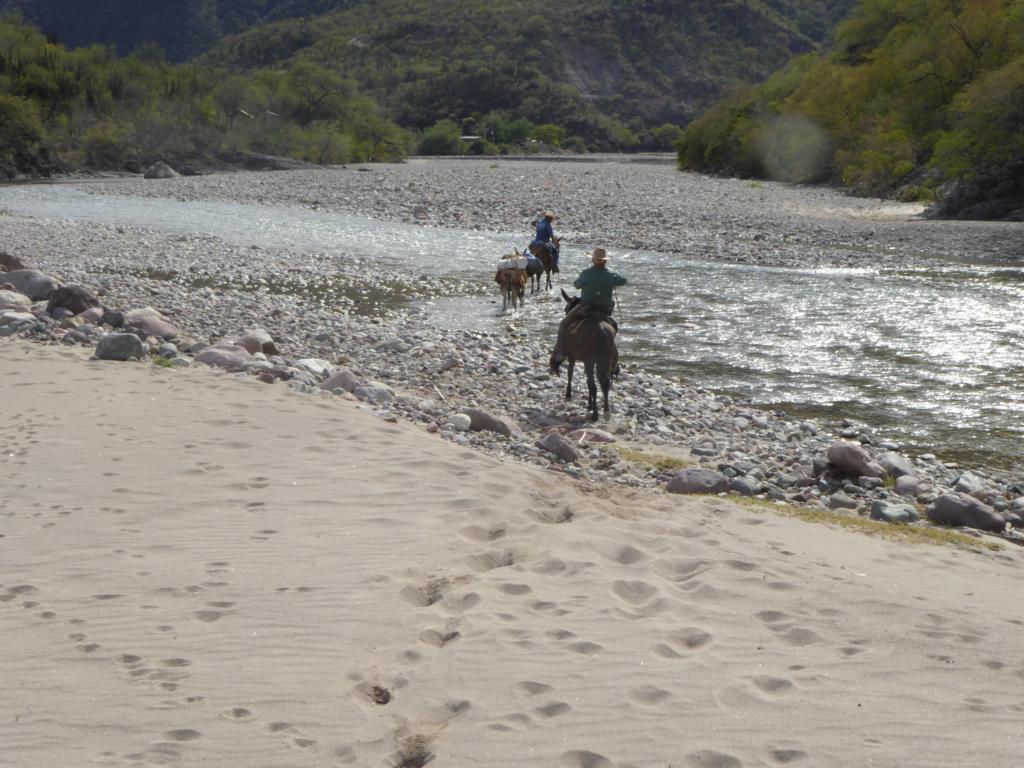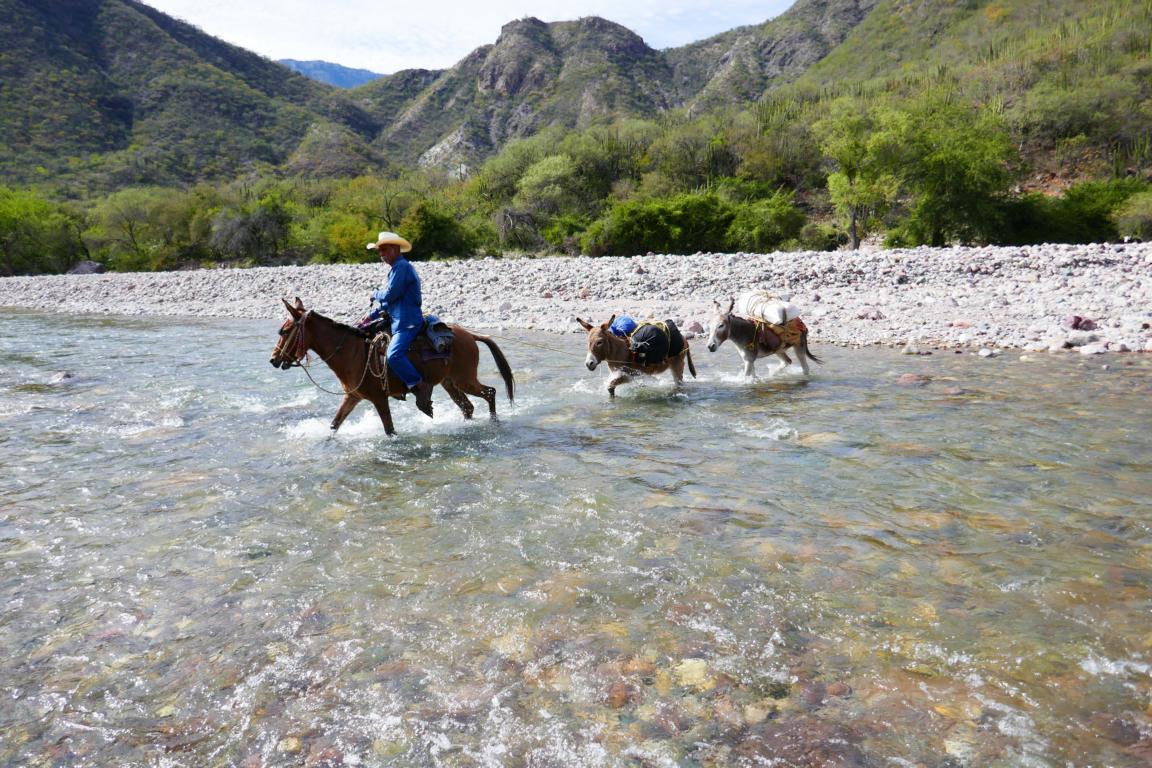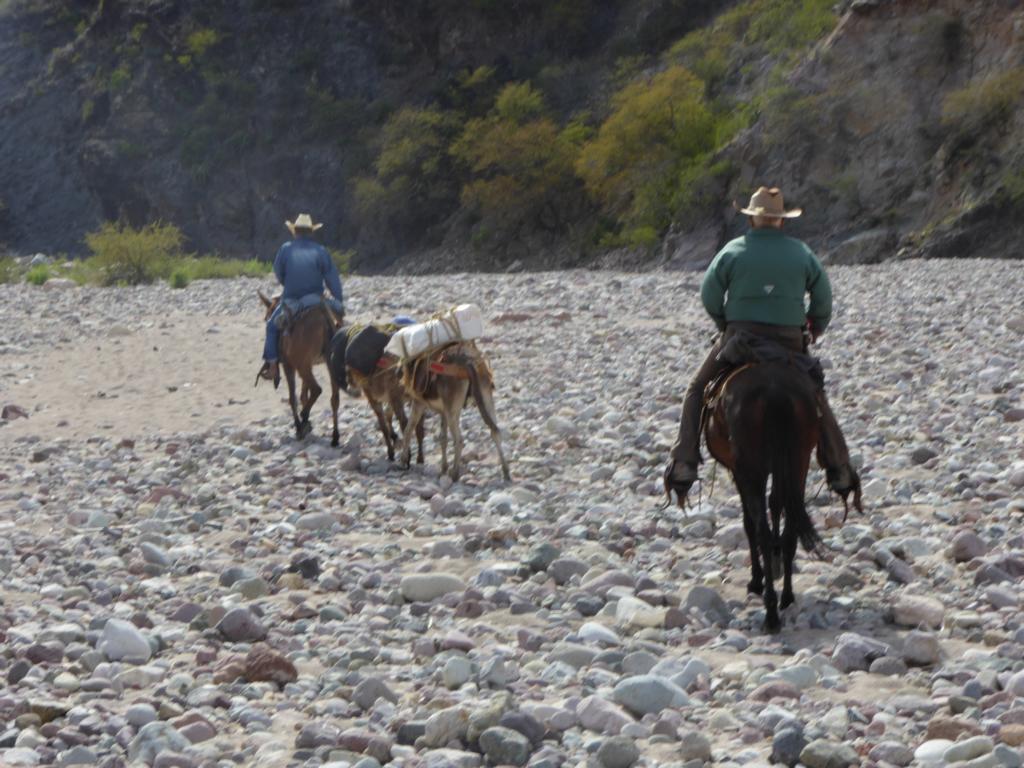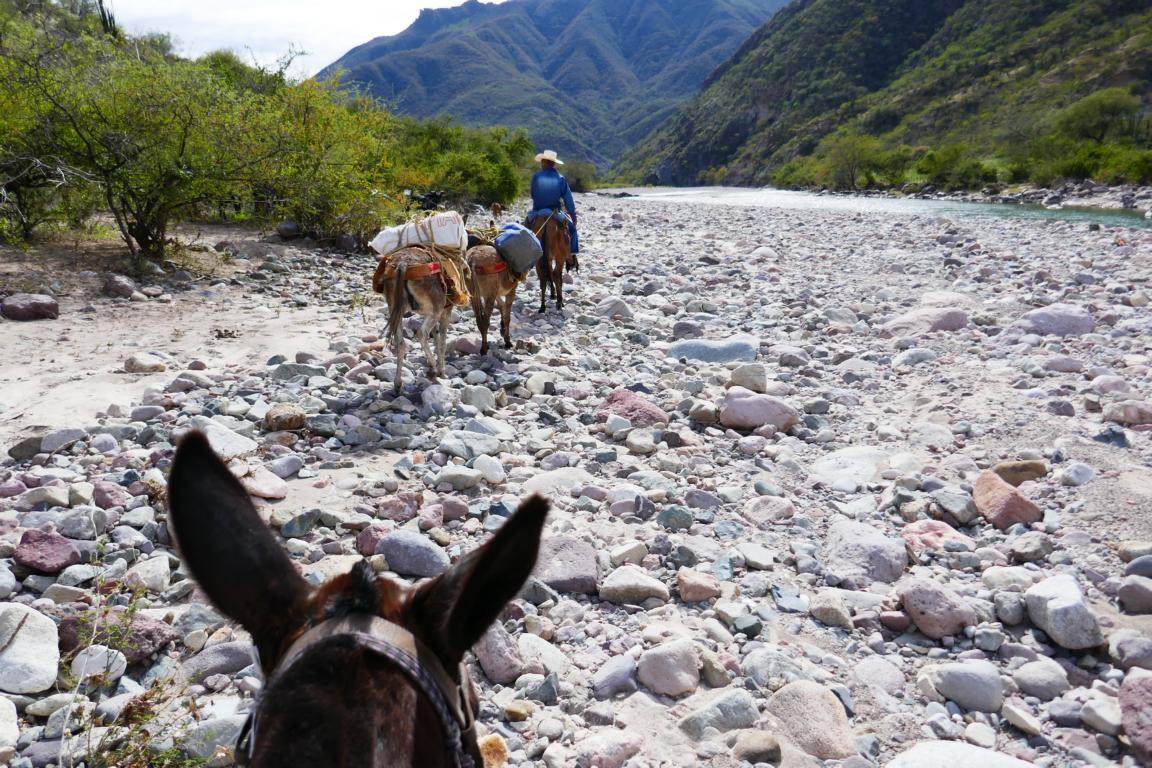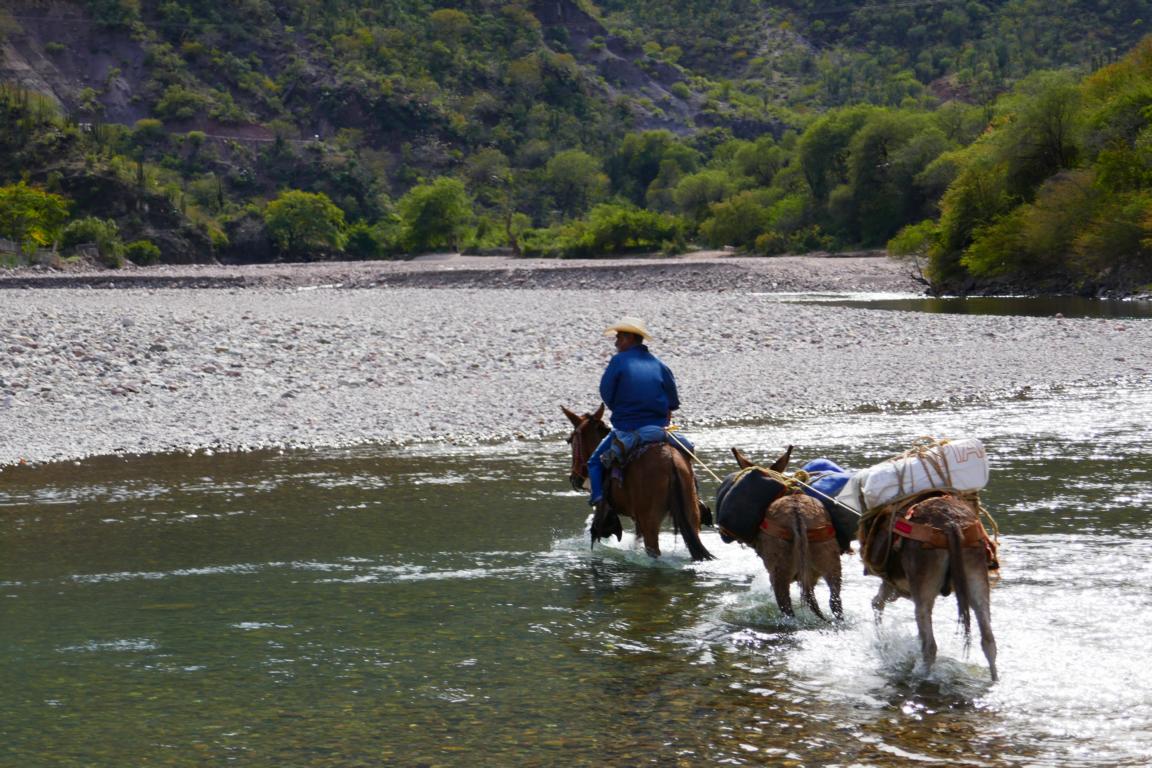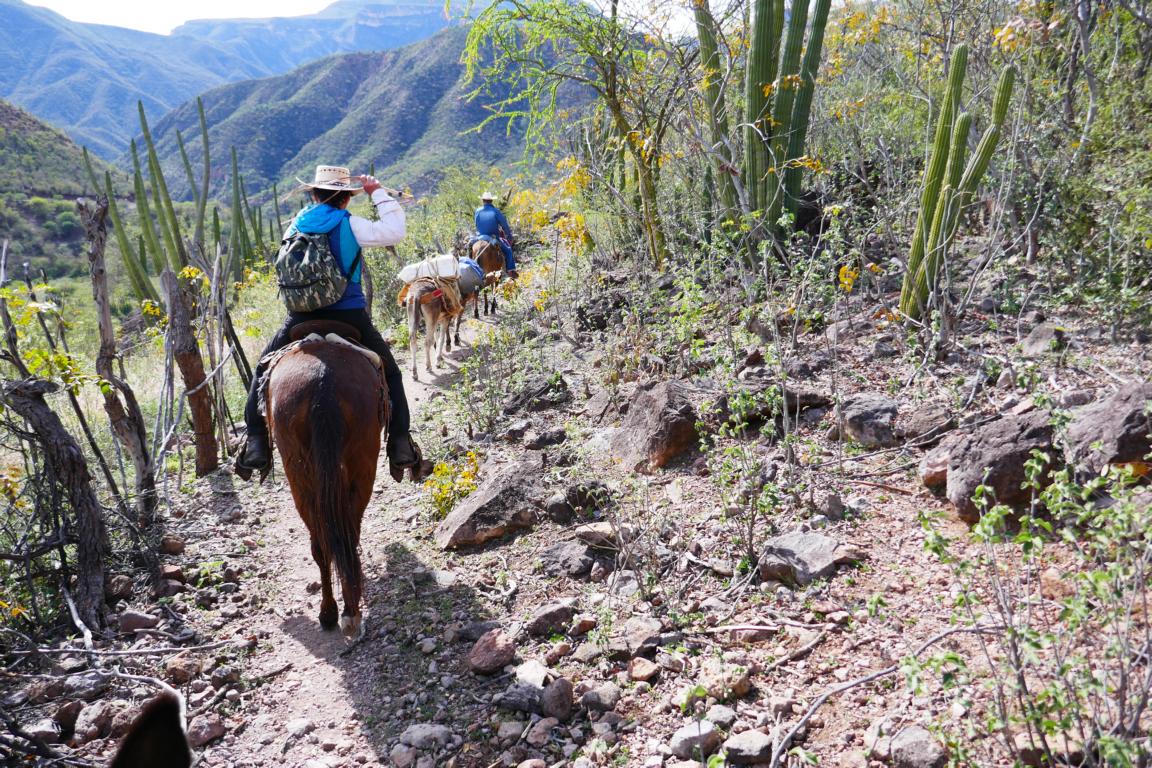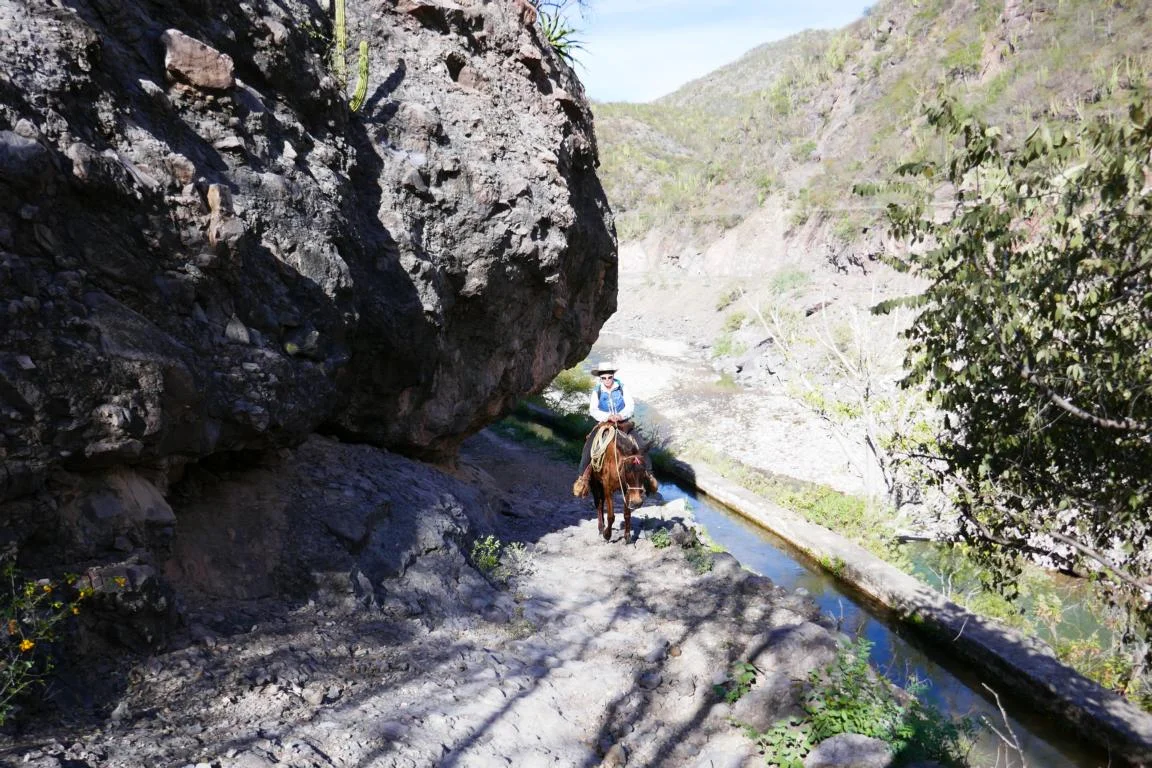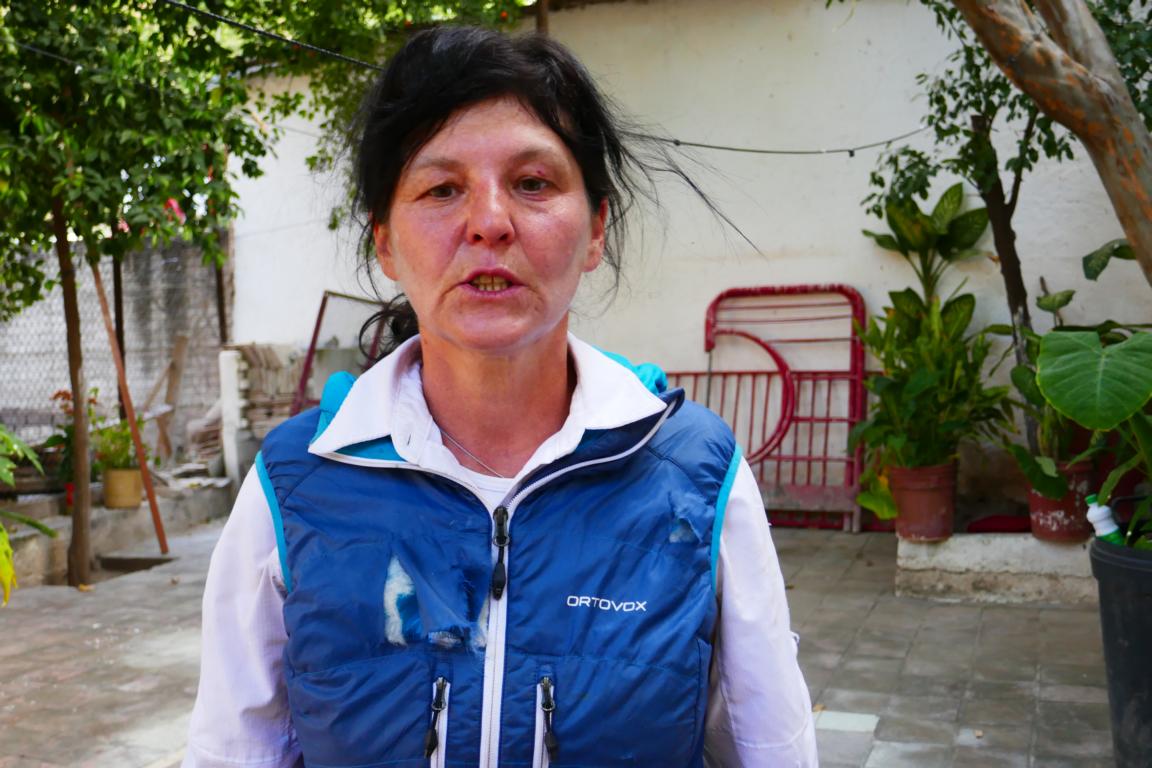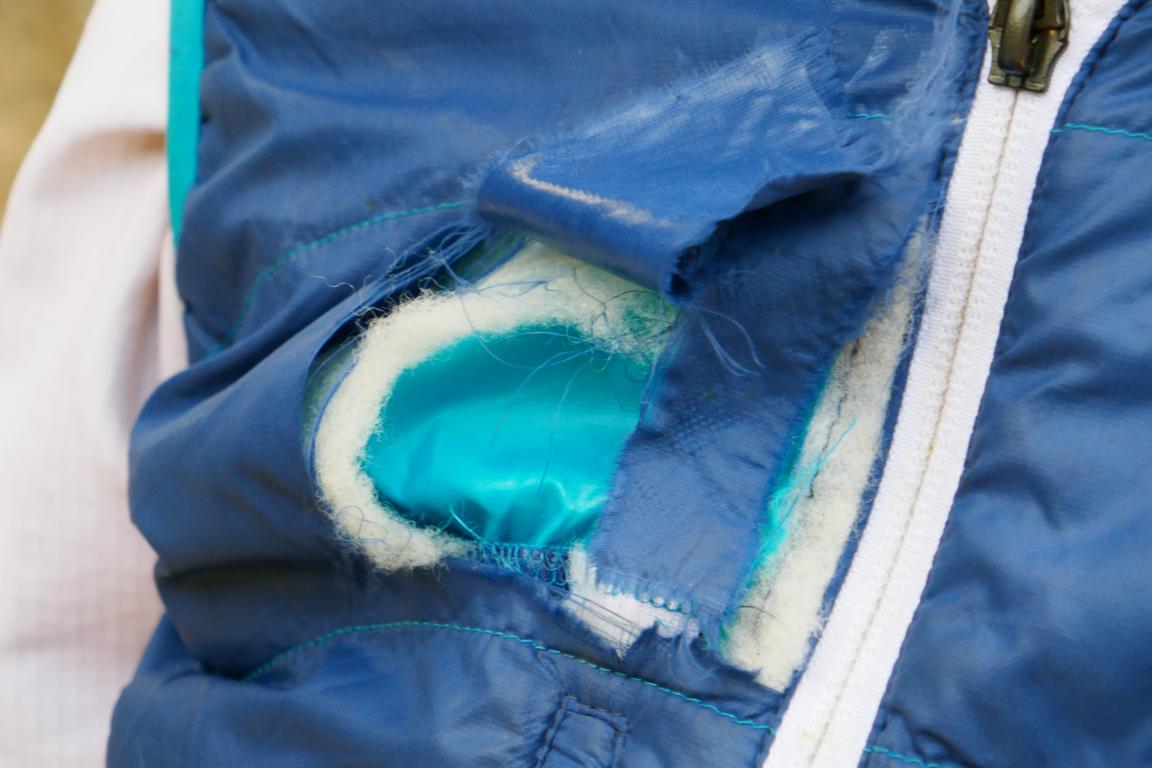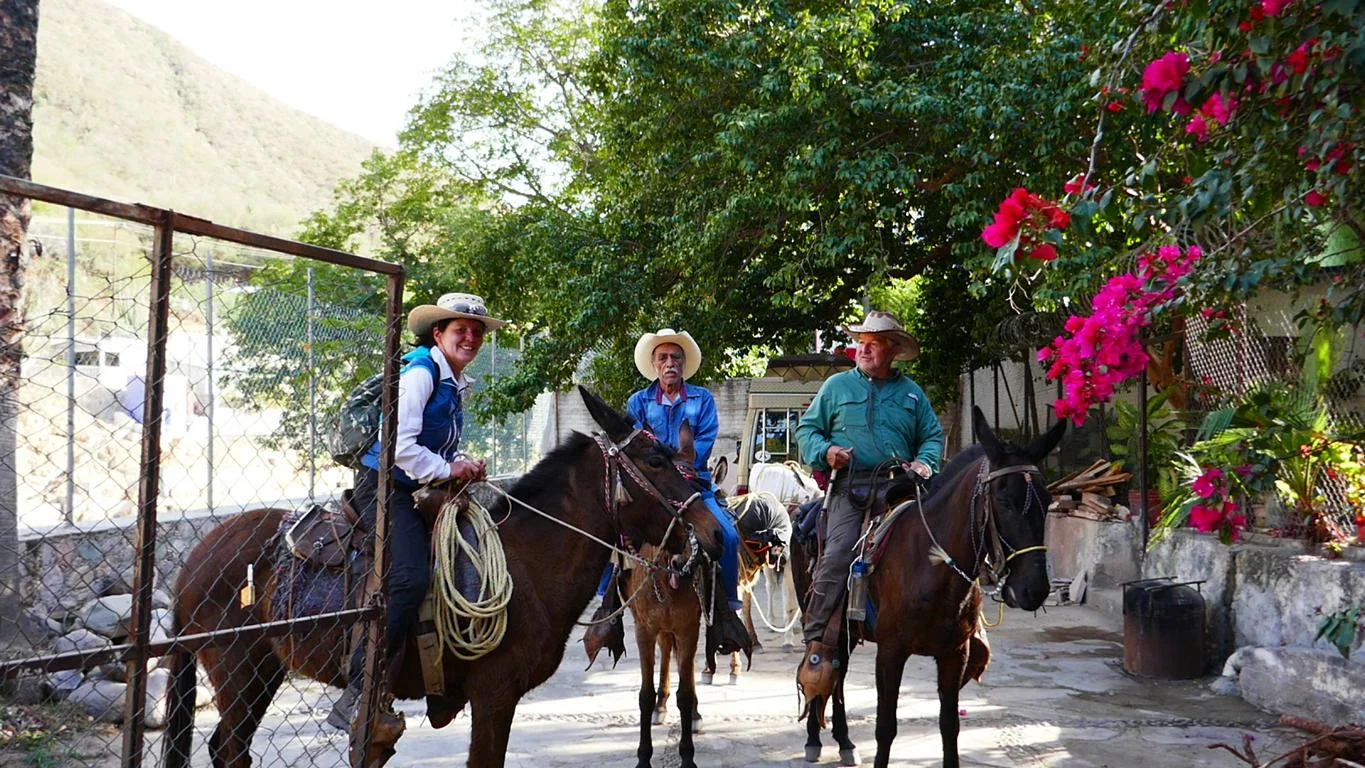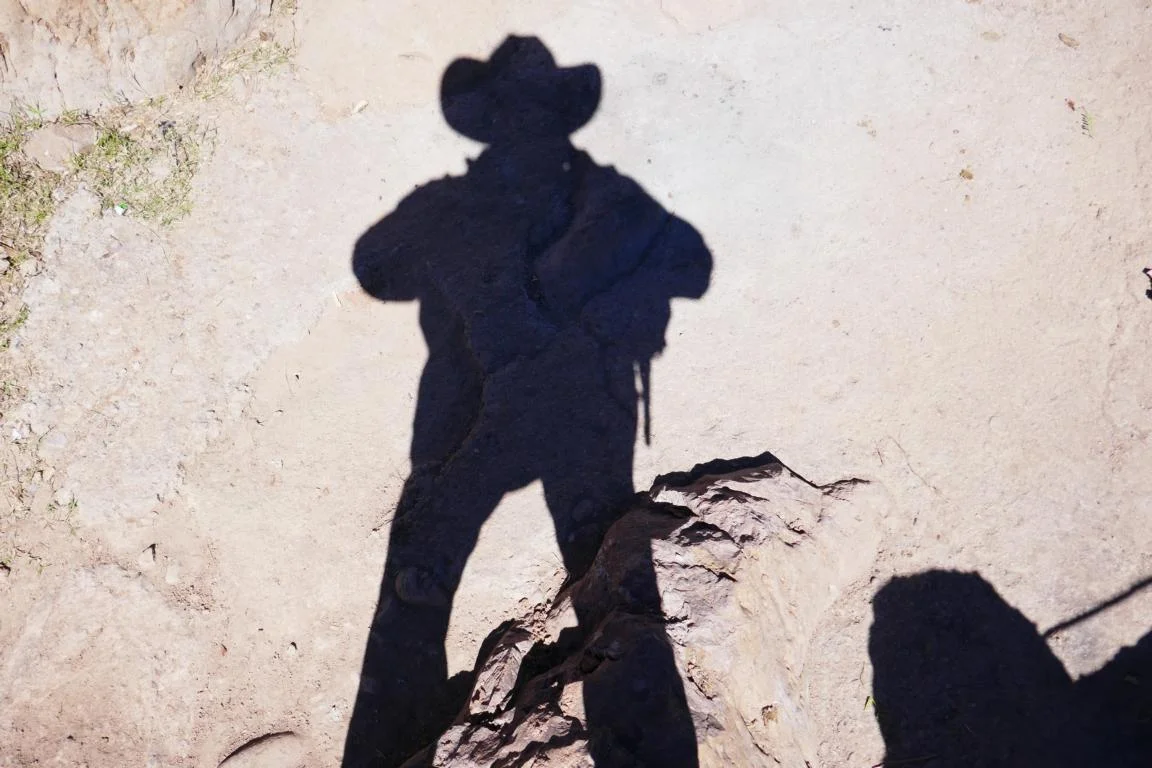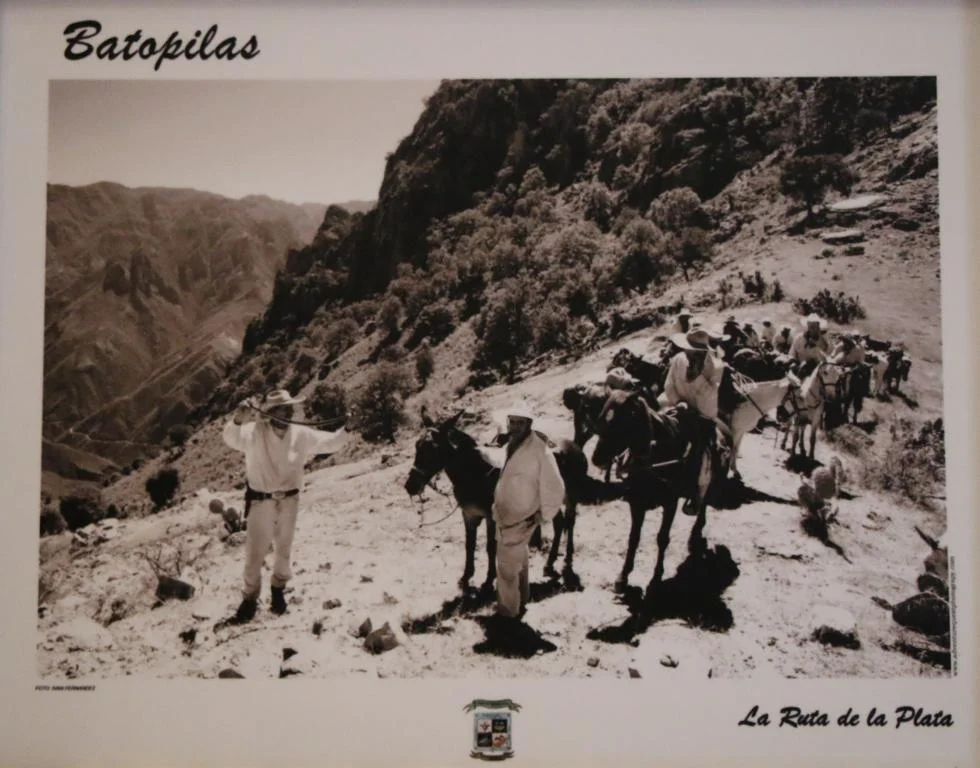Horseback Riding in the Barranca de Batopilas / Mexico - Feb 2019
WanderReiten im Batopilas Canyon / Mexico - Feb 2019
The Batopilas Canyon is one of the big gorges of the Barranca del Cobre System / Copper Canyon System. After having crossed this region for several days by car (see the blog Chihuahua) Ursula and I wanted to switch from 150 horse powers to one horse power. The plan was – starting from Batopilas - to conduct a three-day horse-back-riding tour to visit remote Raramuri villages. It soon turned out that it would not be easy to find a guide and animals. As only few tourists dare to visit the gorges there are hardly any providers left. Señor Martin, the owner of the hotel Mary where we stayed and the cultural director of Batopilas, Señor Jesus Fernandez, brought us in contact with Señor Nabor Castillio, who became our guide for the tour. We were his first clients after two years and we agreed upon a three-day ride from Batopilas (550 m of altitude) to Santa Rita (1.400m – first night), then over a pass and the Quimova plateau (2.100m) to Coychique (1700m – second night), and finally to descend to Potrero in order to return to Batopilas. After two das of preparation (renal of mules and donkeys, purchase of food and supply, completing our equipment) we finally took off.
Der Batopilas Canyon ist einer der großen Canyons des Barrance del Cobre Systems / Kupfer Schlucht Systems. Nachdem wir einige Tage mit dem Auto in der Region unterwegs waren (siehe den Blog Chihuahua) wollten Ursula und ich von 150 PS auf ein PS umsteigen. Unser Plan war, von Batopilas aus eine mehrtägige Reit-Tour durch die Schluchten zu unternehmen, um abgelegene Raramuri-Dörfer zu besuchen. Es stellte sich aber bald heraus, dass es gar nicht so einfach ist, einen Guide und Reittiere zu finden. Da sich nur mehr sehr wenige Touristen in die Schluchten hinunterwagen gibt es kaum noch Anbieter. Señor Martin, des Besitzers des Hotels Mary wo wir wohnten und der Kulturdirektor von Batopilas, Señor Jesus Fernandez, brachten uns schließlich in Kontakt mit Señor Nabor Castillio, der unser Guide wurde. Wir waren seine ersten Kunden seit zwei (!) Jahren. Vereinbart war ein drei-tägiger Ritt von Batopilas (550 m Meereshöhe) nach Santa Rita (1.400m – erste Übernachtung), über das Quimova Hoch-Plateau (2.100m) nach Coychique (1700m – zweite Übernachtung), weiter nach Potrero und dann zurück nach Batopilas. Nach zwei-tägiger Vorbereitung (Anmietung von Maultieren und Packeseln, Einkauf von Proviant, Vervollständigung der Ausrüstung) ging es schließlich los.
The first hours we rode on the former Camino Real following an old silver mine channel along the Rio Batopilas and the Rio Colorado. At this point I would like to repeat the security caveat from ourChihuahua blog:
The gorges and villages (incl. the state authorities) in the Barranca del Cobre are under the firm grip of the Narco-Mafia / the Sinaloa Drug Cartel, which cultivates its marihuana and poppy fields in this area. We saw cars with heavily armed men (not being the police) and heard a lot of incredible stories, however, did not face security problems ourselves during the nearly three weeks we spent there. Our experience was: As long as you look the other way, do not try to take pictures of the narcos and do not poke your nose into matters “which are not your business” you will be left in peace. Part of our “risk mitigation strategy” was also to make us know to as many people as possible, to explain the reason (tourism) why we are here and to make sure that this info travels by word-of-mouth to everybody concerned.
Die ersten Stunden ritten wir zunächst auf dem ehemaligen Camino Real und entlang eines alten Bergwerk-Kanals auf felsigen Pfaden den Rio Batopilas und den Rio Colorado flussaufwärts. An dieser Stelle möchte ich nochmals den Sicherheitshinweis von unserem Chihuahua Blog wiederholen:
Die Schluchten und Ortschaften sind fest in der Hand der Drogen-Mafia / des Sinaloa-Kartells, die/das dort Marihuana und Opium anbauen lässt. Wir sahen mehrfach Autos mit schwerbewaffneten Männern (die nicht Polizisten waren), hatten aber selber keine Sicherheitsprobleme während der fast drei Wochen, die wir dort verbrachten. Unsere Erfahrung war: Solange man „in die andere Richtung schaut“, nicht versucht die Narcos zu fotografieren und seine Nase nicht in ihre Angelegenheiten steckt wird man in Ruhe gelassen. Teil unserer Risikominderungs-Strategie war es, dass wir uns mit möglichst vielen Leuten bekannt machten, den Grund unseres Hierseins (Tourismus) klarlegten und sicherstellten, dass diese Info zu all jene Leute gelangte, die es wissen sollten.
After two hours we reached the ranch of our guide. Nabor, 77 years old, looks like a real cowboy (vaquero). As a young man he worked in the 1950s/60s as a post rider bringing mail to Batopilas. Today he owns a ranch with 17 cows and two mules. Proudly he presented us his branding iron.
Nach zwei Stunden erreichten wir die Ranch unseres Guides. Nabor ist 77 Jahre alt und schaut auch aus wie ein echter Cowboy (vaquero). Als junger Mann arbeitete er in den 1950/60er Jahren als Postreiter, der die Post nach Batopilas brachte. Heute besitzt er eine Ranch mit 17 Kühen und zwei Maultieren. Stolz zeigte er uns sein Haus und sein Brandeisen.
After a short rest we rode a step ascend to the Cerro Colorado (Colored Mountain). Although it was February we felt the heat reflecting from the sun-burnt rocks and could imagine how it would feel in summer.
Nach kurzer Rast ging es steil hinauf zum Cerro Colorado (Farbiger Berg). Obwohl wir Februar hatten spürten wir die Hitze der von der Sonne aufgeheizten Felsen und konnten uns vorstellen wie es hier im Sommer sein müsste.
From the 17th century on people were digging for gold at the Cerro Colorado. Still today one can see the tunnels in the rocks. Currently there are still 20 gold washers working in the area. We coincidently passed one of their digging holes.
Am Cerro Colorado wurde seit dem 17. Jh. in großem Umfang Gold abgebaut. Man kann heute noch die Tunnel im Felsen sehen. Derzeit gibt es noch ca. 20 Goldgräber, die in Tagbauweise nach Gold suchen. Wir ritten zufällig an einer der Schürfstellen vorbei.
From the pass near the Cerro Colorado one has a spectacular view over several canyons – especially when sitting on a horse 😊.
Vom Pass neben dem Cerro Colorado hat man einen fantastischen Ausblick über mehrere Canyons – vor allem vom Pferd aus 😊.
After a total of six hours we finally reached Santa Rita, a small Raramuri village (for more about the Raramuri people see the blog about Chihuahua). Santa Rita (located at 1,400m) suffers from severe water shortage. The village – six riding hours and another five hours by car away from the next hospital – has a small make-shift airstrip (see second picture) to fly out sick people. However, it takes a particular skilled and daring pilot to land on this small meadow which in addition is exposed to a strong lee rotor. The Raramuri family of señor Jesus Perez offered us to stay overnight in their house.
Nach insgesamt sechs Stunden Ritt erreichten wir schließlich die Ortschaft Santa Rita, eine kleines, nur von Raramuri besiedeltes Dorf. Mehr zum Volk der Raramuri siehe den Blog über Chihuahua. Santa Rita – auf 1400 m Meereshöhe gelegen kämpft vor allem mit Wasserknappheit. Die Ortschaft - sechs Reit- und fünf Autostunden vom nächsten Krankenhaus entfernt - verfügt über einen behelfsmäßigen Flugplatz, von dem Kranke ausgeflogen werden können. Es bedarf aber eines ausgesprochen erfahrenen und mutigen Piloten, um auf dieser Wiese (siehe zweites Fotos), die noch dazu untertags in einem thermischen Lee-Rotor liegt, zu landen. Die Raramuri-Familie von Señor Jesus Perez erlaubt uns bei ihnen zu übernachten.
A bag of sweets which we had with us made us very popular with the kids. They also immediately turned our beer cans into toys.
Aufgrund der mitgebrachten Süßigkeiten waren wir bei den Kindern natürlich sehr beliebt, die auch unsere Bierdosen sofort in Spielzeuge umfunktionierten.
We cooked at the fire place of the family. For Ursula it was a completely new experience to prepare food on an open fire using a “stove” consisting of a few stones and a bent construction iron. At 18.30 it got dark and at 20.00 everybody went to bed – as it is normal at places where there is no light. While inflating our mattresses we had a lot of curious observers.
Unser Essen kochten wir am Feuer der Familie. Für Ursula war es eine komplett neue Erfahrung, auf einer Kochstelle zu kochen, die nur aus ein paar Steinen und einer gebogenen Baustahl-Stange bestand. Um 18.30 wurde es dunkel und um 20.00 lagen – wie es am Land ohne Strom so üblich ist – alle im Bett. Beim Aufblasen unserer Luftmatratzen hatten wir jede Menge neugierige Zuseher.
While the lady of the house got up at 4:30 preparing tortillas we were a bit more easy-going: Feeding the animals, preparing breakfast, saddling the mules…. Nabor was keen to teach me how to pack the donkeys.
Während die Frau des Hauses – wie üblich - bereits um 4:30 aufstand gingen wir es etwas gemütlicher an: Tiere Füttern, Frühstück machen, Maultiere satteln… Nabor gab sich alle Mühe, mich in die Kunst des Eselpackens einzuschulen.
From Santa Rita (1,400m) we rode on a steep and exposed path to the Quimova plateau at 2,100m. The ascend was challenging for the animals and for the horsemen/woman as well. At one point the rock was so slippery that we were forced to dismount and to lead the mules. Nabor explained us that in this terrain he prefers mules over horses as they are stronger, sturdier and more surefooted. Mules are the interbreed between a donkey stallion and a horse mare. As a hybrid they cannot reproduce but have the advantage that they need less fodder than a horse, have a higher life expectation (up to 40 or even 50 years) and are better able to cope with the heat.
Von Santa Rita (1.400m) ging es über einen steilen und felsigen Pfad hinauf zum Quimova Hochplateau (2.100m). Der Aufstieg war eine sportliche Herausforderung für Tier und Reiter(-in). An einer Stelle, wo der Fels besonders rutschig war, mussten wir sogar absteigen. Wie uns Nabor erklärte sind Maultiere für dieses Gelände viel besser geeignet als Pferde, da sie deutlich kräftiger, ausdauernder und trittsicherer sind. Maultiere sind die Kreuzung zwischen einem Eselhengst und einer Pferdestute. Als Hybride sind sie nicht mehr fortpflanzungsfähig haben aber den Vorteil, dass sie weniger Futter als Pferde benötigen, deutlich länger leben (bis zu 40-50 Jahre) und besser mit der Hitze zurechtkommen.
Once we reached the plateau, we enjoyed the fantastic view. After the difficult climb we enjoyed the smooth ride over the plain.
Oben dem Plateau angekommen erwartete uns ein atemberaubender Ausblick. Nach dem schwierigen Aufstieg war es ein Genuss gemächlich über die Hochebene zu reiten.
Soon the terrain became difficult again. On the rocky trail we had to fully trust the mules (wearing iron horseshoes) surefootedness. Our main focus was not only to prevent falling from the mule but also to avoid making the mule stumble. In case of an accident it would take many hours until the injured one would arrive at a hospital. Of course an additional challenge was taking pictures (and not to blur them) – all photos were taken from the horse during the ride.
Allerdings dauerte die Freude nicht lange und das Gelände wurde wieder schwieriger. Auf dem felsigen Untergrund mussten wir uns voll auf die Trittsicherheit der (mit Hufeisen beschlagenen) Maultiere verlassen. Unsere Aufmerksamkeit galt nicht nur nicht herunterzufallen, sondern insbesondere zu vermeiden, dass unsere Maultiere zu Sturz kommen. Im Falle eines Reitunfalls hätte es viele Stunden gedauert, bis der/die Verletzte ins Spital gebracht worden wäre. Eine zusätzliche Herausforderung war es, während des Reitens an den interessanten Stellen Fotos zu machen (und nicht zu verwackeln) - alle Fotos wurden vom Maultier aus gemacht.
The last tricky section was crossing a long slop down to the village of Coychique (1,700m)
Die letzte Herausforderung war schließlich eine lange Hangquerung hinunter zur Ortschaft Coyachique (1.700 m).
After a strenuous five-hour ride we finally reached the village Coyachique and were rewarded with a terrific view over the Buffa Canyon and its continuation the Batopilas Canyon.
Nach insgesamt fünf Stunden Ritt erreichten wir schließlich Coyachique. Die Aussicht auf den Buffa Canyon und seine Fortsetzung, den Batopilas Canyon, war grandios.
A Raramuri family allowed us to pitch our tent next to their house. In order to earn some money in addition to the income of the small farm Señor Magro is carving violins, an art which goes back to the time of the Jesuit-missionaries. A violin is worth 50 USD when sold in the next city. His wife is knitting baskets and earns two Euros per piece.
Eine Raramuri Familie erlaubte uns, unser Zelt nahe bei ihrem Haus aufzuschlagen. Um etwas zu der kleinen Landwirtschaft hinzuzuverdienen schnitzt Señor Magro Violinen, eine Fertigkeit, die noch aus der Zeit der Jesuiten-Missionare stammt. Die Violinen werden in der Stadt an Touristen um 50 USD verkauft. Seine Frau flicht Körbe und verdient 2 Euros pro Stück.
We knew that people in the mountains are very poor. Never the less, how poor they are we only realize during the evening. The family owns some small fields but last year’s harvest had been small. Until the next harvest this autumn they need to live of some corn and a few sacks of black beans (frijoles). We were using the fire place of the family to prepare our food and when we finished eating, we saw that the family was not cooking themselves. The reason simply was that they had to save their stocks. Realizing that, we of course gave them from our supply whatever we could afford (including the rest of our bottle of tequila😊) and some money.
Wir wussten, dass die Menschen in den Bergen unter sehr ärmlichen Bedingungen leben. Wie arm die Familie tatsächlich war wurde uns erst im Laufe des Abends so richtig bewusst. Die Familie hat einige kleine Felder, aber die Ernte letztes Jahr fiel schlecht aus, sodass sie bis zur nächsten Ernte im Herbst nur etwas Mais und ein paar Säcke schwarze Bohnen (frijoles) haben. Wir benutzten ihre Feuerstelle, um unser Essen zuzubereiten. Als wir mit dem Essen fertig waren bemerkten wir, dass die Familie selbst nichts kochte. Der Grund wurde uns rasch klar: Sie hatten so wenig Vorräte, dass sie damit äußerst sparsam haushalten müssen. Wir haben ihnen dann natürlich alles von unseren Lebensmitteln überlassen, was wir entbehren konnten (einschließlich dem Rest von unserer Tequila Flasche 😊) und etwas Geld.
The religion of the Raramuri is a mixture of Catholicism, brought to this region by the Jesuits in the 17th/18th century, and their indigenous religion. On the nearby cemetery we saw many graves where in addition to the cross there also was a long wooden pole. When I asked Señor Magro about the signification of this pole – after some hesitation – he explained that this pole is related to their traditional belief but did not want to disclose more details. Among the buried visibly there were many children: Five of the eight children of our host-family had died when they were still small.
Die Religion der Raramuri ist eine Mischung des Katholizismus, der im 17.und 18. Jh. von den Jesuiten gelehrt wurde, und ihrer ursprünglichen Religion. Auf dem naheliegenden Dorf-Friedhof sahen wir viele Gräber, auf denen neben den Kreuzen ein Holzpfahl lag. Als ich Señor Magro nach der Bedeutung dieses Pfostens fragte, gab er nach einigem Ausweichen an, dass dieser verzierte Pfahl aus der traditionelle Raramuri Religion stammt, scheute aber davor zurück, mir die genaue Bedeutung zu erklären. Viele der Gräber waren Kindergräber. Fünf der acht Kinder unserer Gast-Familie starben als sie klein waren.
Near our camp we met a group of young Raramuri who were were on their way to Urique, 100 km north. They planned to participate in the Ultra-Marathon Caballo Blanco (see blog Chihuahua). They had no food, no sleeping bags and no money and just slept next to the trail.
In der Nähe unseres Lagers trafen wir auf eine Gruppe junger Raramuri, die zu Fuß zum 100 km entfernten Urique unterwegs waren, um am Ultra-Marathon Caballo Blanco teilzunehmen (siehe Blog Chihuahua). Sie hatten keine Vorräte, Schlafsachen oder Geld bei sich und schliefen einfach am Wegesrand.
A few words about the saddles we used, a real piece of art with regard to functionality. A saddle consists of a wooden frame over which leather is fitted. Unlike in Europe these saddles have a crossbar (hombro=shoulder) and a horn (cabeza=head). The head serves to sling the lasso around it when the vaquero wants to stop a cow in full gallop. The crossbar provides additional stability when riding in difficult terrain or catching an animal. The construction of the stirrup prevents that the foot slides through and protects the foot against thorns and branches (or guide Nabor rode in sandals). A saddle costs from 400 USD upwards, a well-trained mule is worth 800 to 1,000 USD.
Ein paar Worte zu unseren Sätteln, einem wahren Kunstwerk an Funktionalität. Ein Sattel besteht aus einem Holzrahmen auf den das Leder aufgezogen ist. Anders als die Sättel die wir in Europa verwenden weisen die Sättel hier ein Querholz (hombro = Schulter) und ein Horn (cabeza=Kopf) auf. Der Kopf dient dazu das Lasso herumzuwickeln, wenn der Reiter ein Rind im vollen Lauf stoppen will. Das Querholz verleiht dem Reiter zusätzlichen Halt in schwierigem Gelände und beim Einfangen der Rinder. Das Design des Steigbügels verhindert zum einen, dass man mit dem Fuß durchrutscht und zum andere schützen es den Fuß gegen Dornen und Äste (unser Guide Nabor ritt in Sandalen). Ein Sattel kostet 400 USD aufwärts, ein ausgebildetes Maultier zwischen 800 und 1.000 USD.
On the third day we descended from Coyachique to Potrero and then continued to Batopilas. Potrero is a decayed station of the silver mining company where their mules stayed overnight. In the past once a month a caravan of up to 200 mules departed on a strenuous 13-day journey from Batopilas to Chihuahua in order to bring the silver bars to the bank.
Für uns brach der dritte Tag an, an dem wir von Coyachique hinunter nach Potrero und dann weiter nach Batopilas ritten. In Potrero befinden sich die verfallenen Reste einer alten Maultierstation. Sie stammten noch aus der Zeit, wo einmal im Monat ein bis zu 200 Tiere starker Tross Silberbarren von den Minen in Batopilas zur Bank nach Chihuahua transportierte.
The last section of our tour which followed overgrown trails through thorny bushes prepared a nasty surprise. A short moment of lack of concentration and some low-hanging branches scratched Ursula’s face and jacket. However, she was glad not to have fallen off the mule.
Auf dem letzte Abschnitt, der auf teilweise zugewachsen Wegen führte, wartet noch ein kleine böse Überraschung auf uns. Eine kurze Unaufmerksamkeit und tiefhängende Zweige führten dazu, dass sich Ursula vom Gestrüpp und stacheligen Kakteen Schrammen im Gesicht und eine zerfetzte Kleidung holte. Immerhin, sie war froh darüber, sich trotz der Widrigkeit im Sattel gehalten zu haben.
In the afternoon we finally reached Batopilas and proudly rode a lap of honour around the main square.
Am Nachmittag des dritten Tages ritten wir schließlich in Batopilas ein und drehten eine stolze Ehrenrunde um den Stadtplatz.
As it really has been a fantastic experience, we are considering to return to Batopilas coming November to take part in the traditional Ruta-de-la-Plata-Ride. This 13-day horse-back-trip leads from Batopilas to Chihuahua along the trail which in the 19th century the silver mining company used to transport the silver bars to the bank in Chihuahua.
Der Reitausflug hat uns wirklich begeistert und darum planen wir im November nach Batopilas zurückzukehren, um am traditionellen Ruta-de-la-Plata-Ritt teilzunehmen. Dieser Ritt dauert 13 Tage und führt von Batopilas nach Chihuahua. Er folgt dabei einem alten Maultierpfad den die Minengesellschaft benutzte, um die Silberbarren nach Chihuahua zu transportieren.
